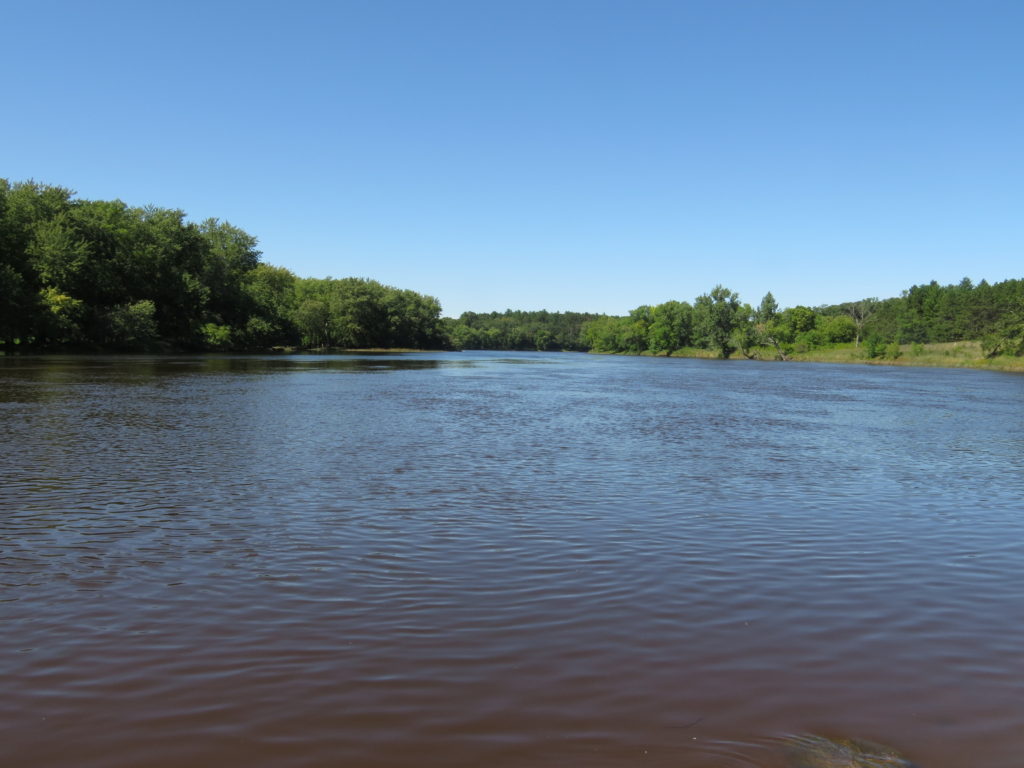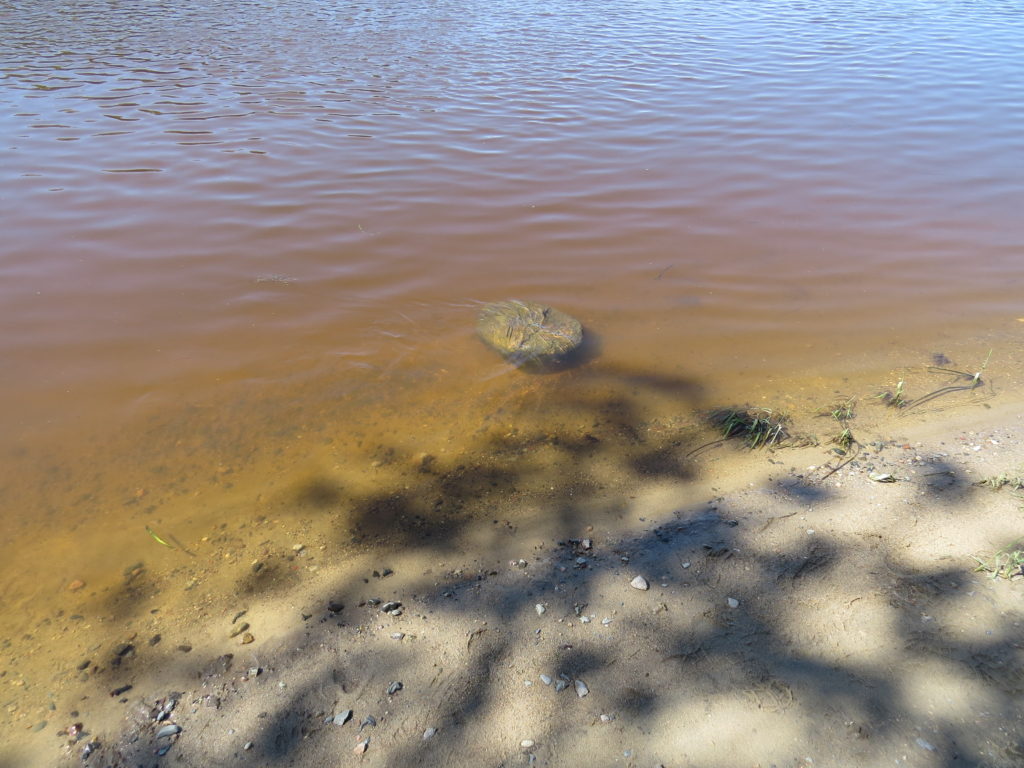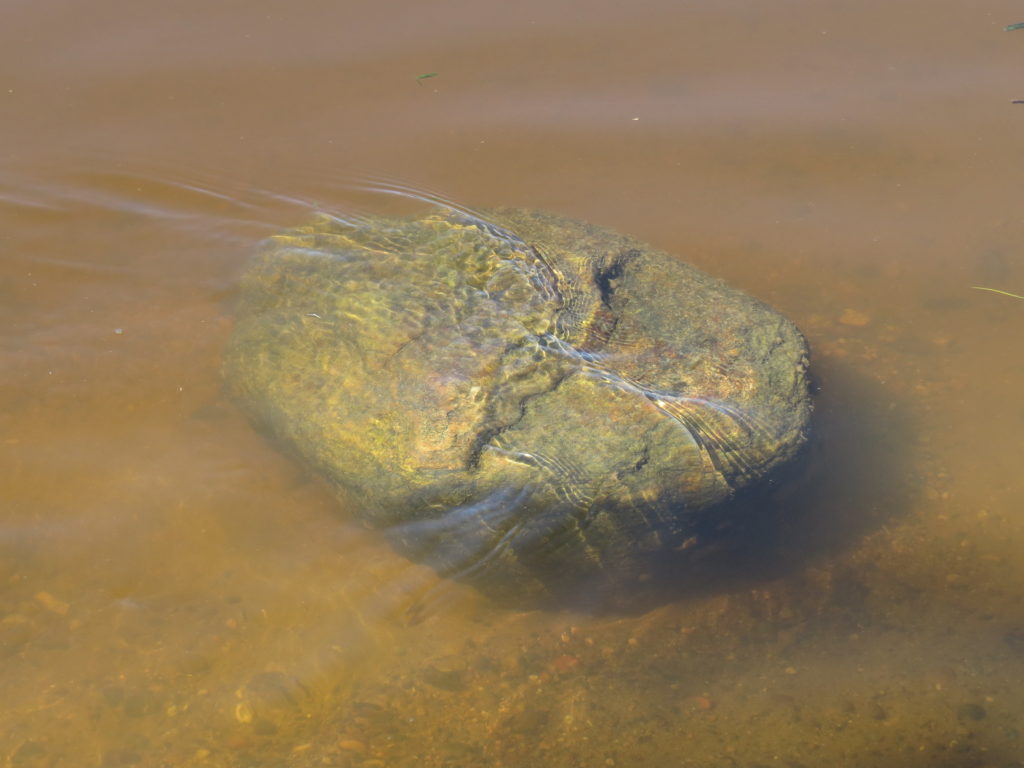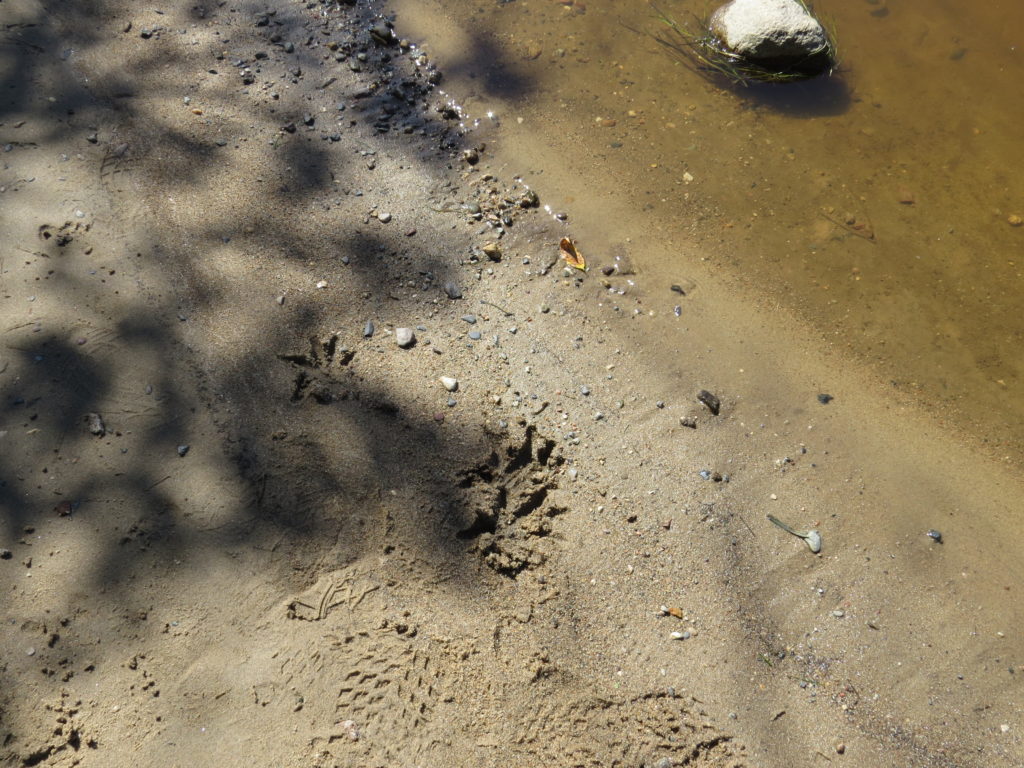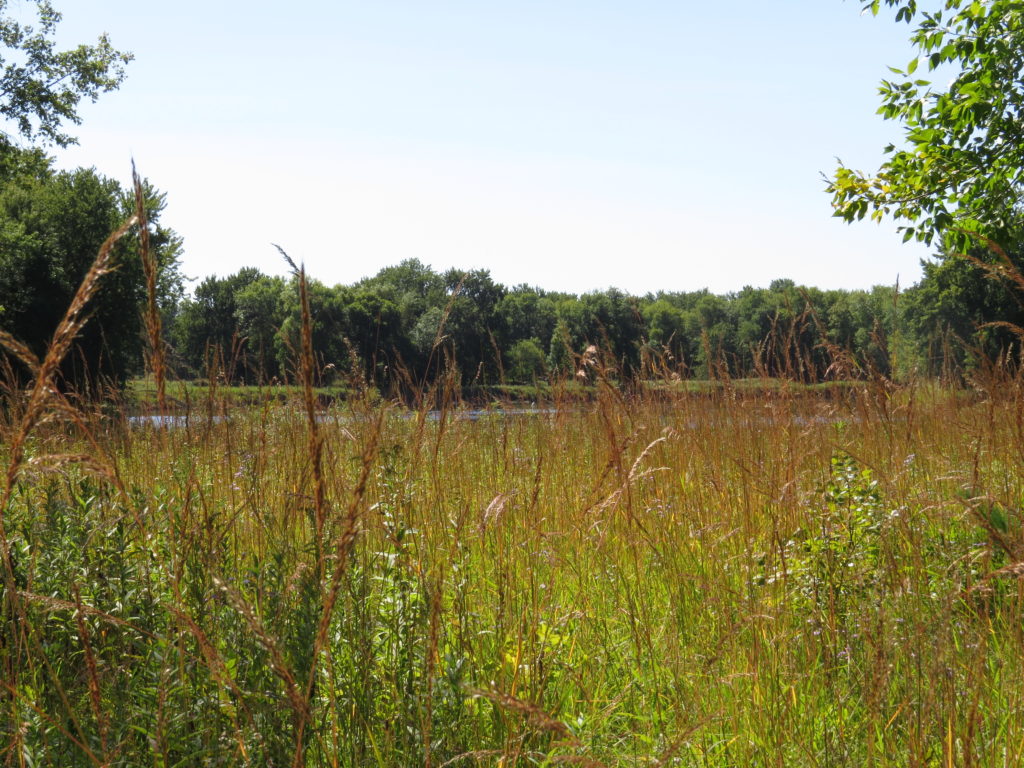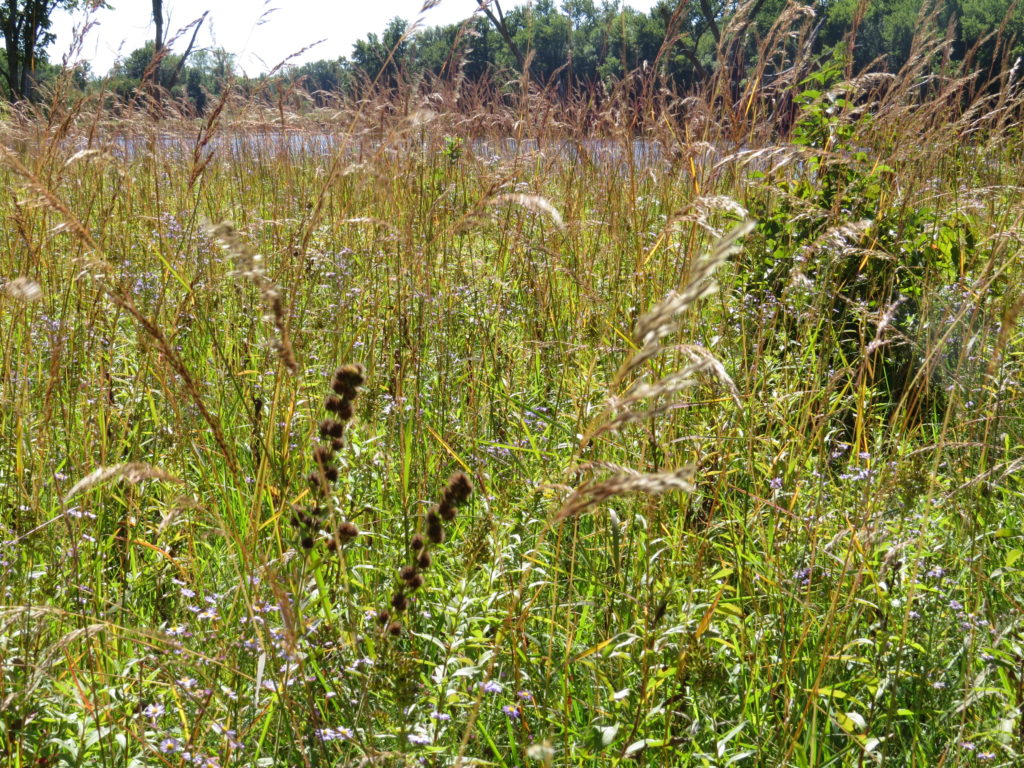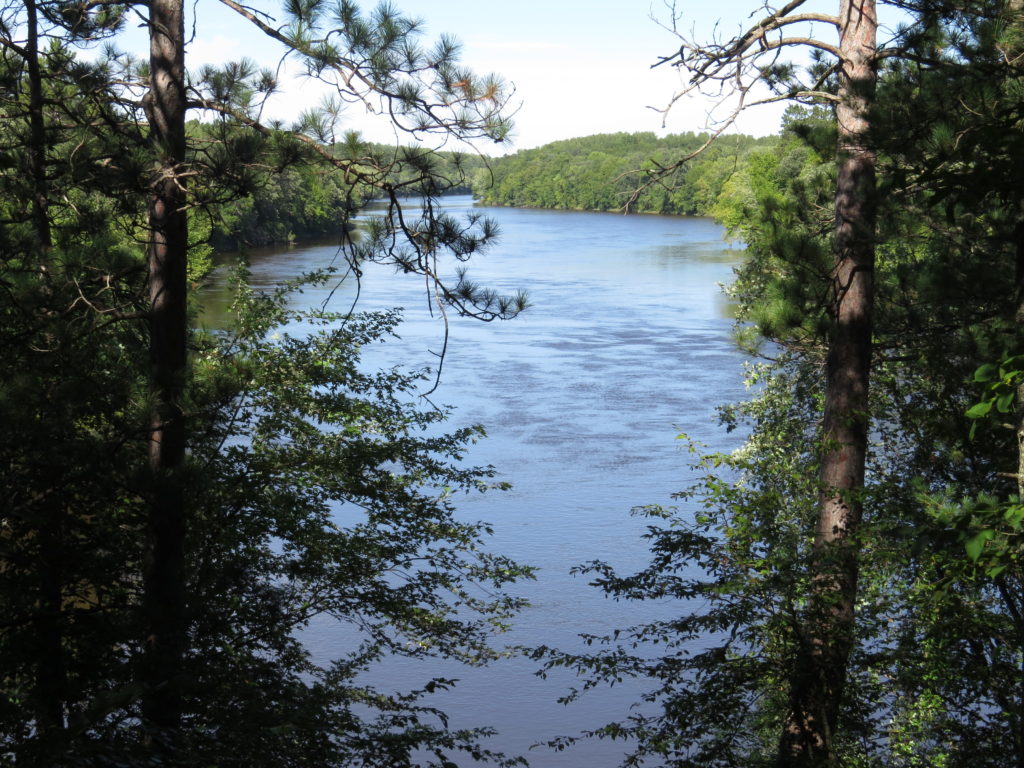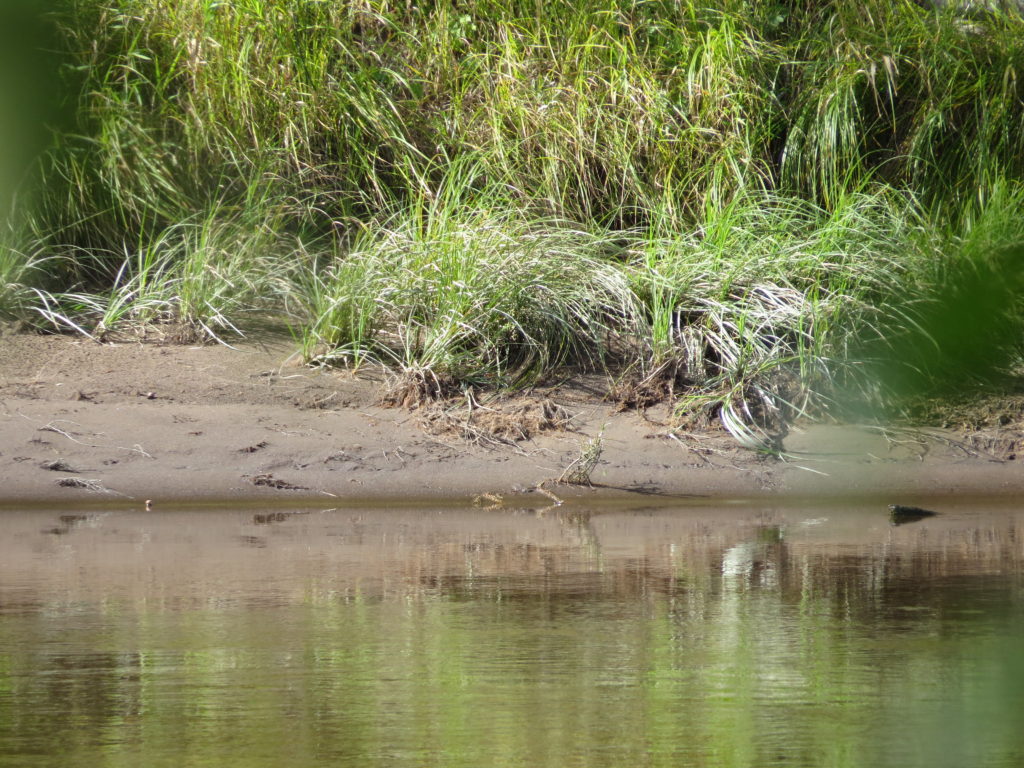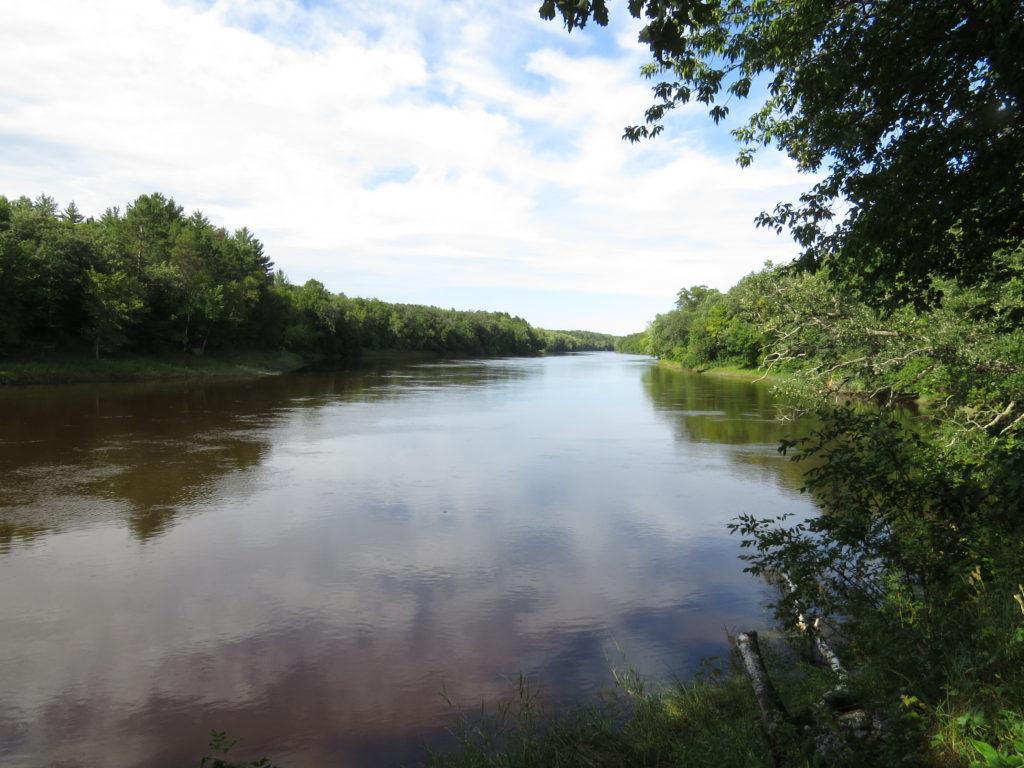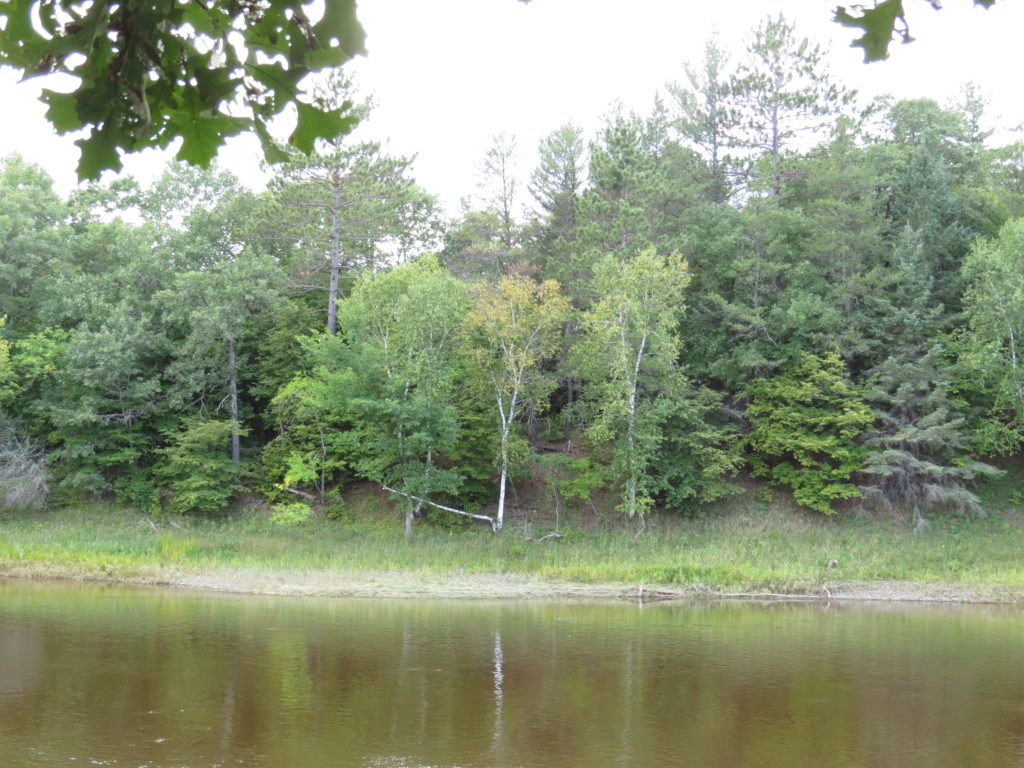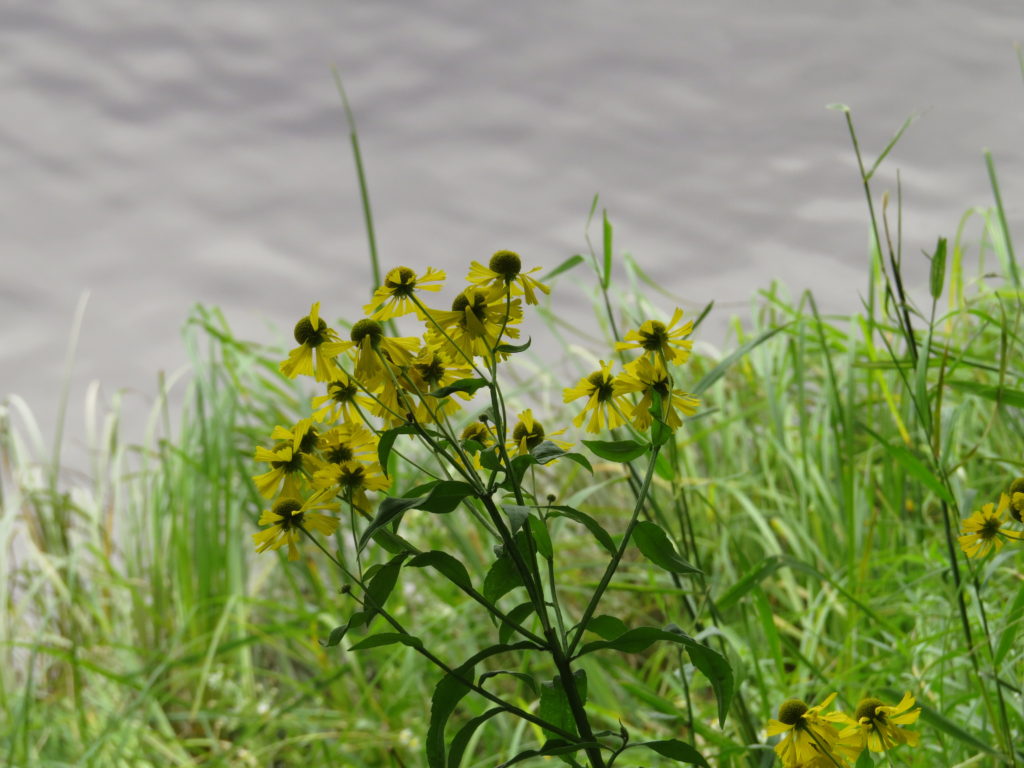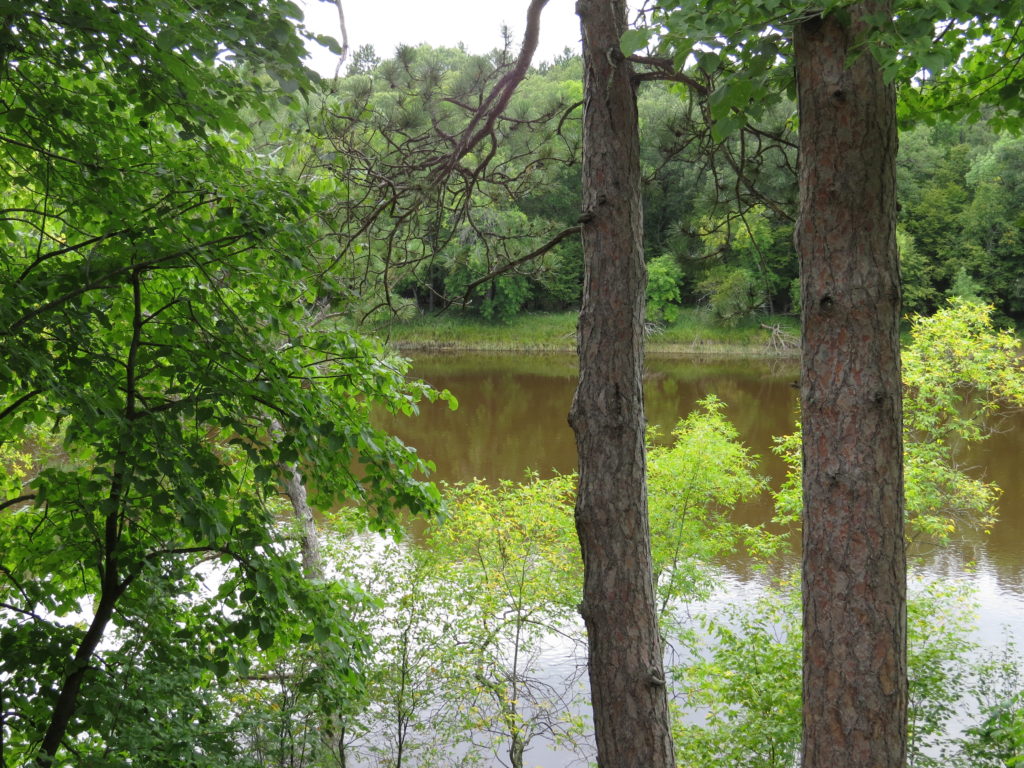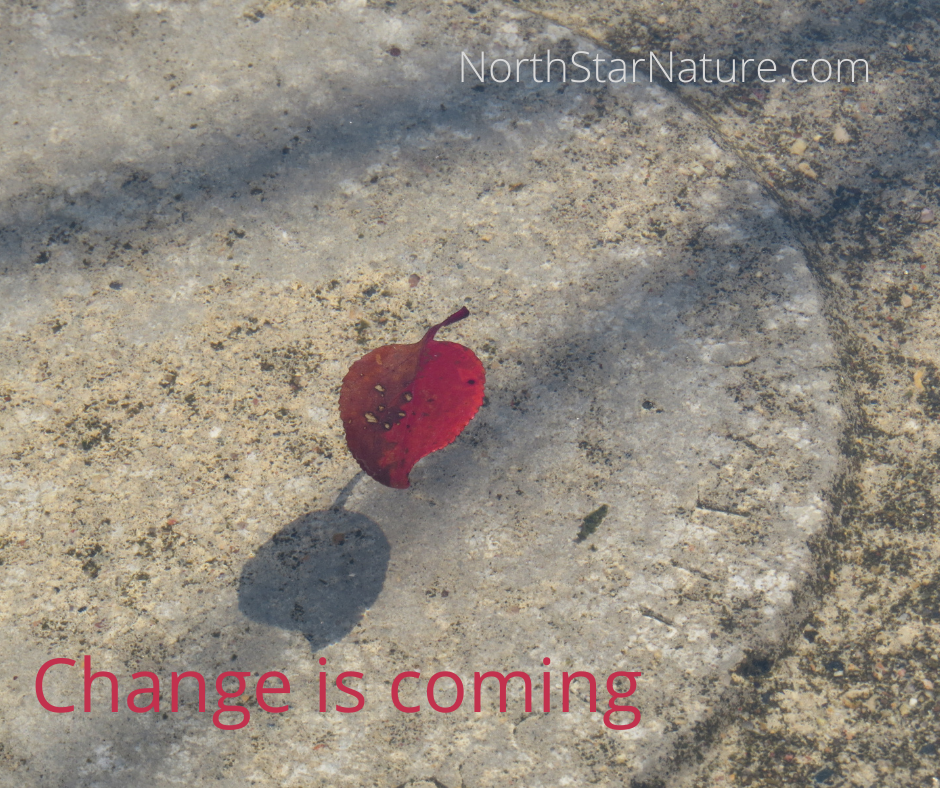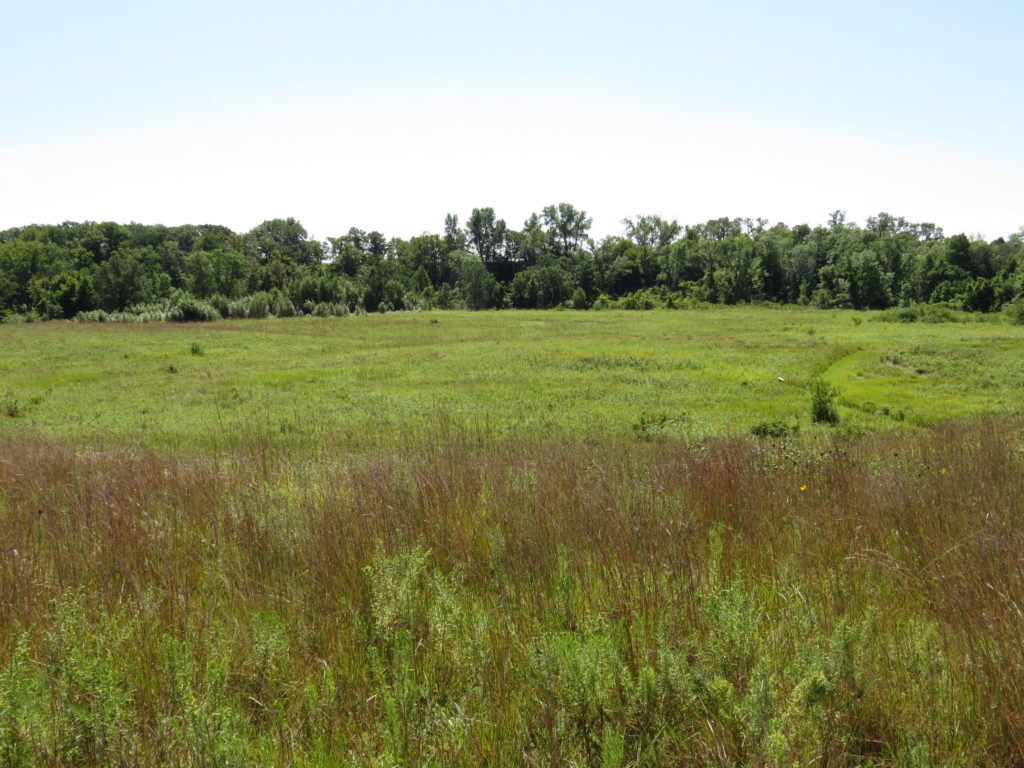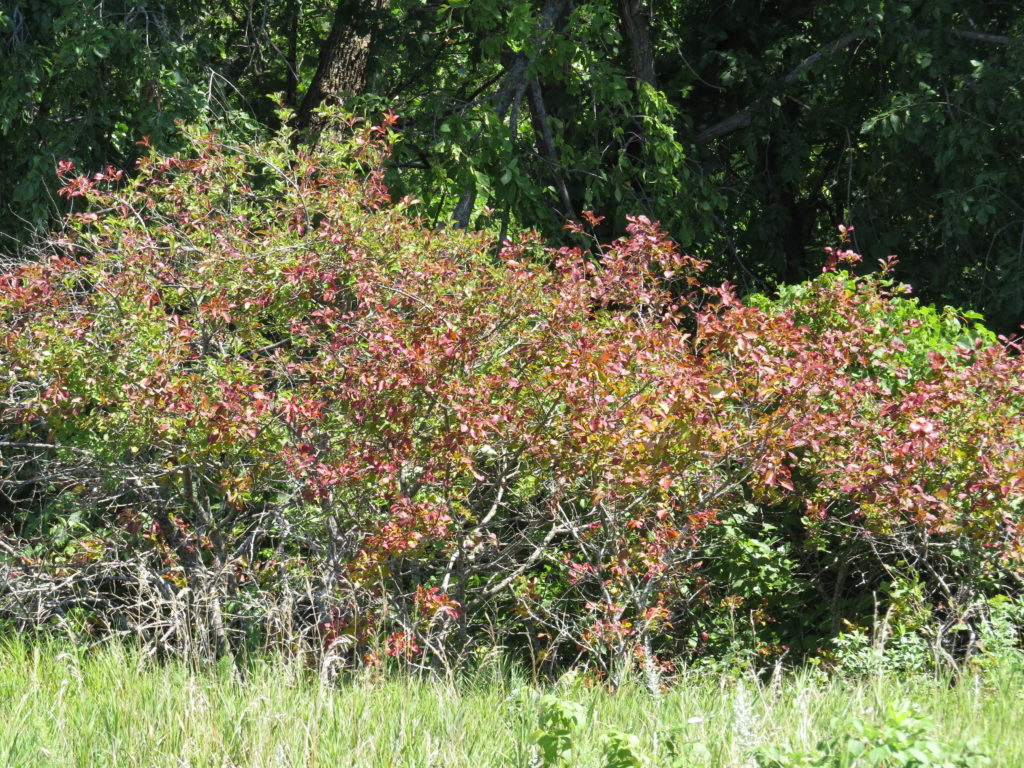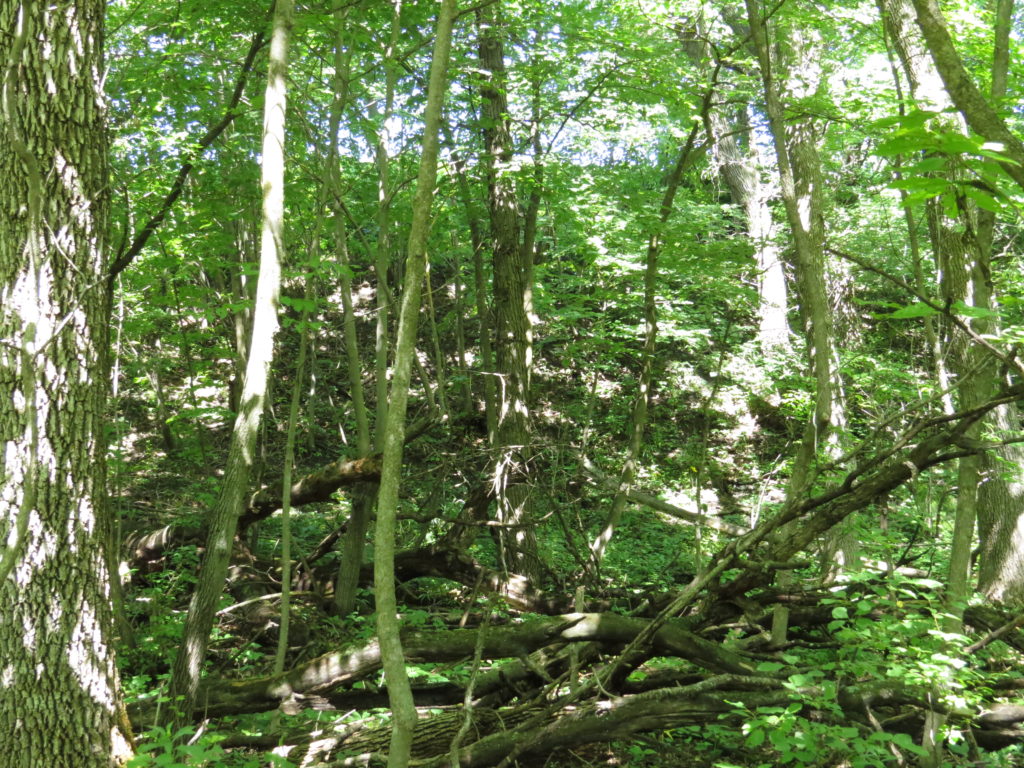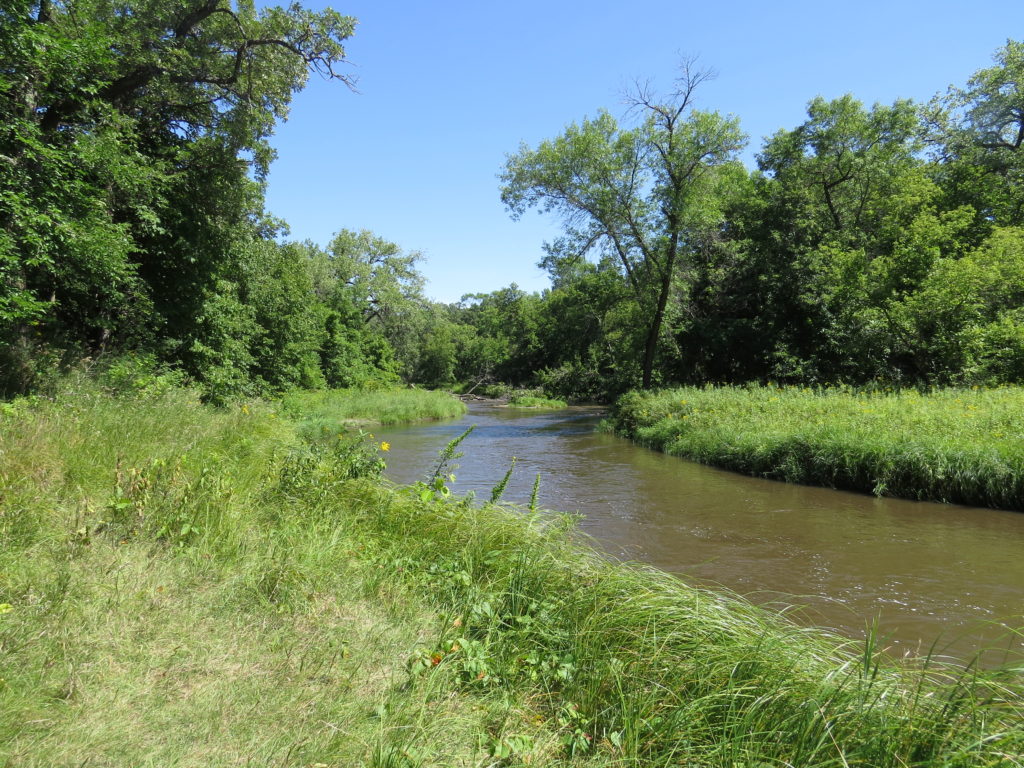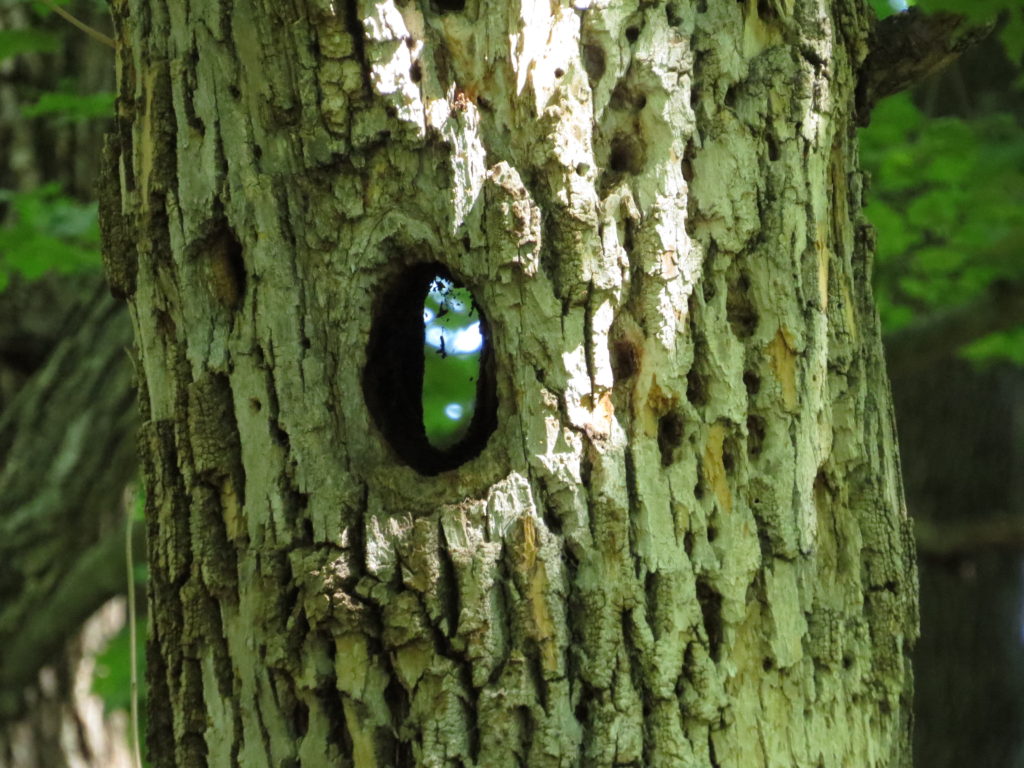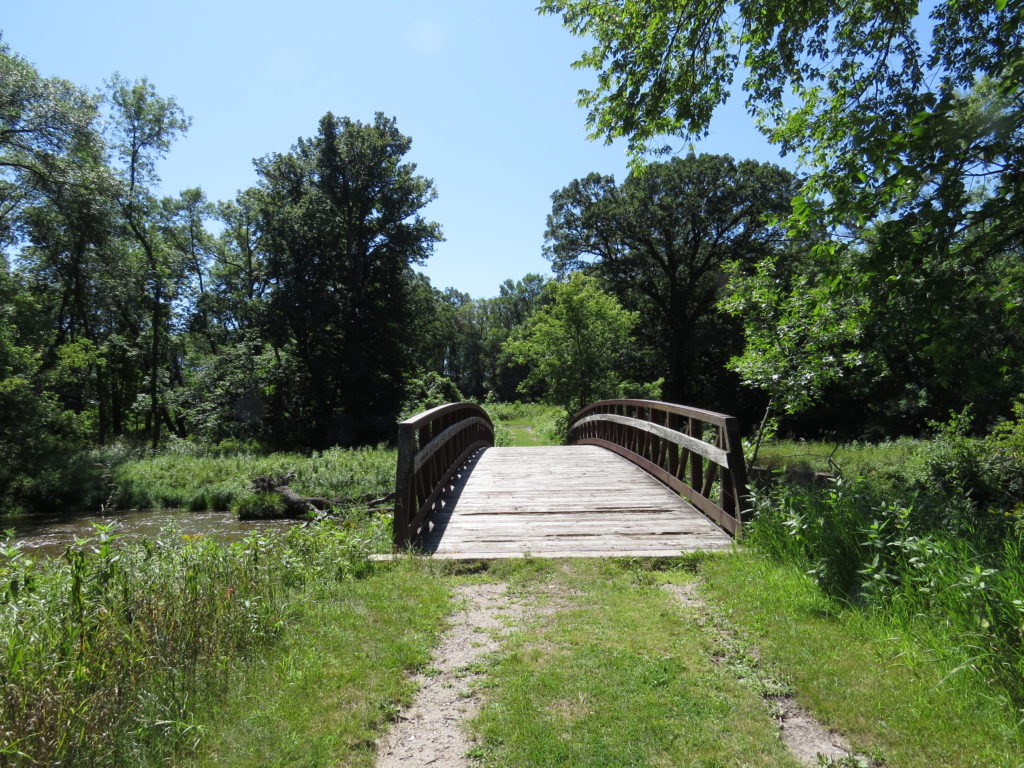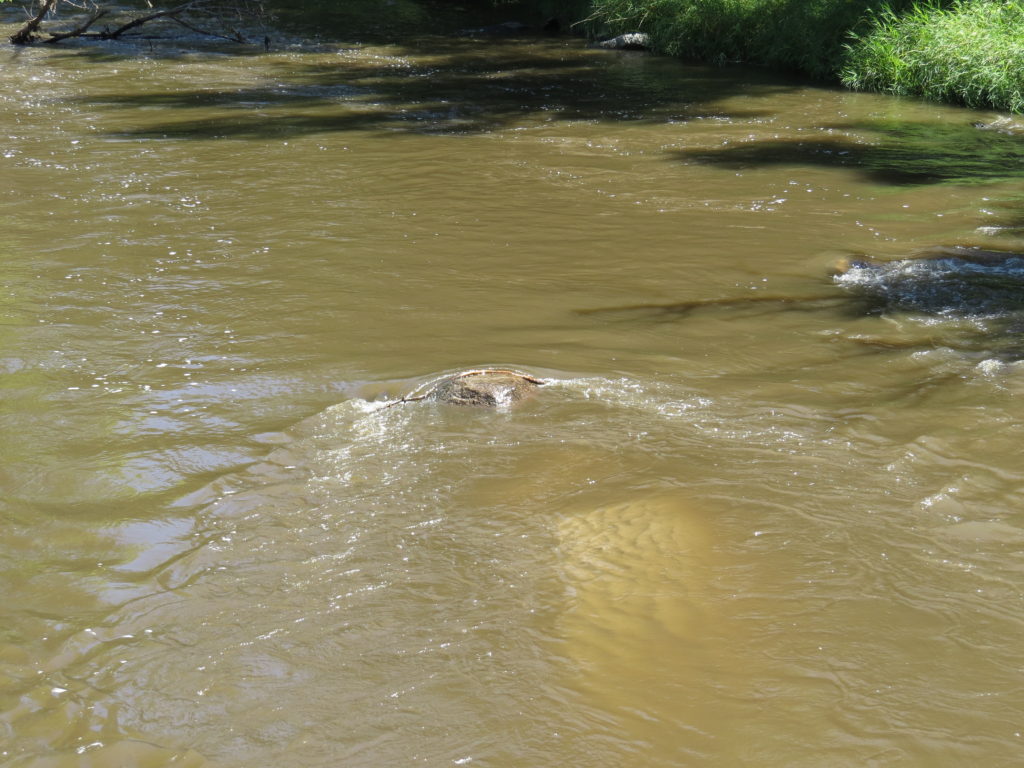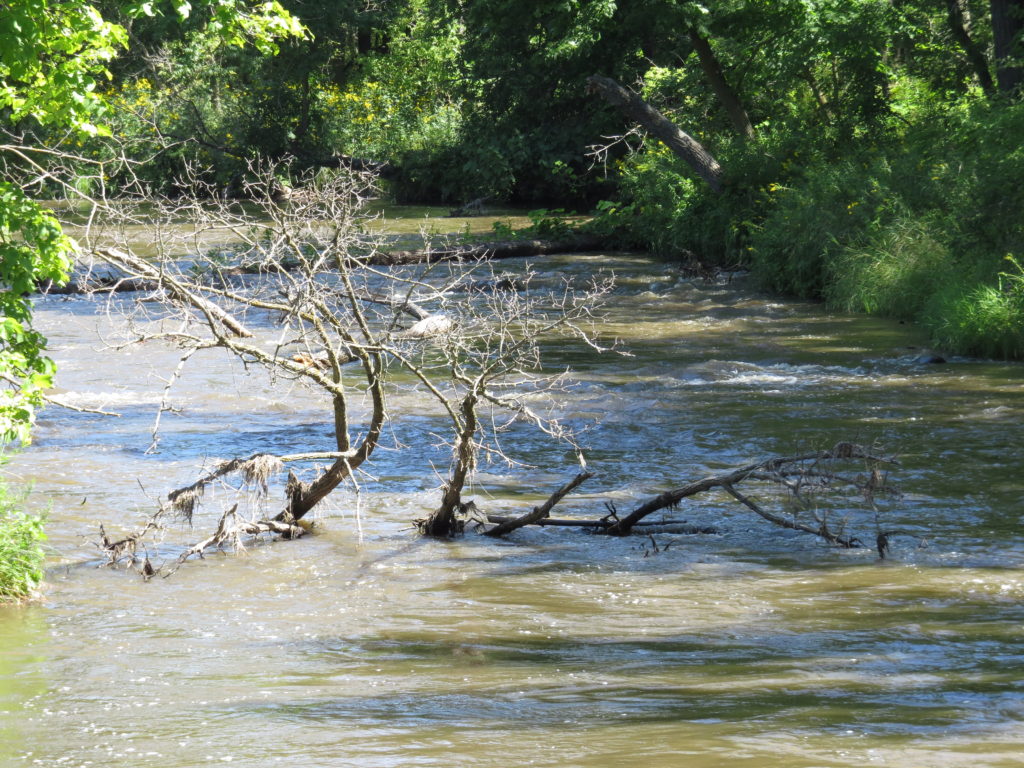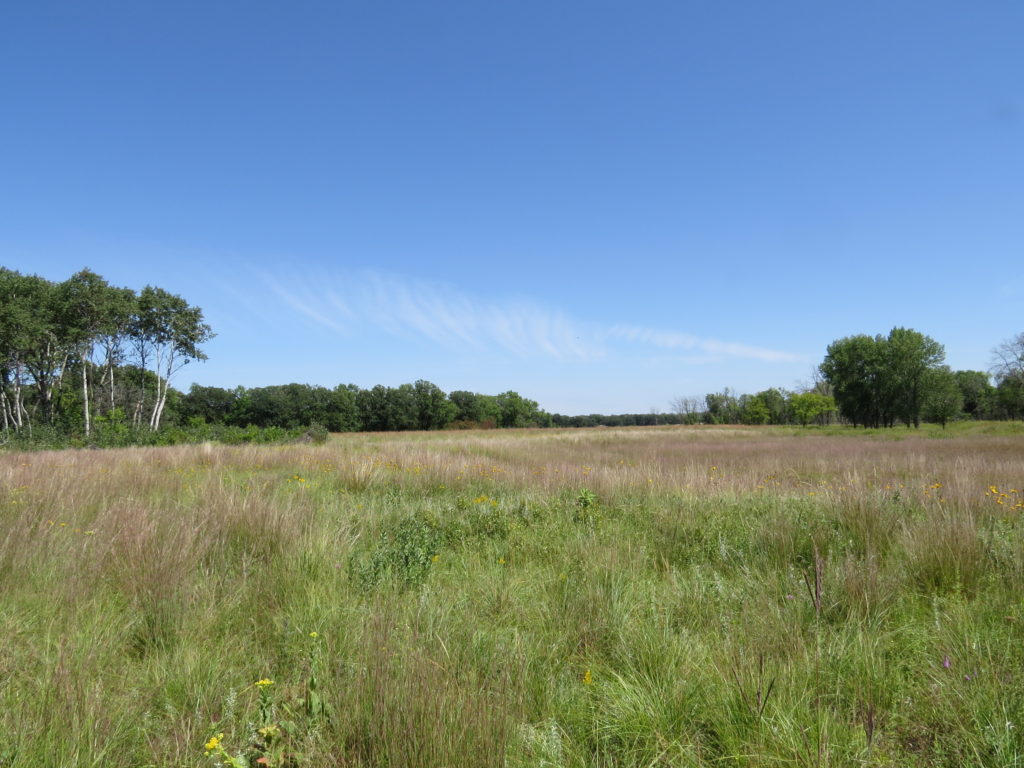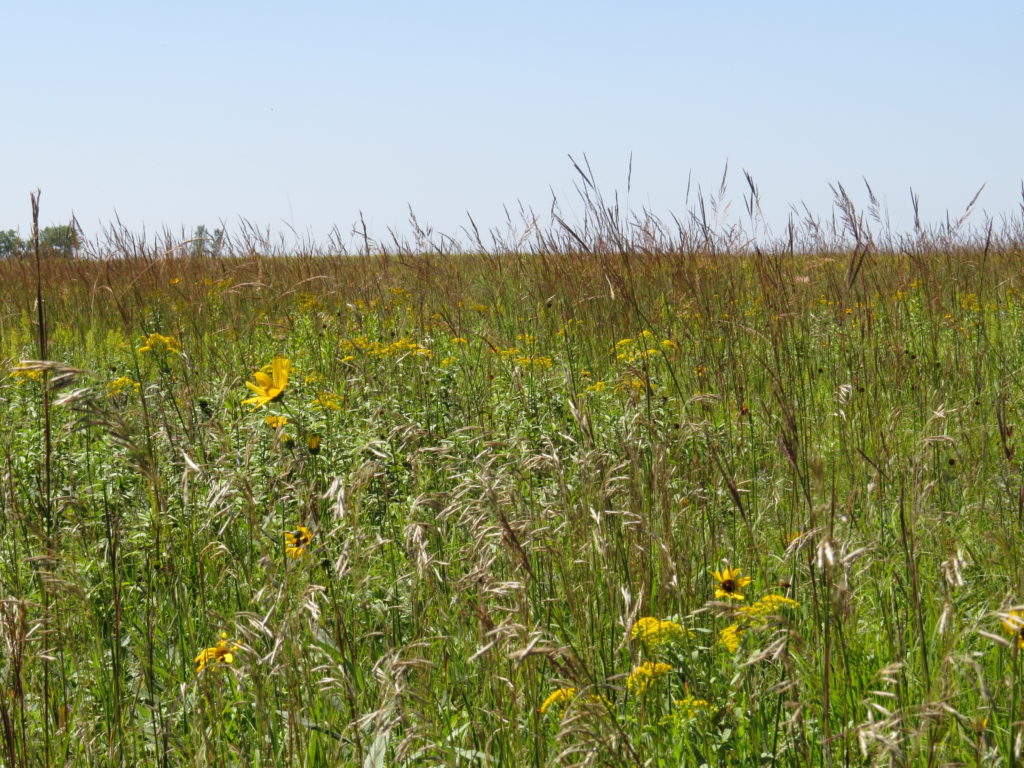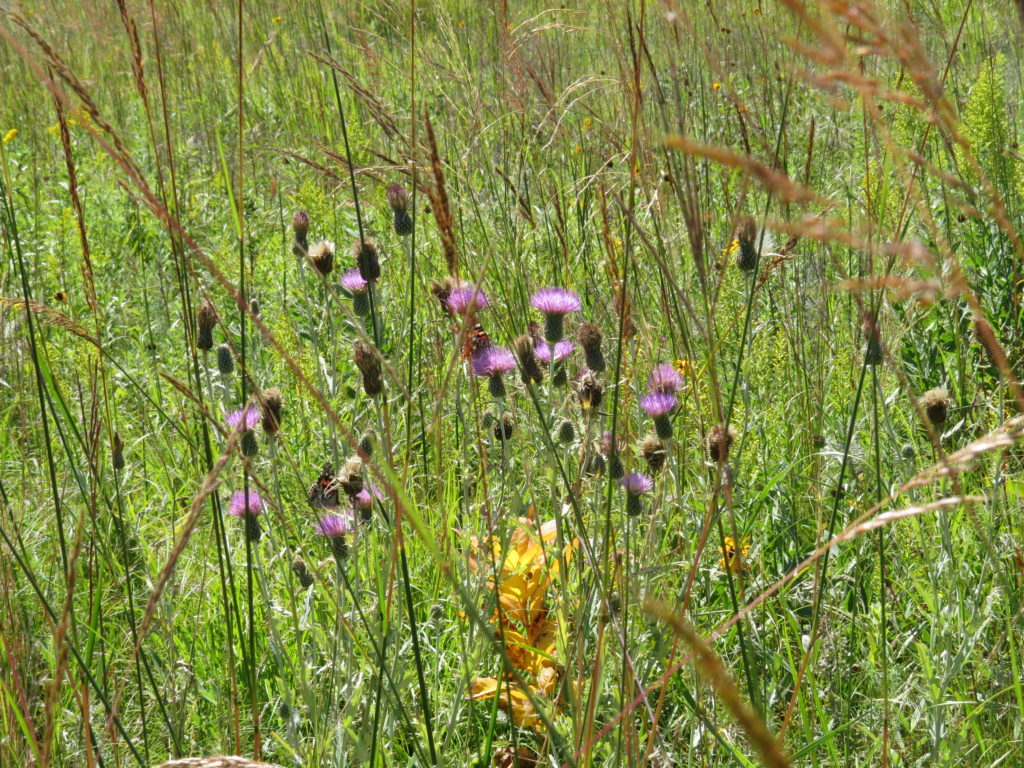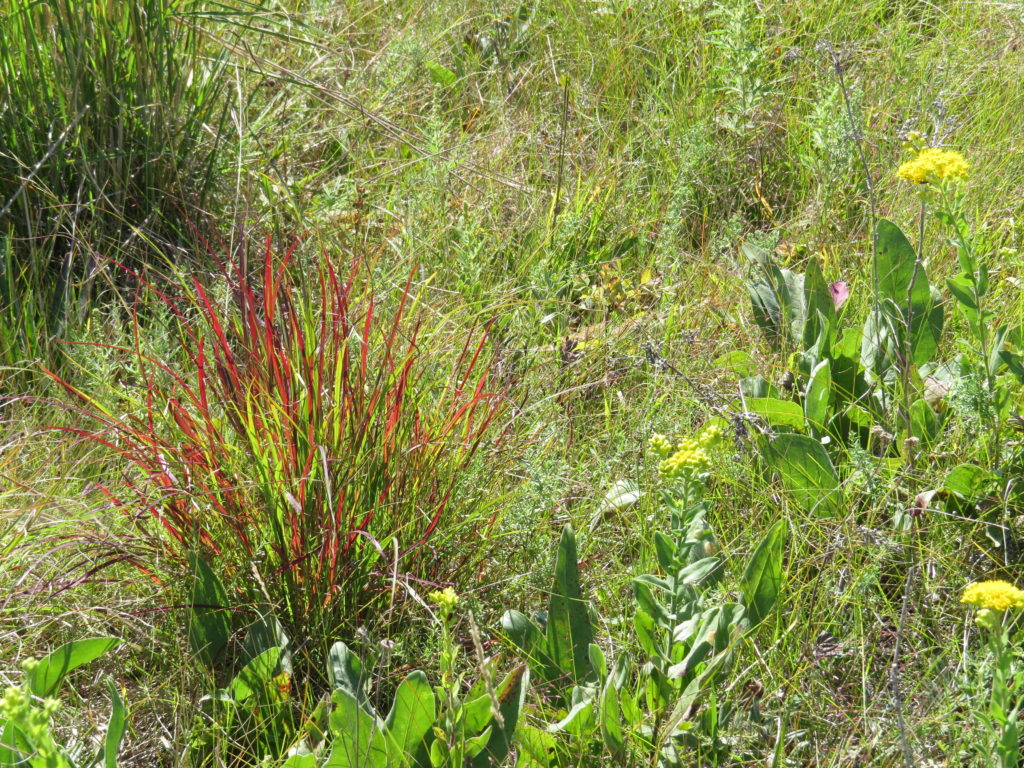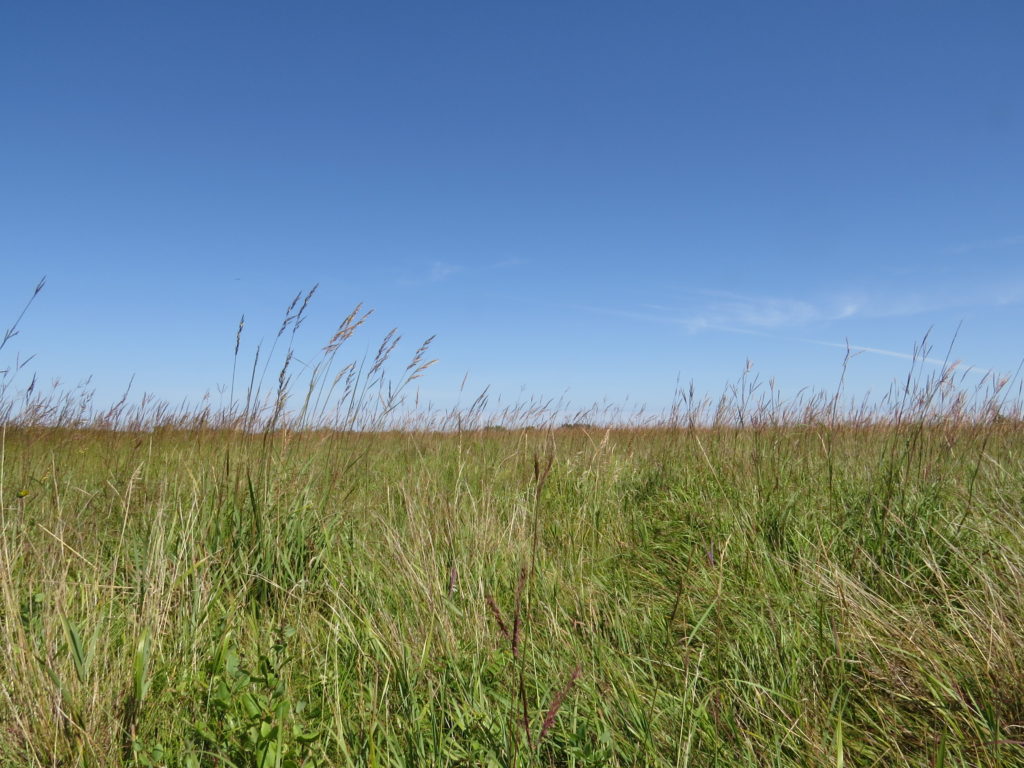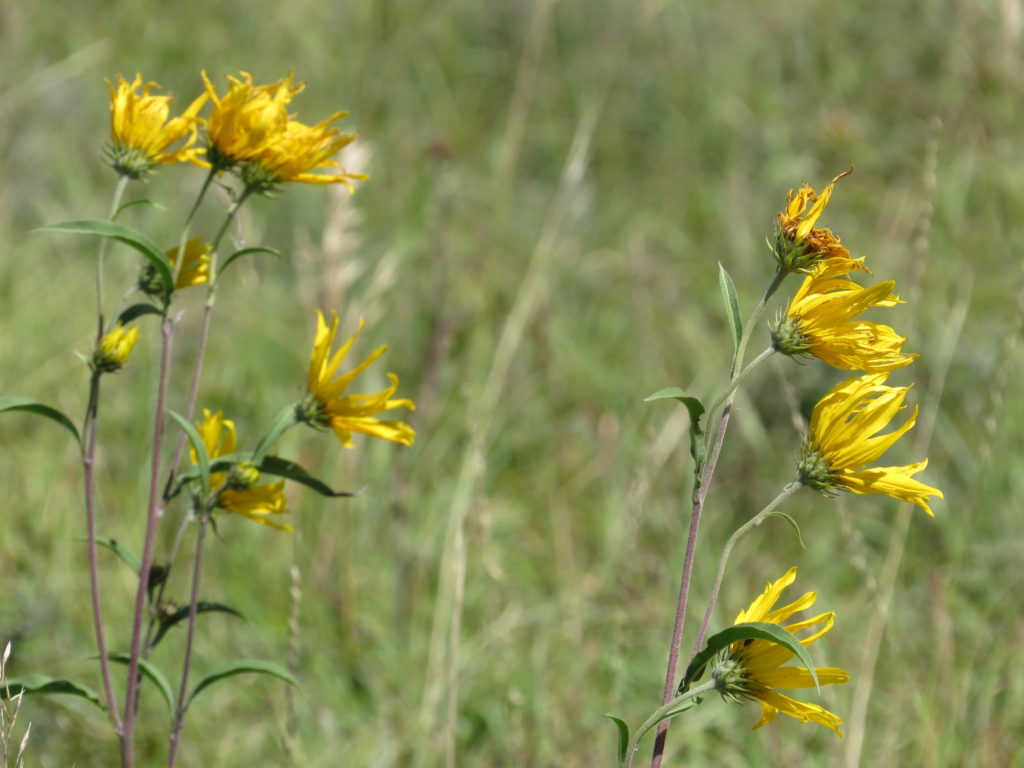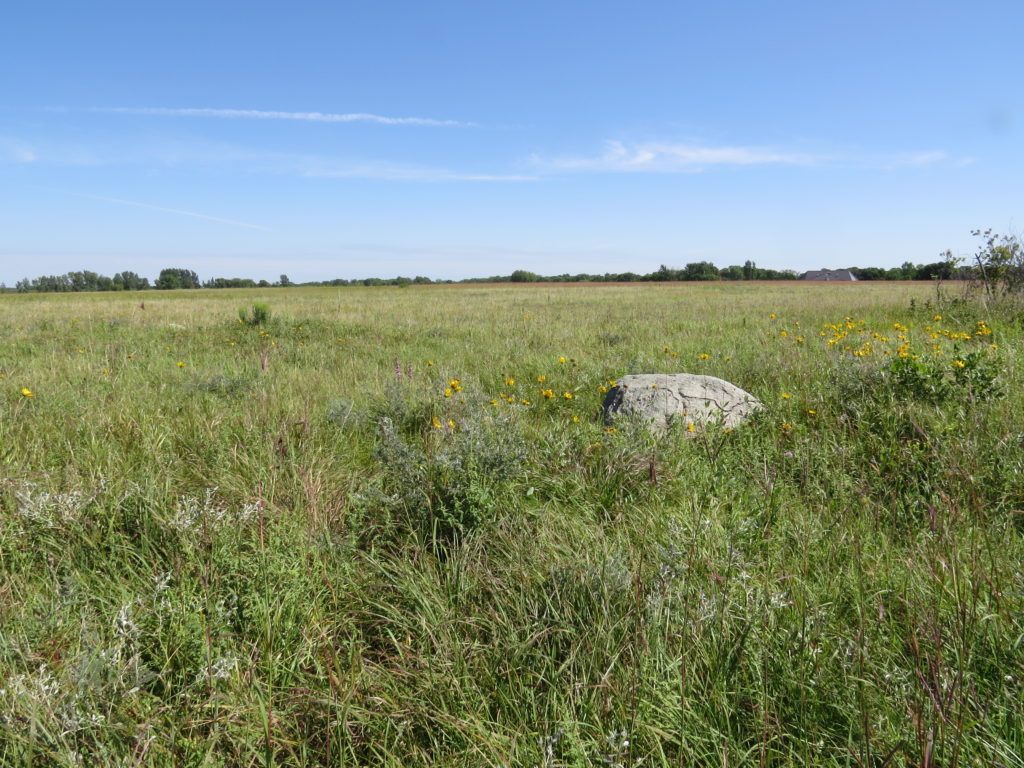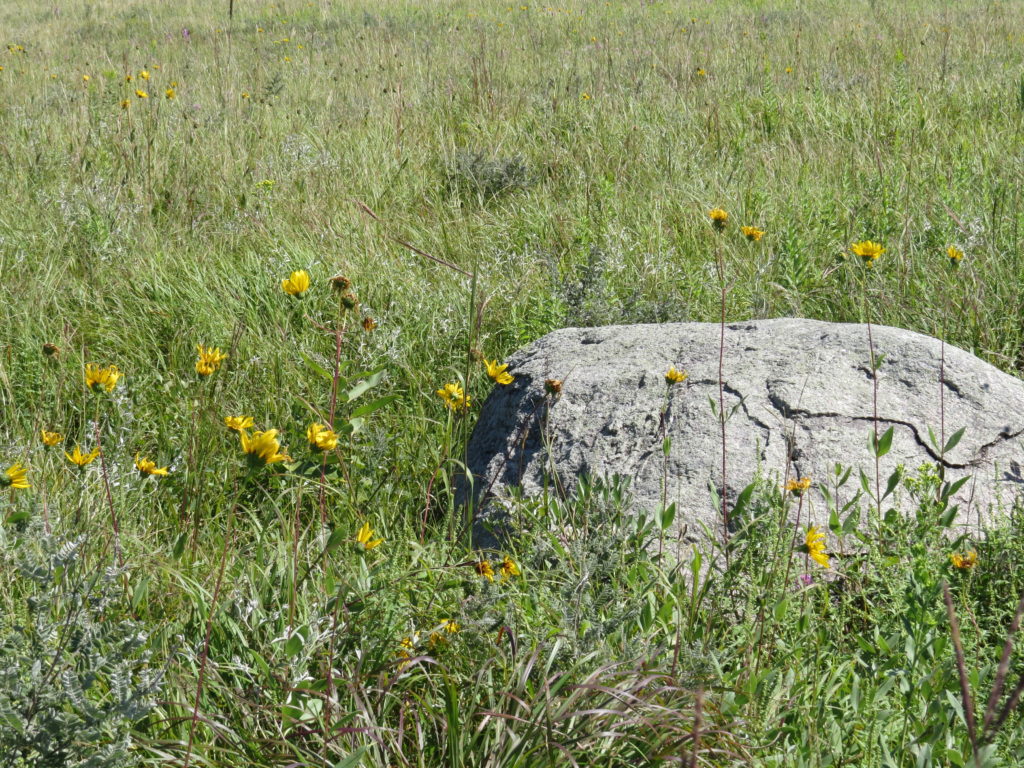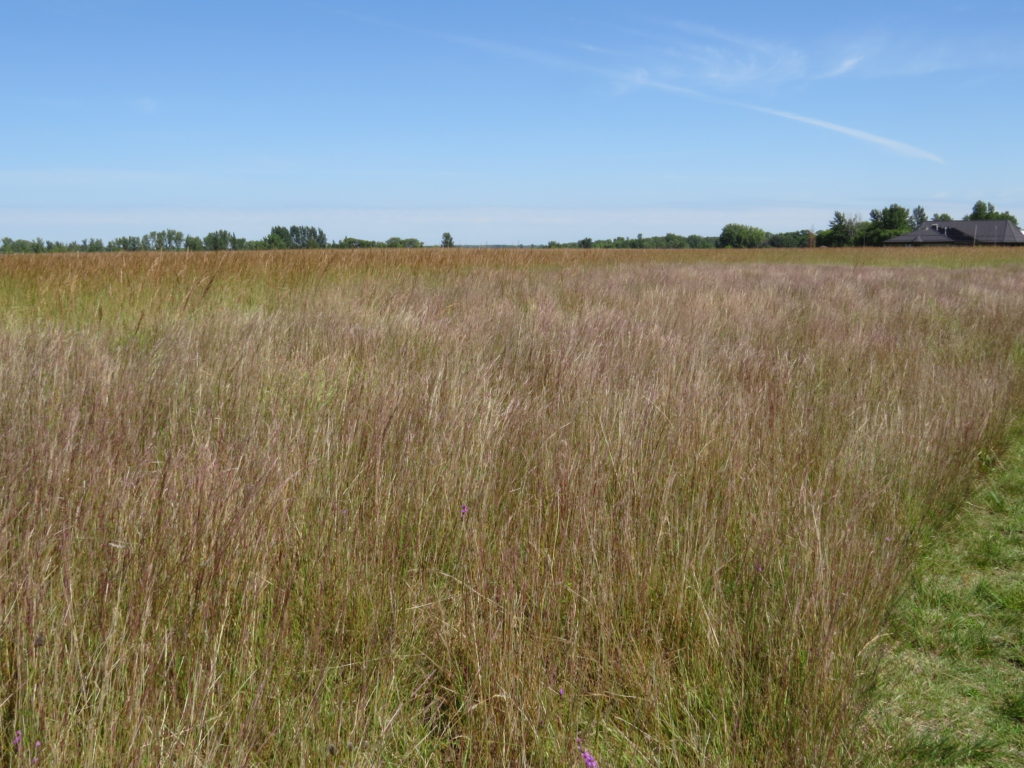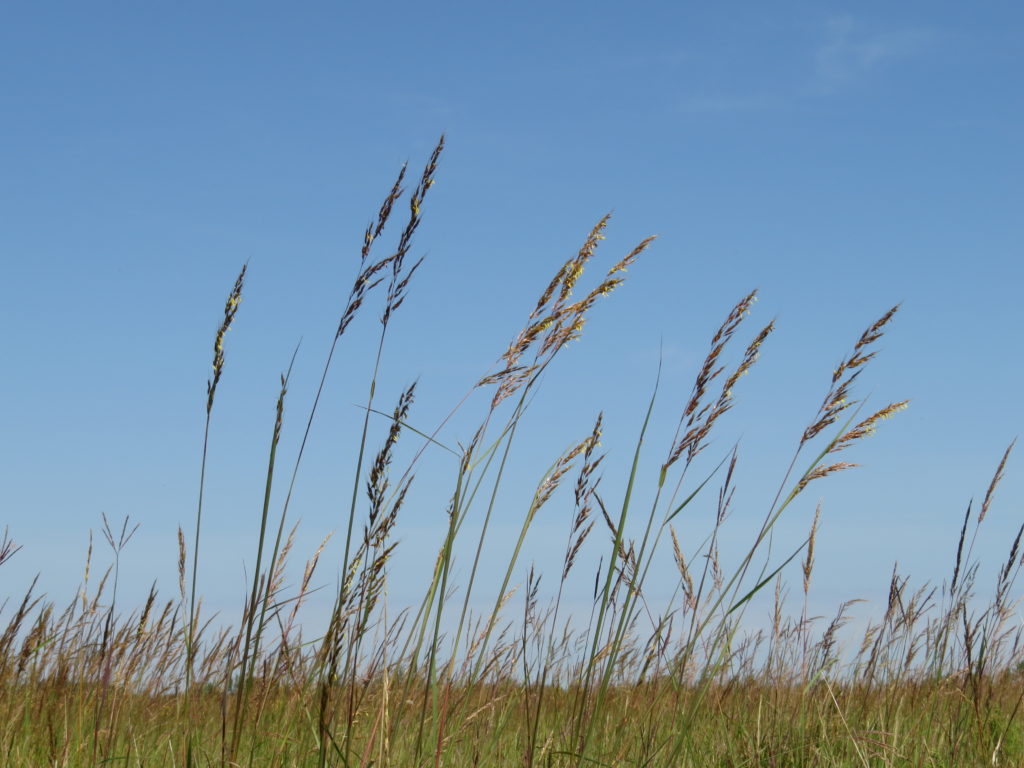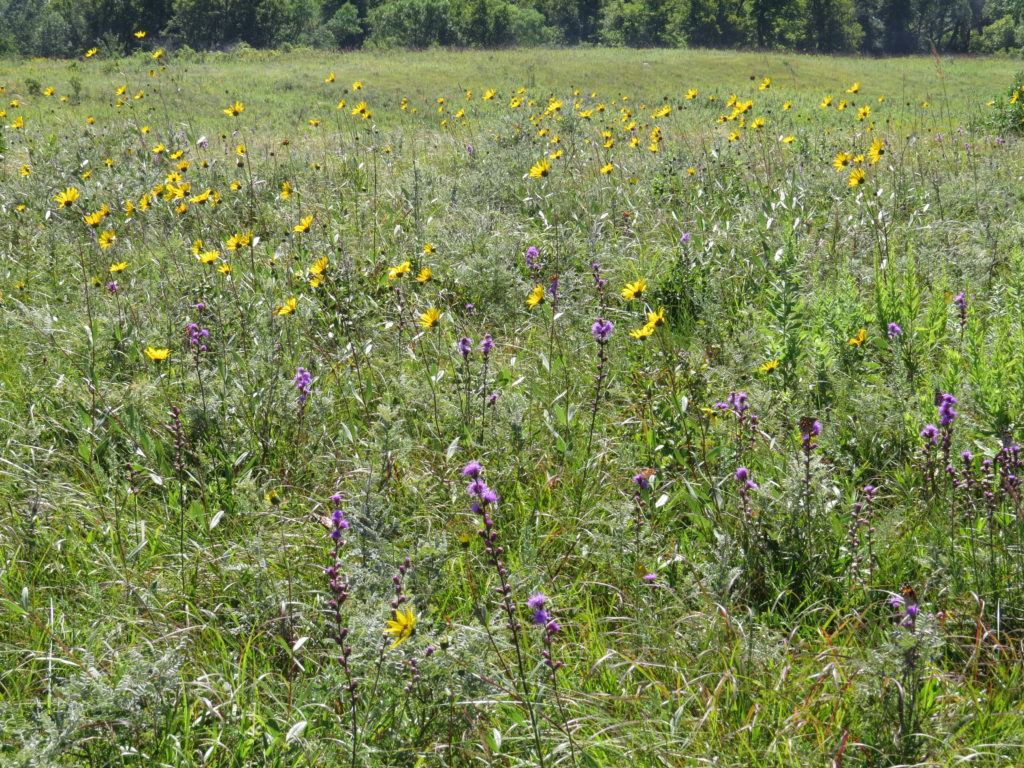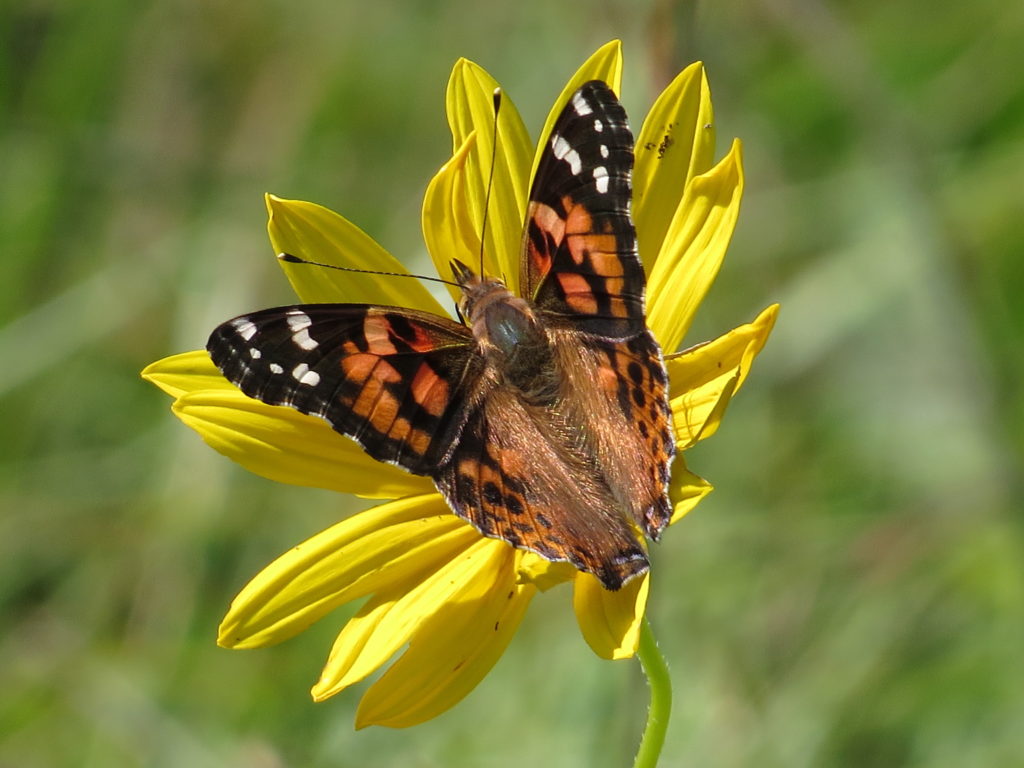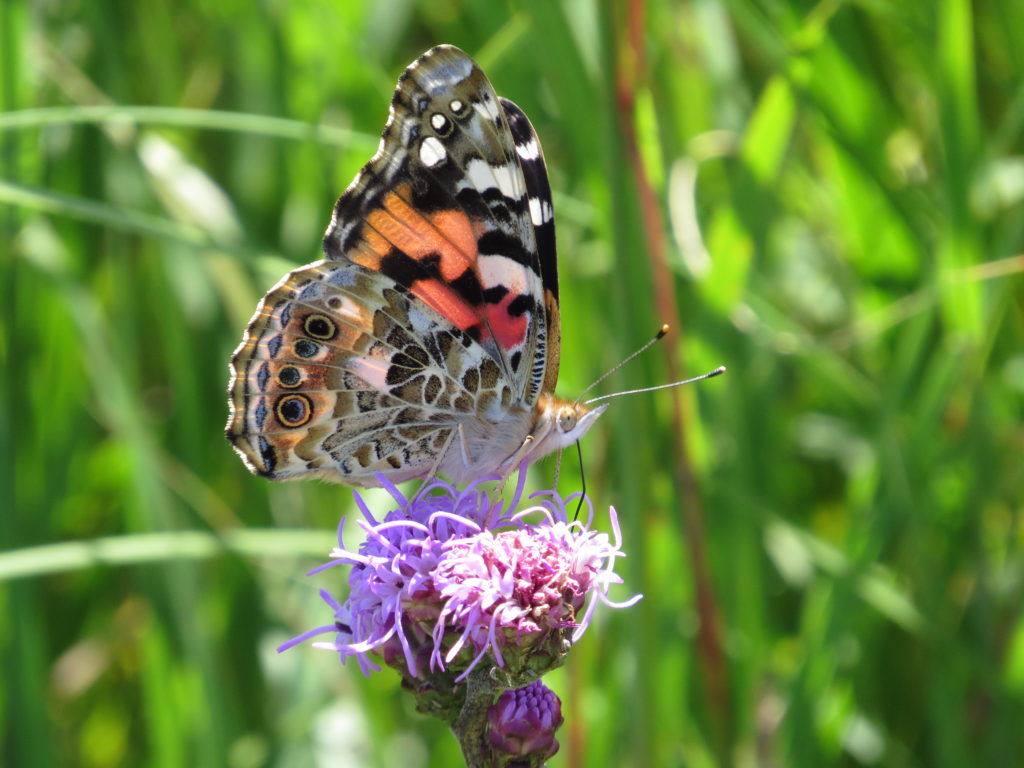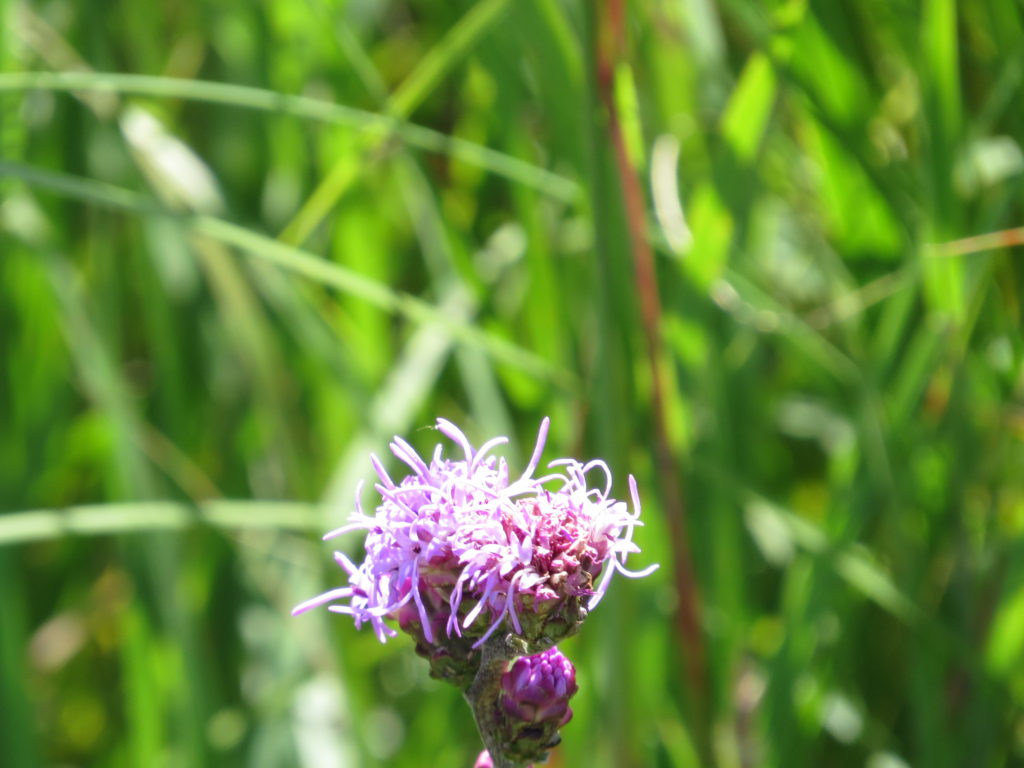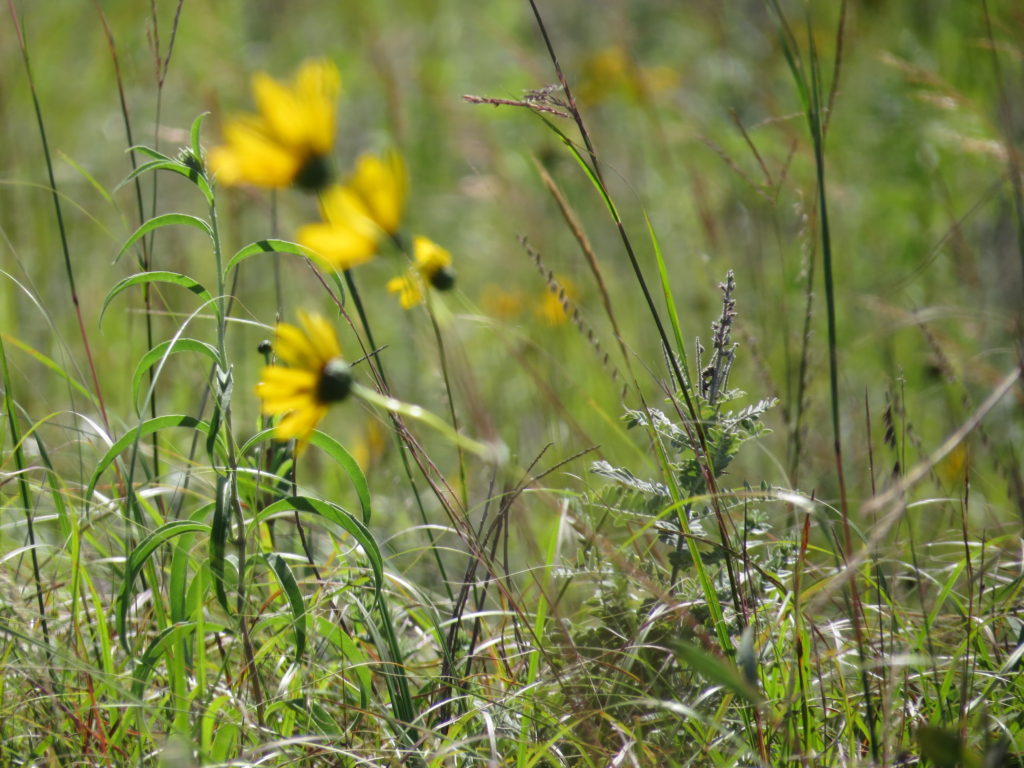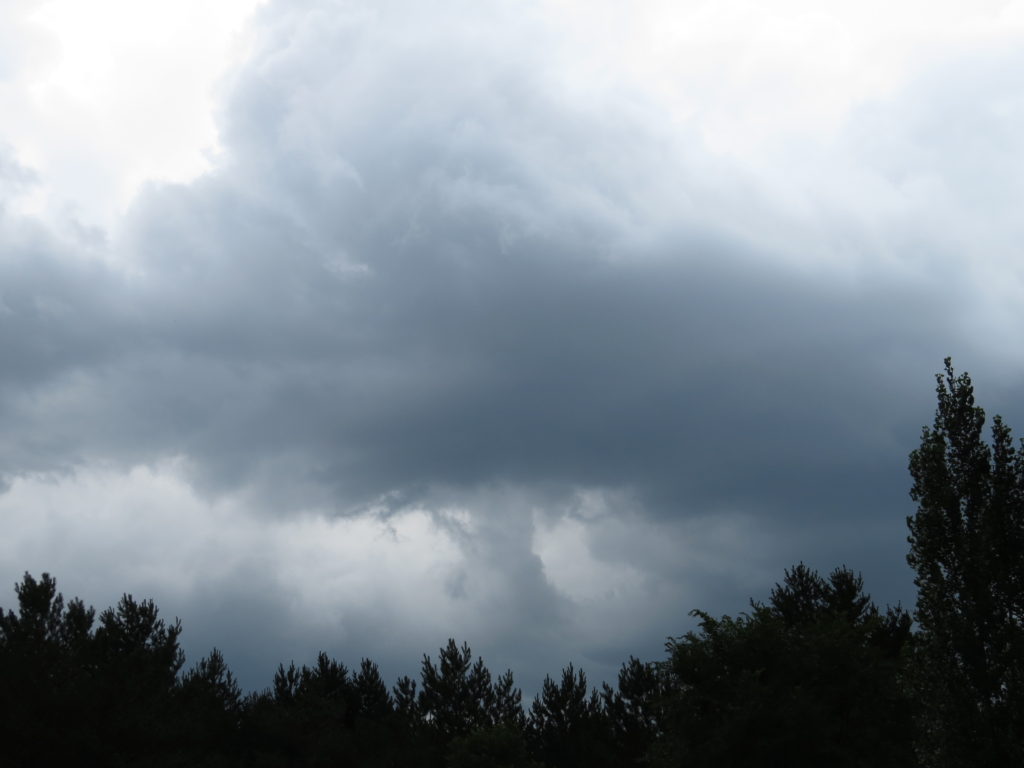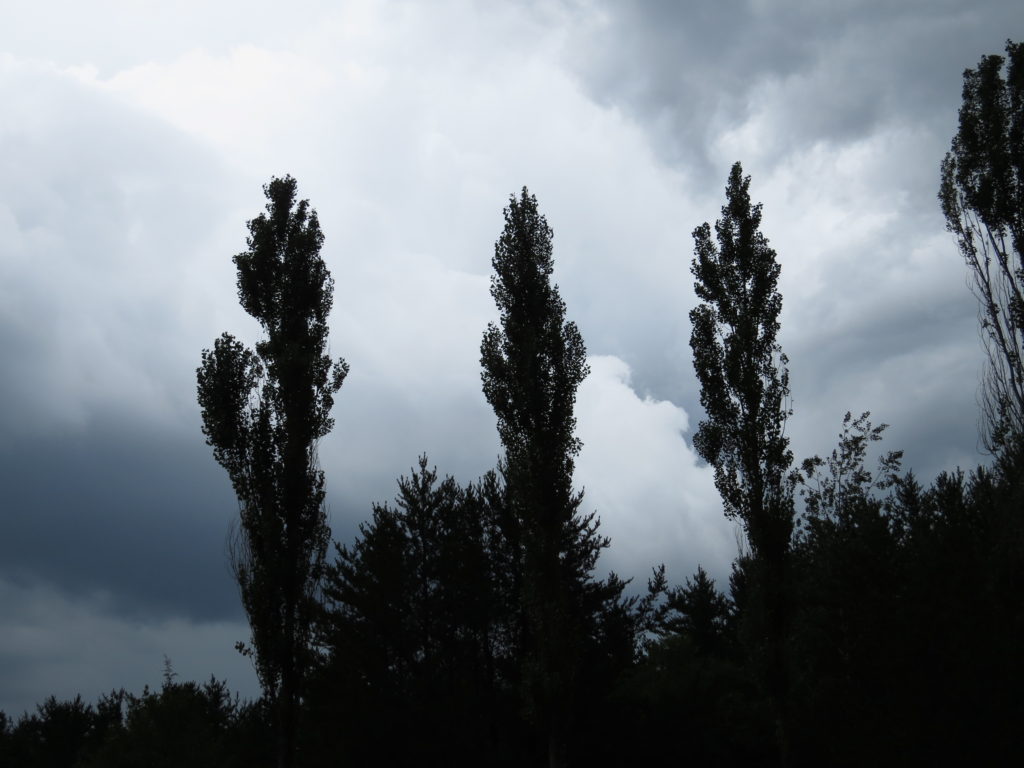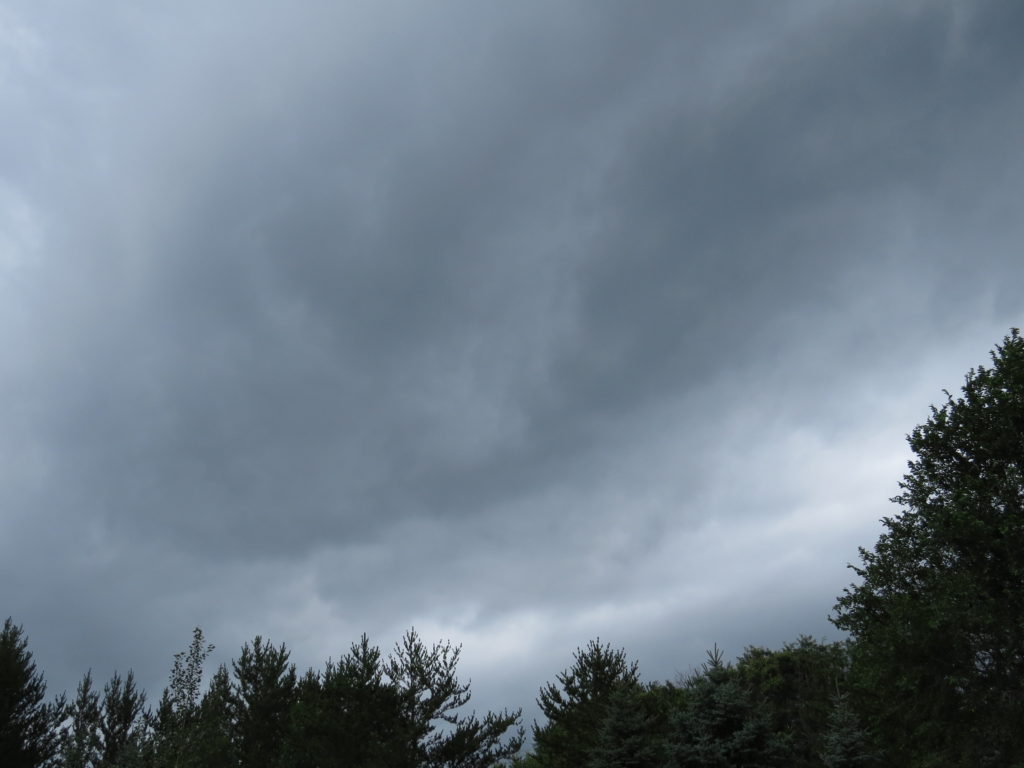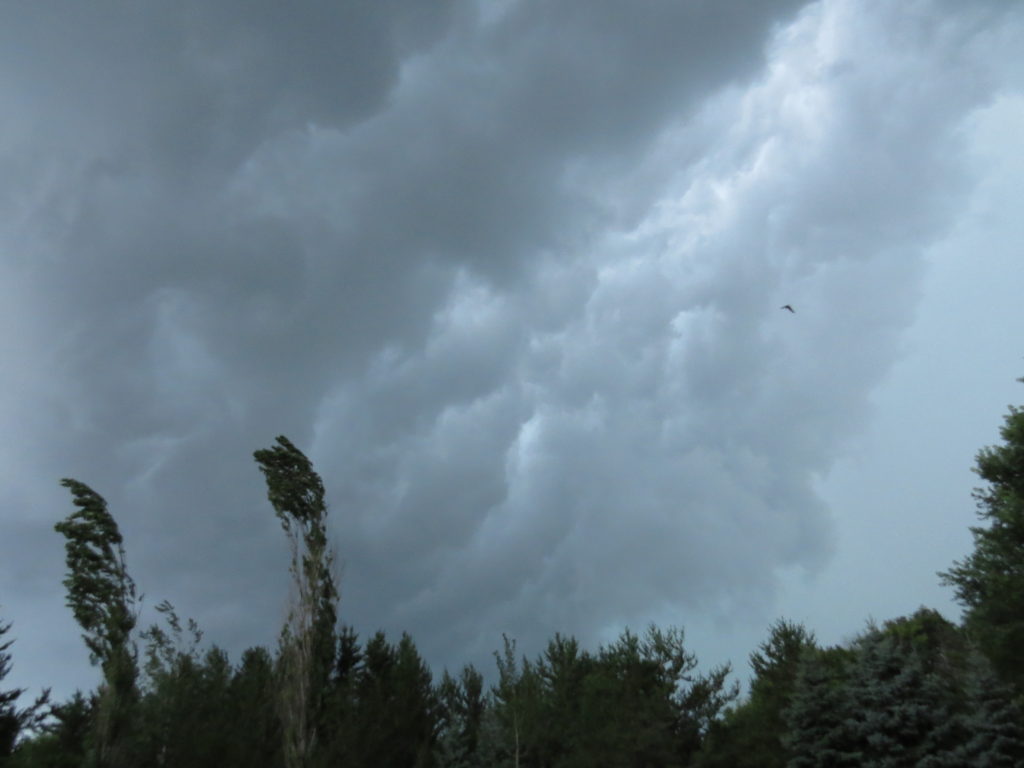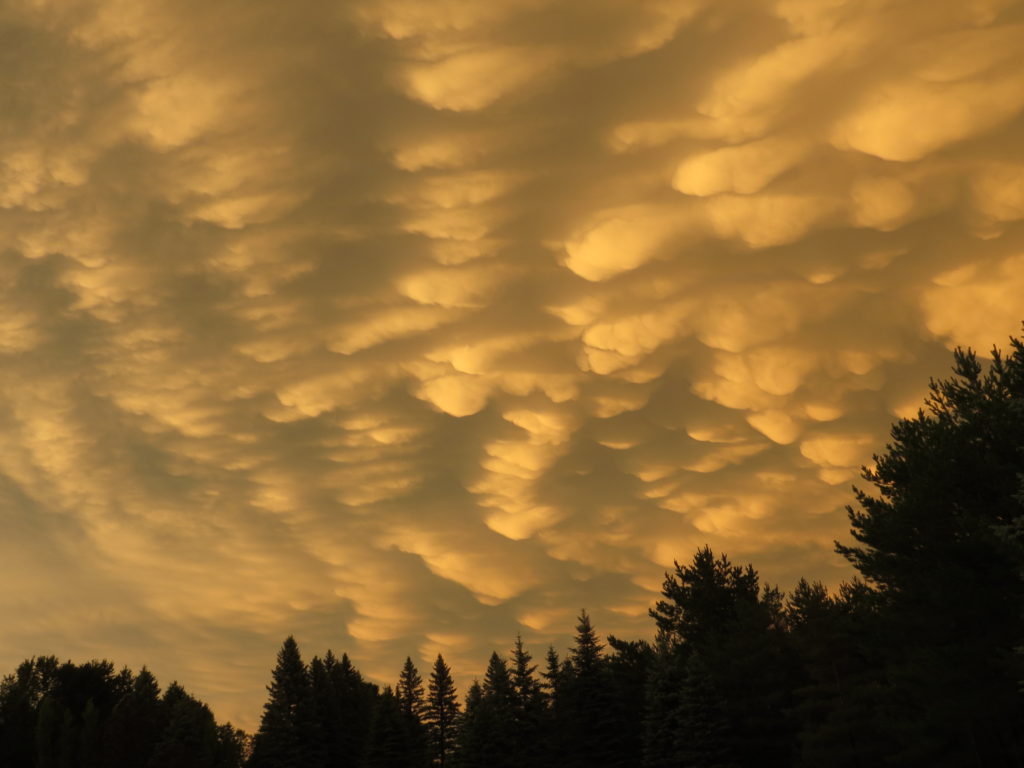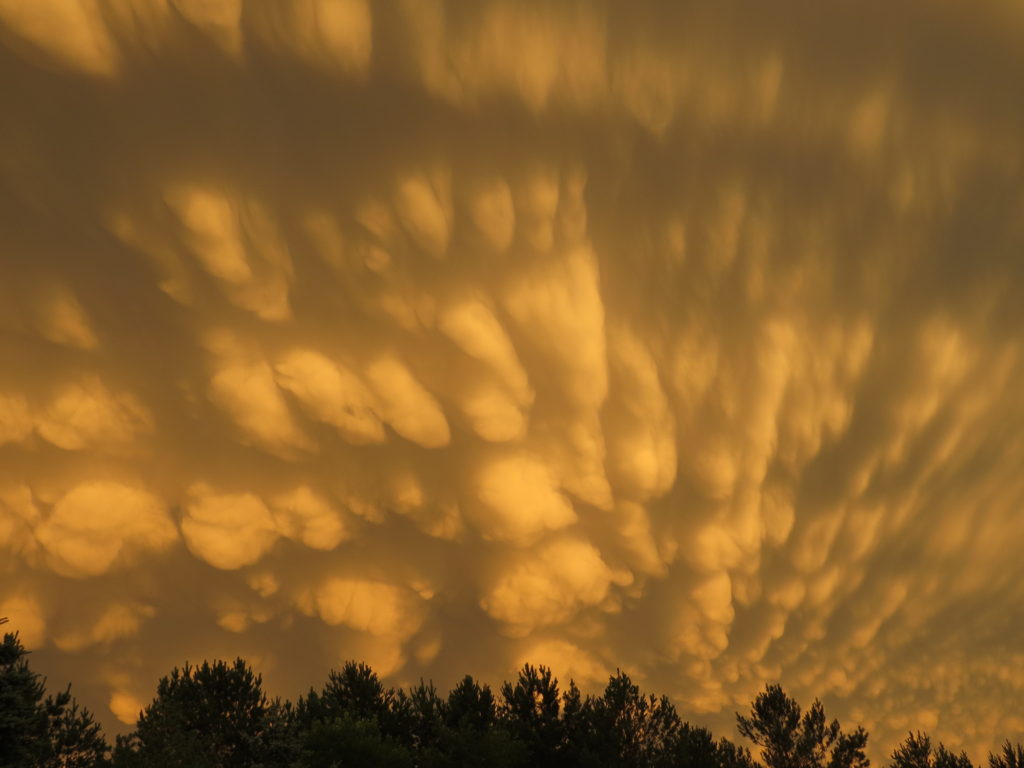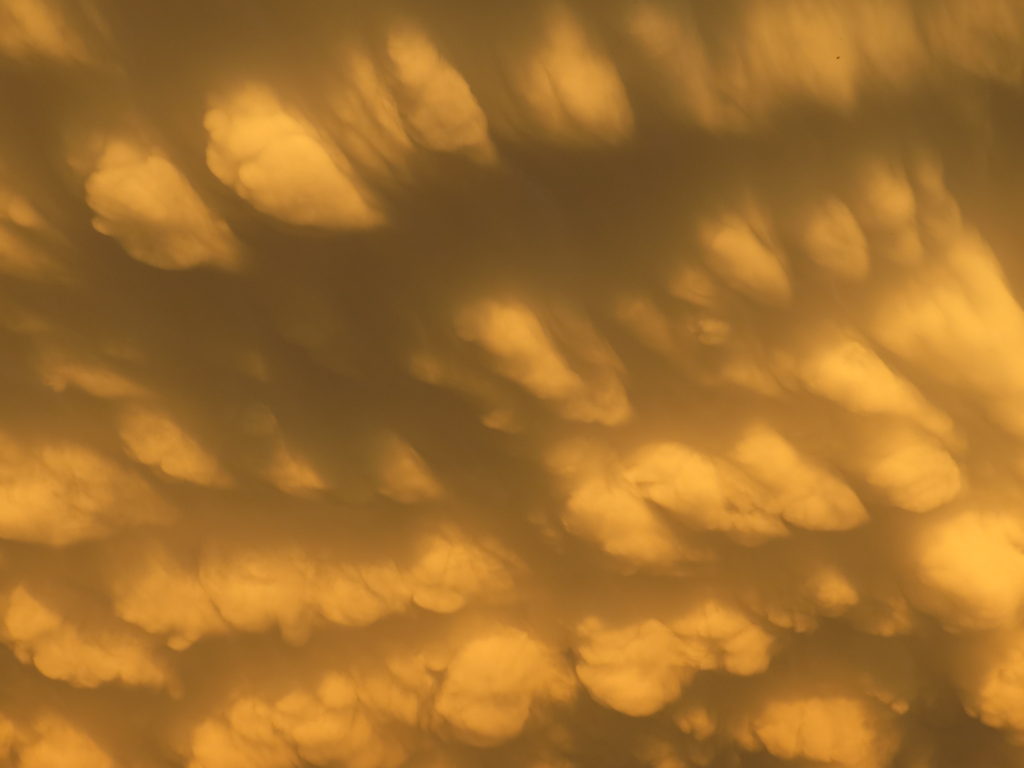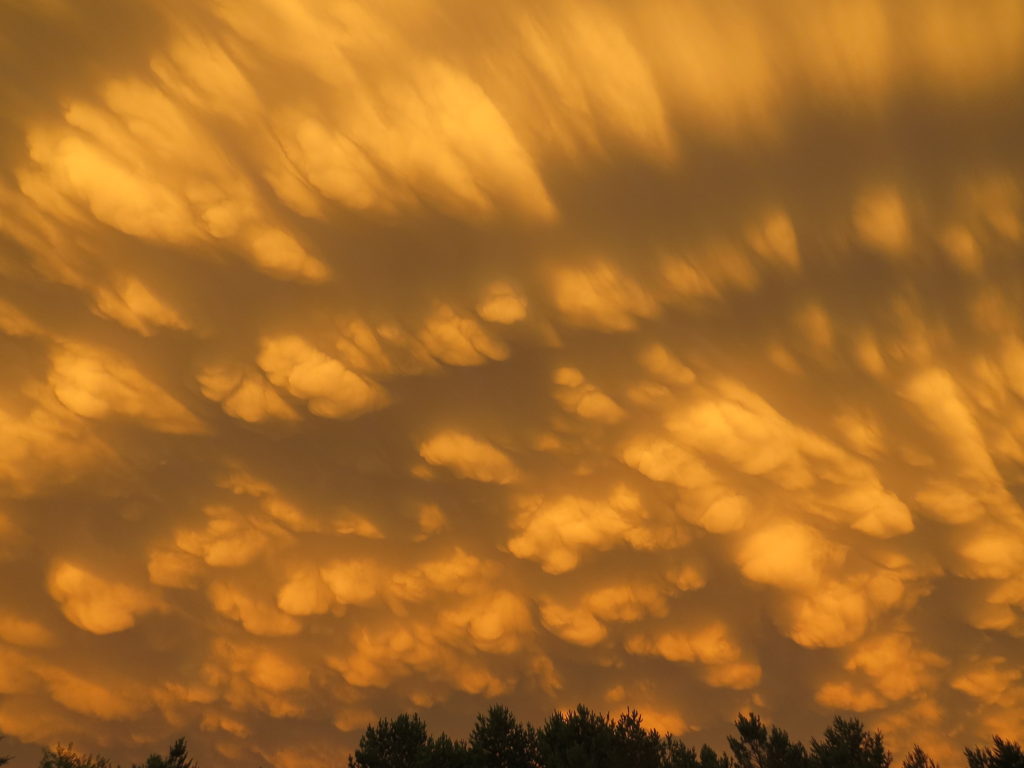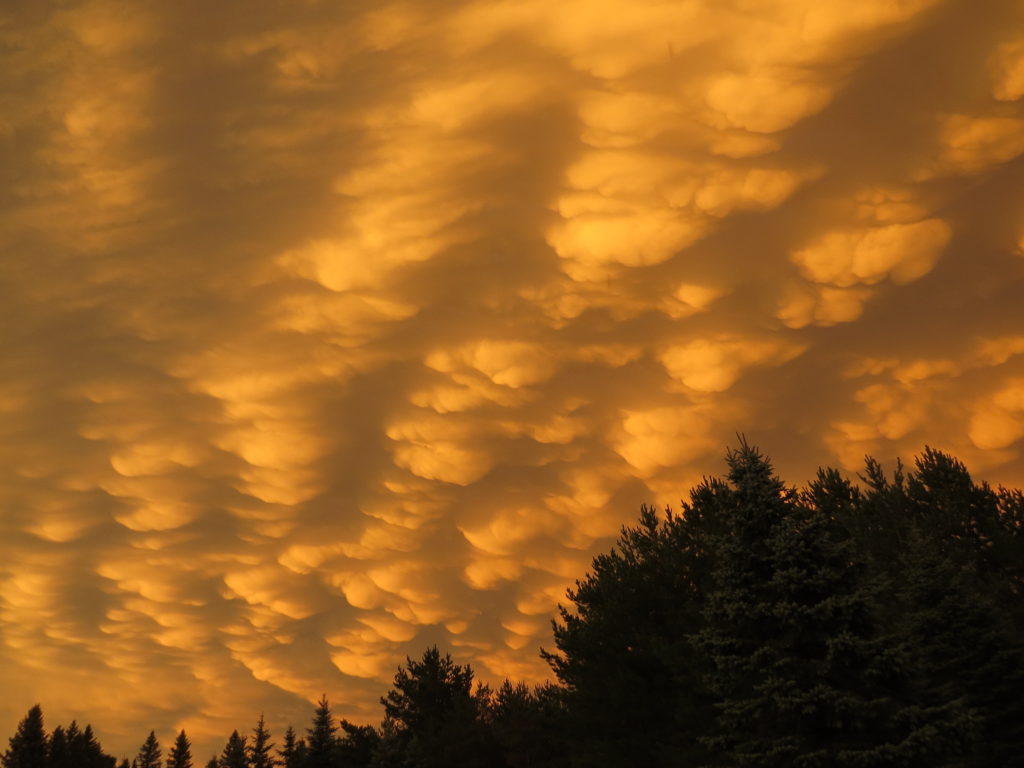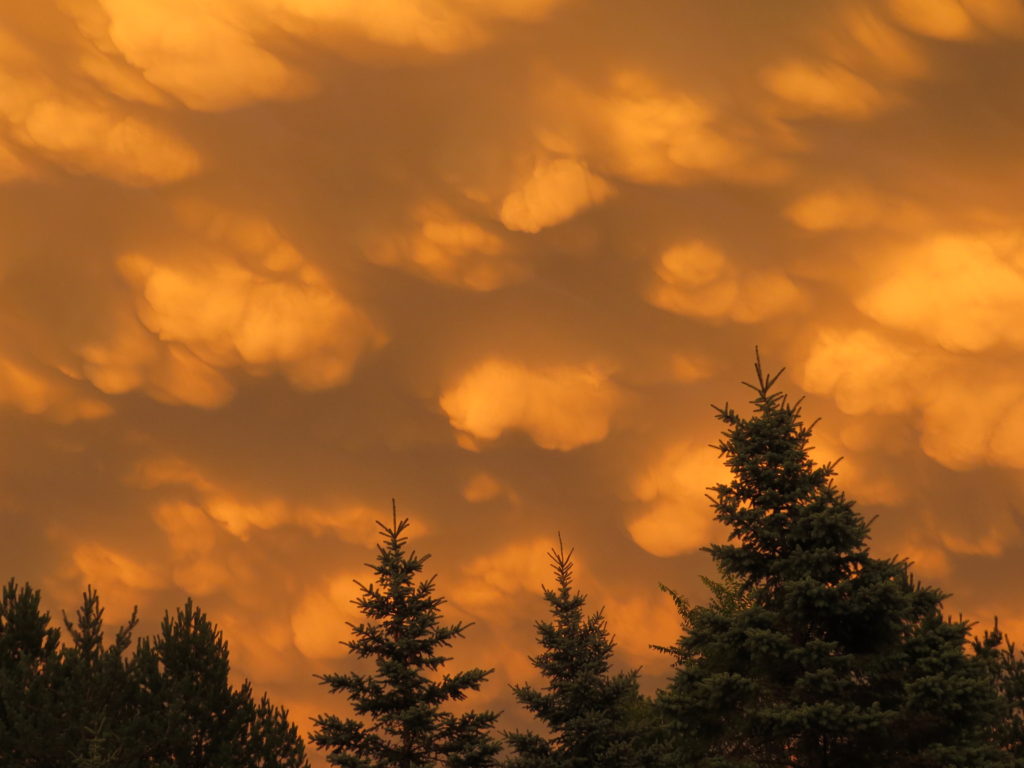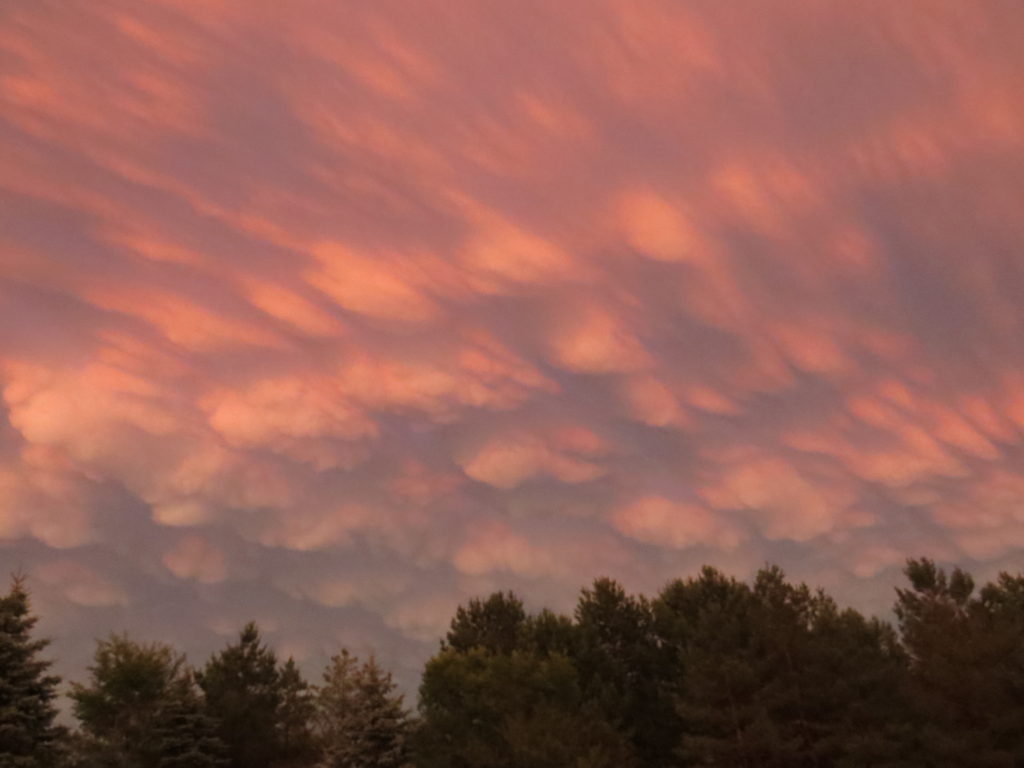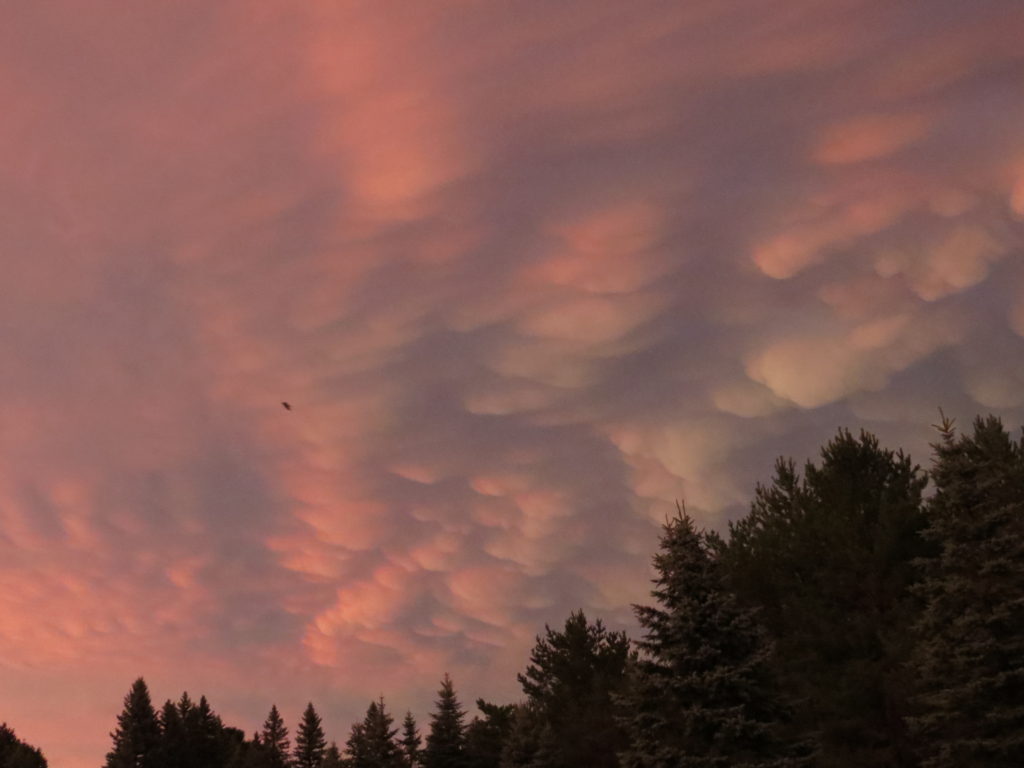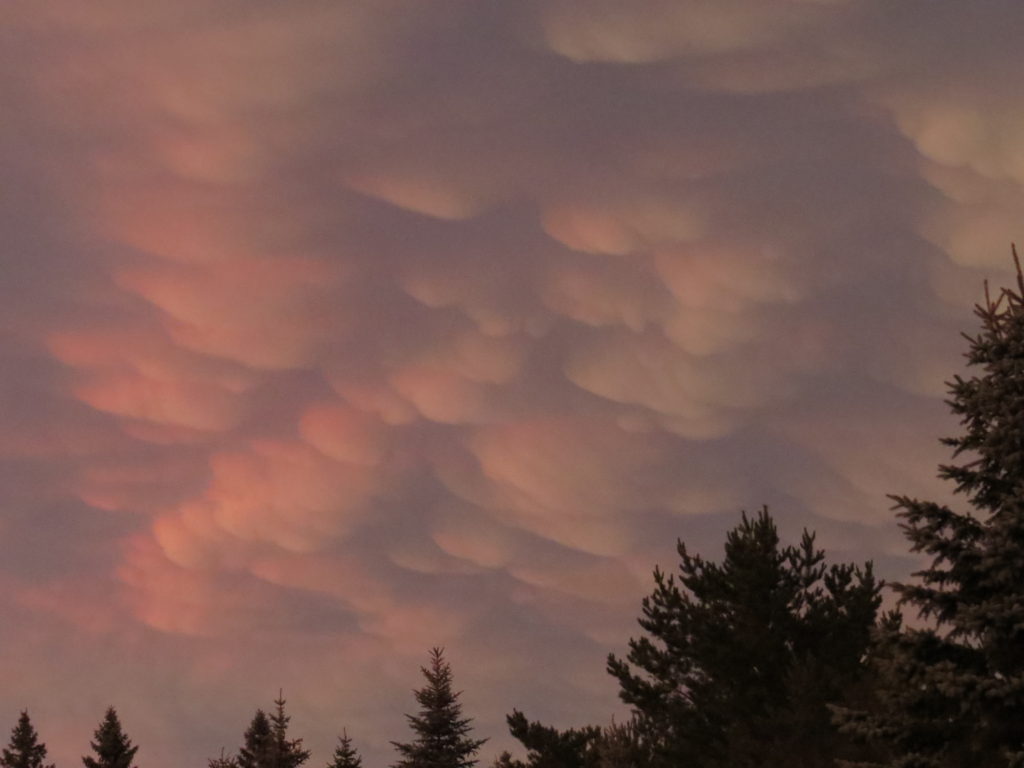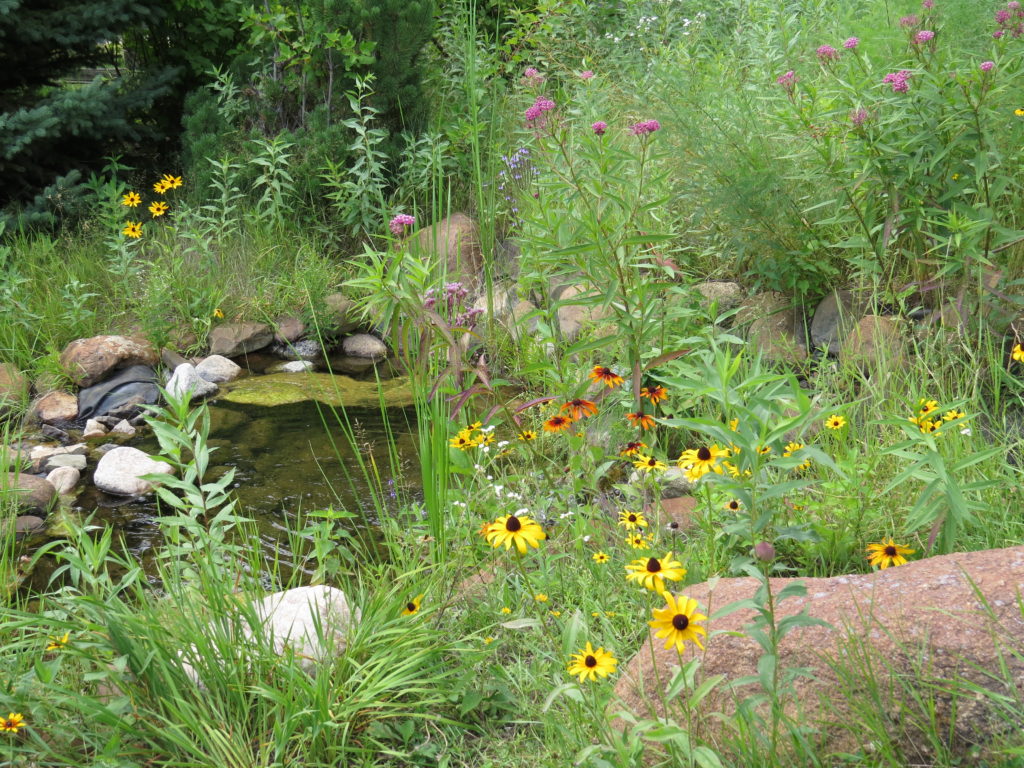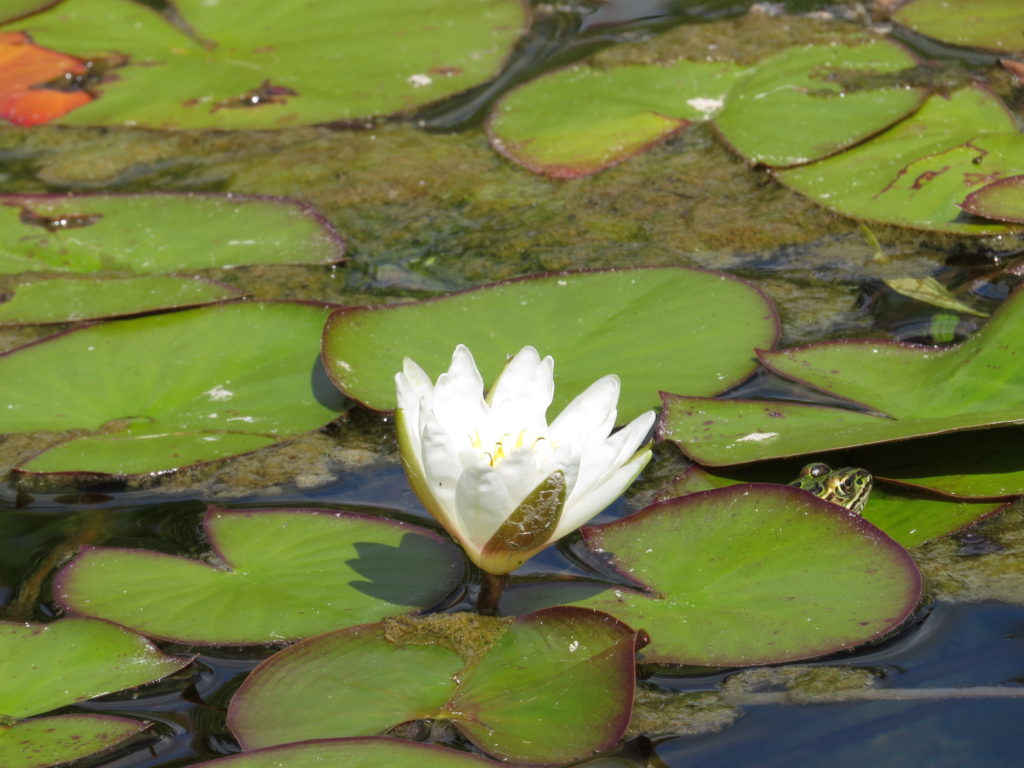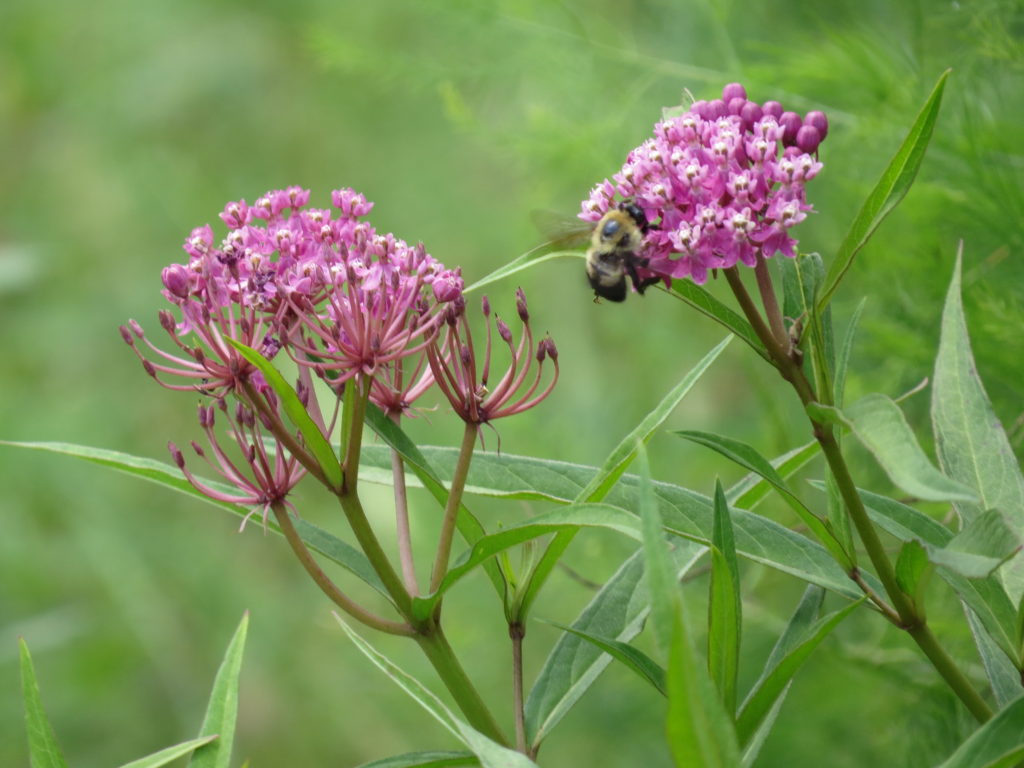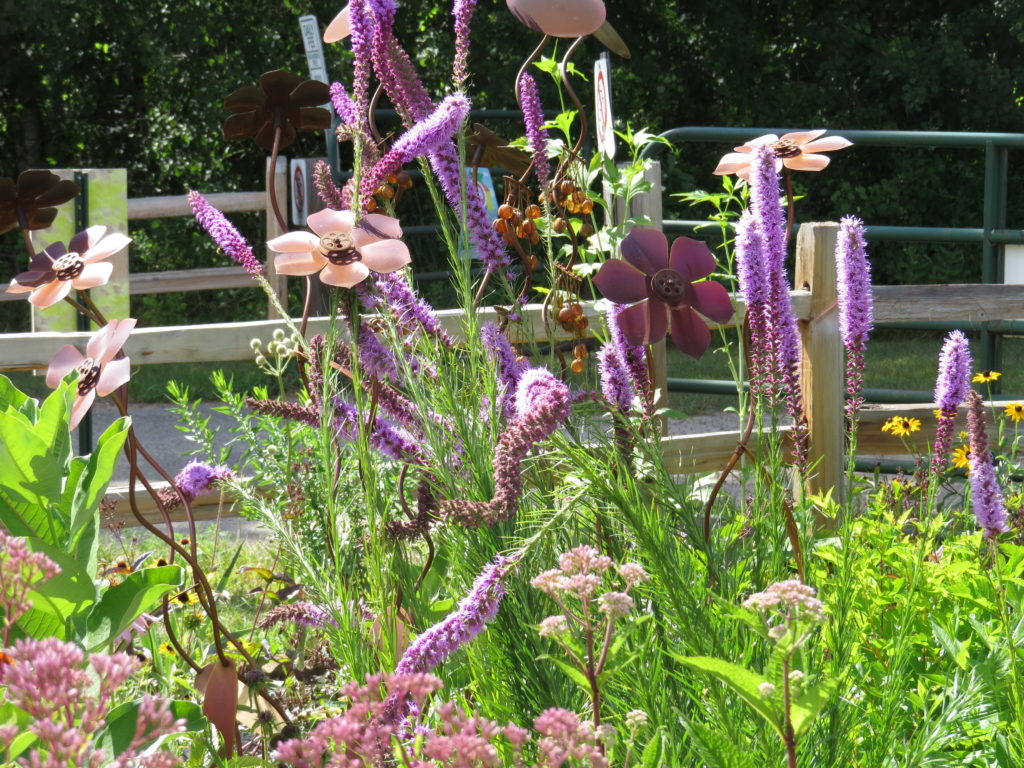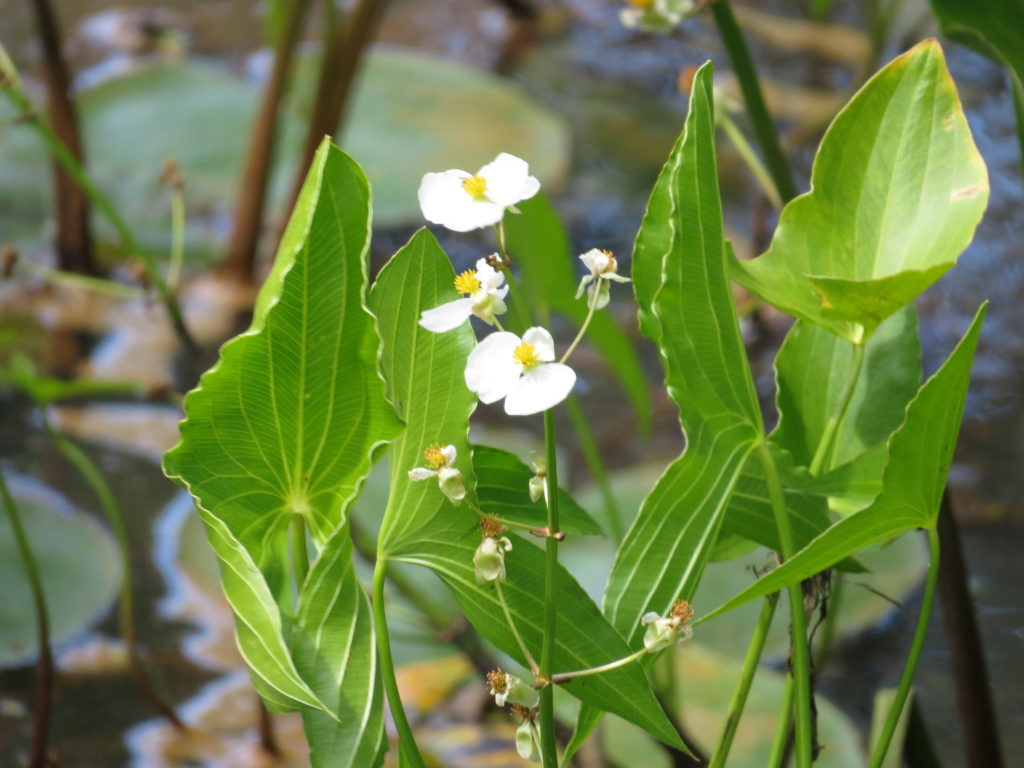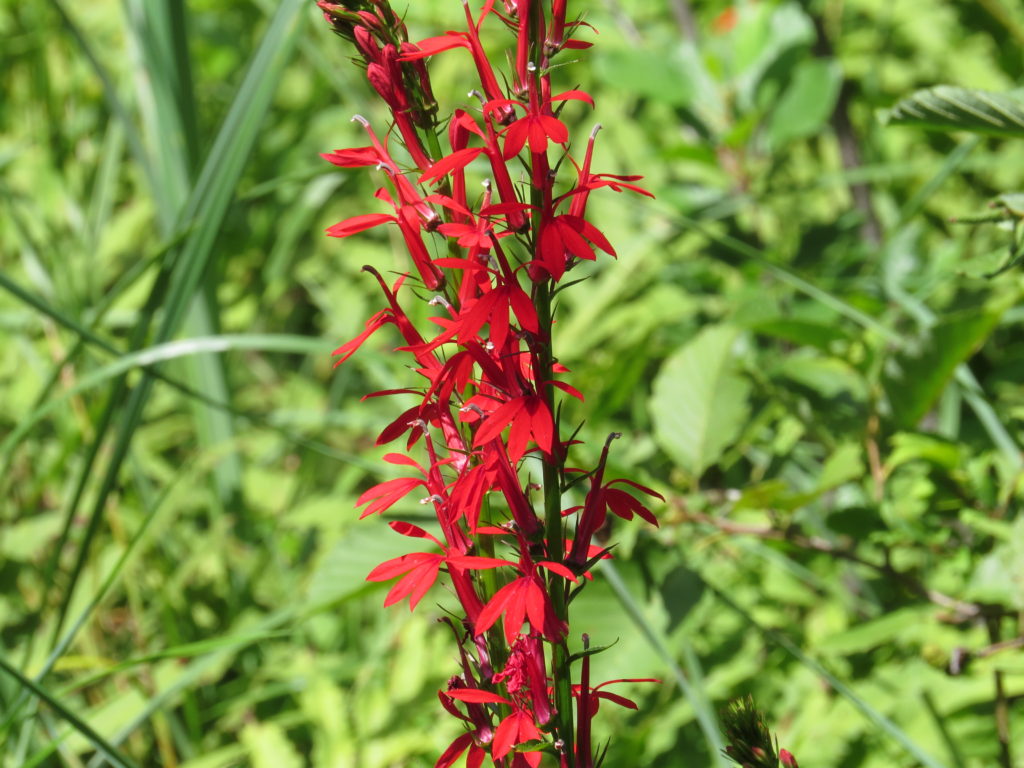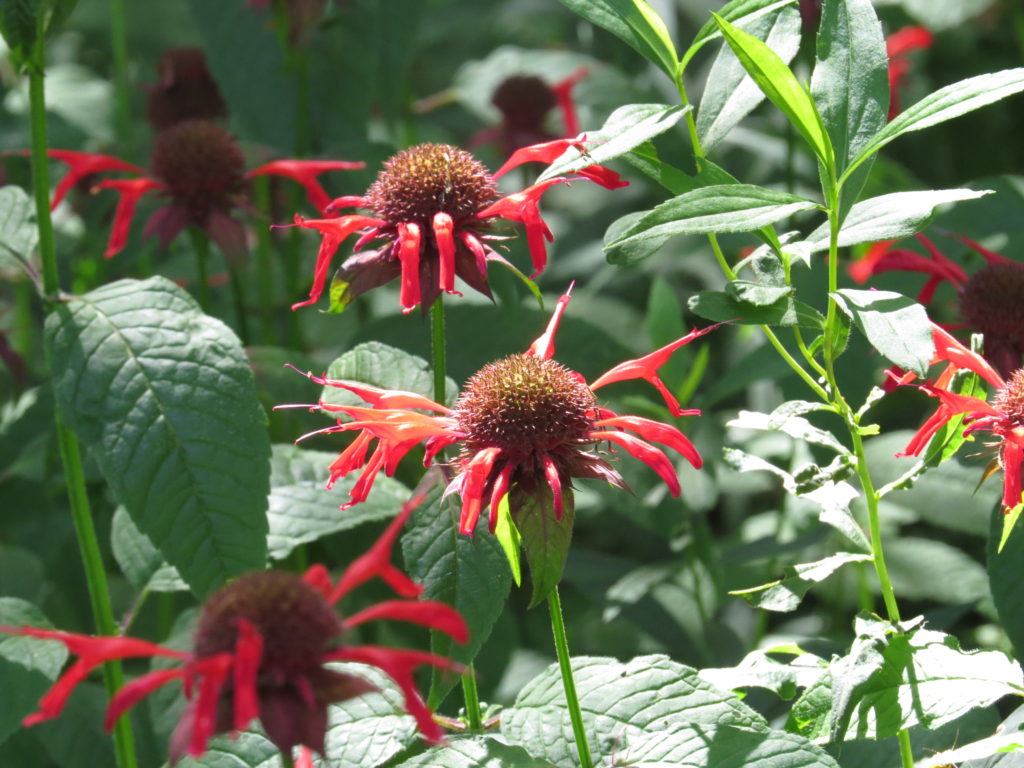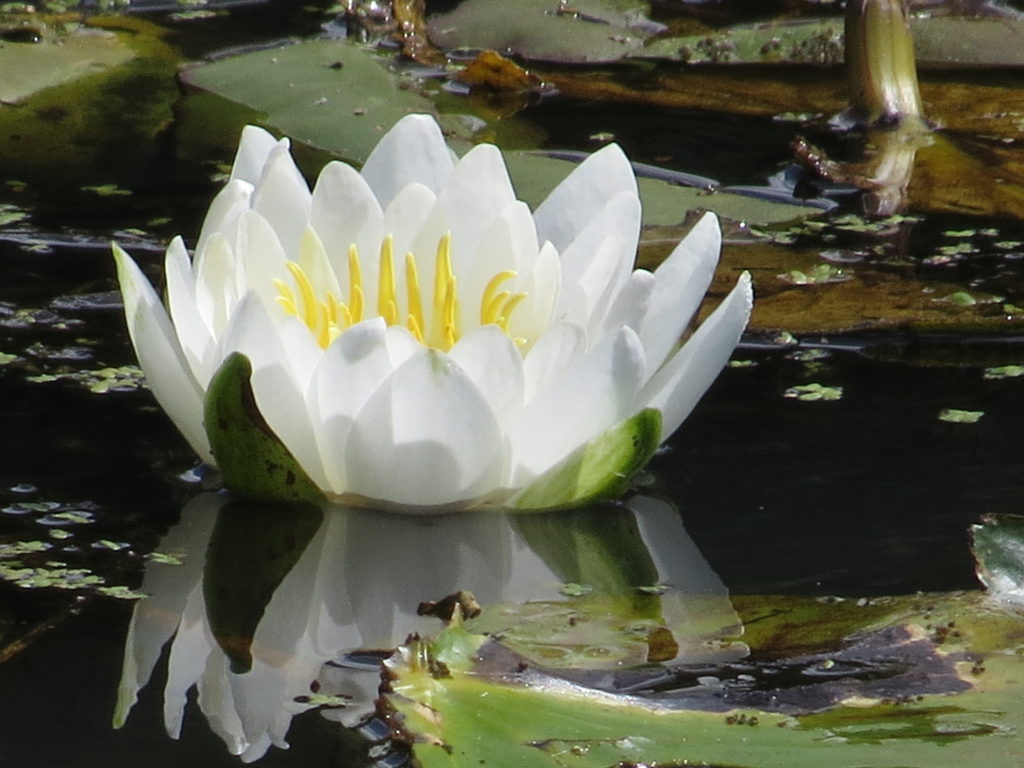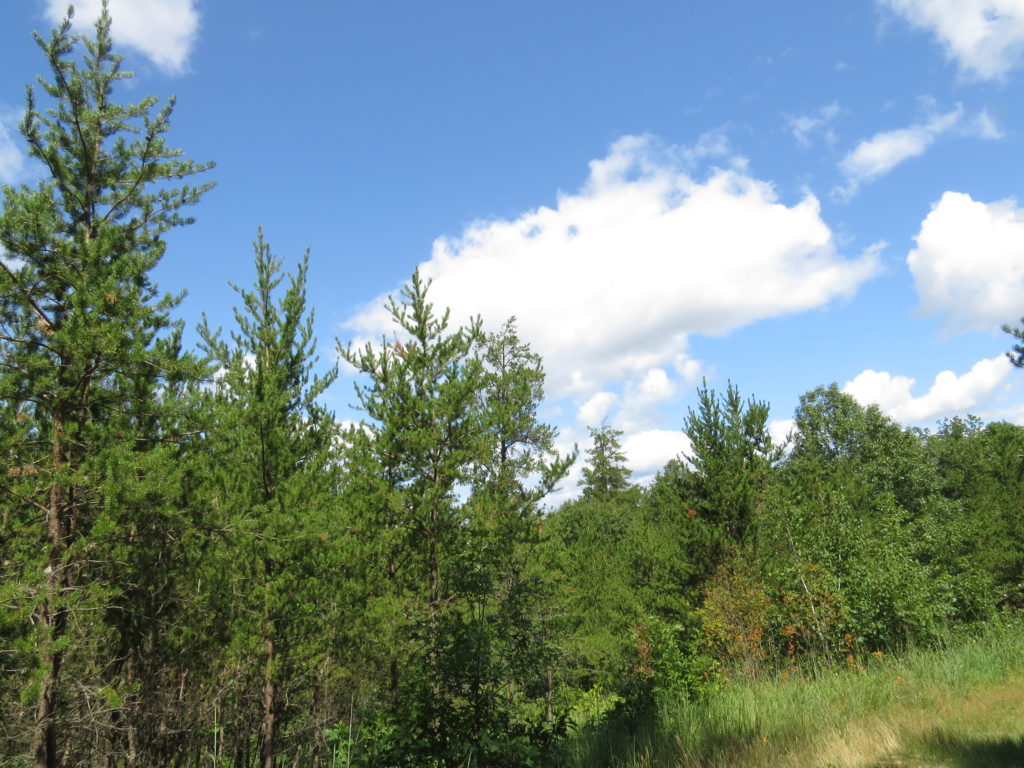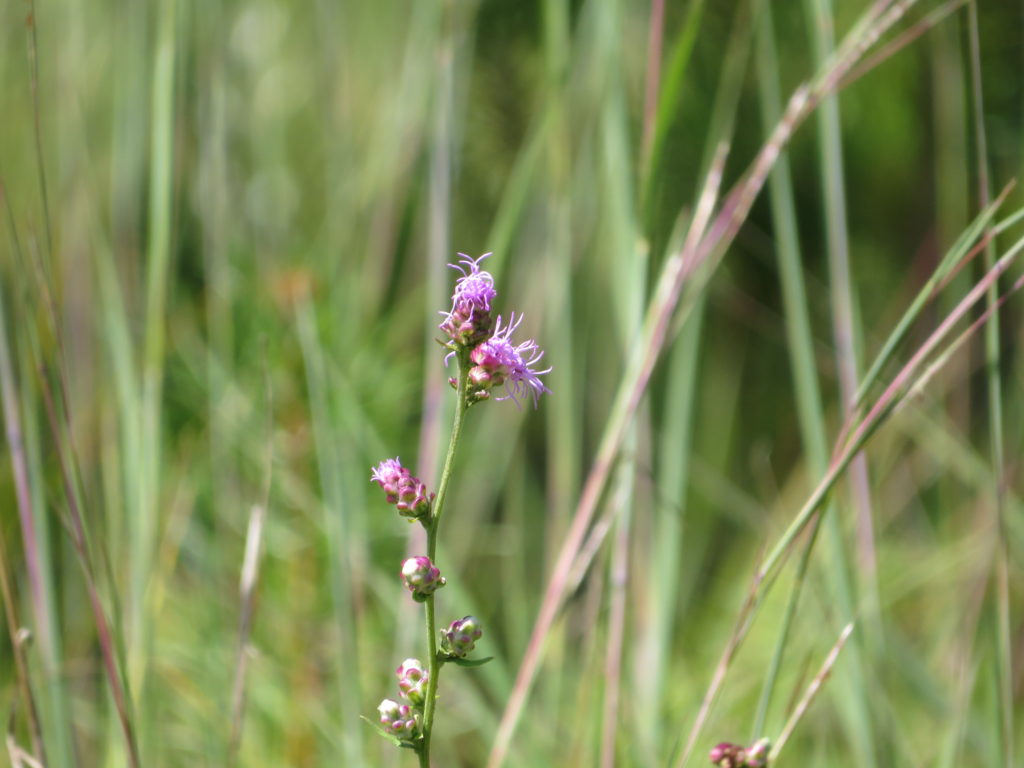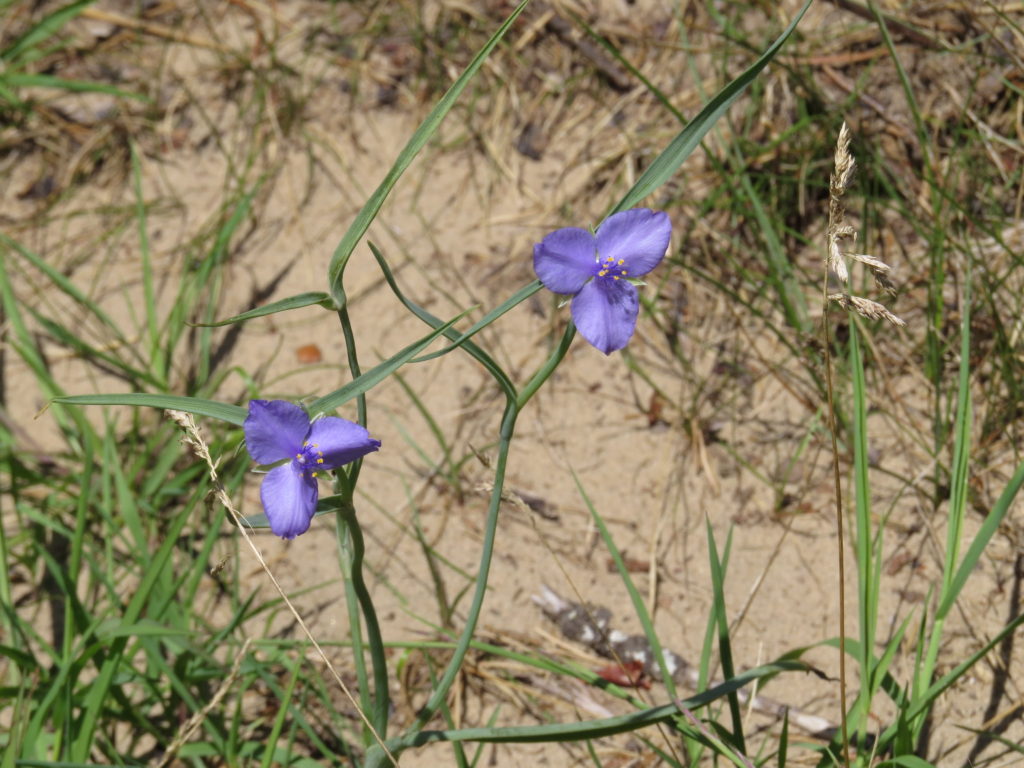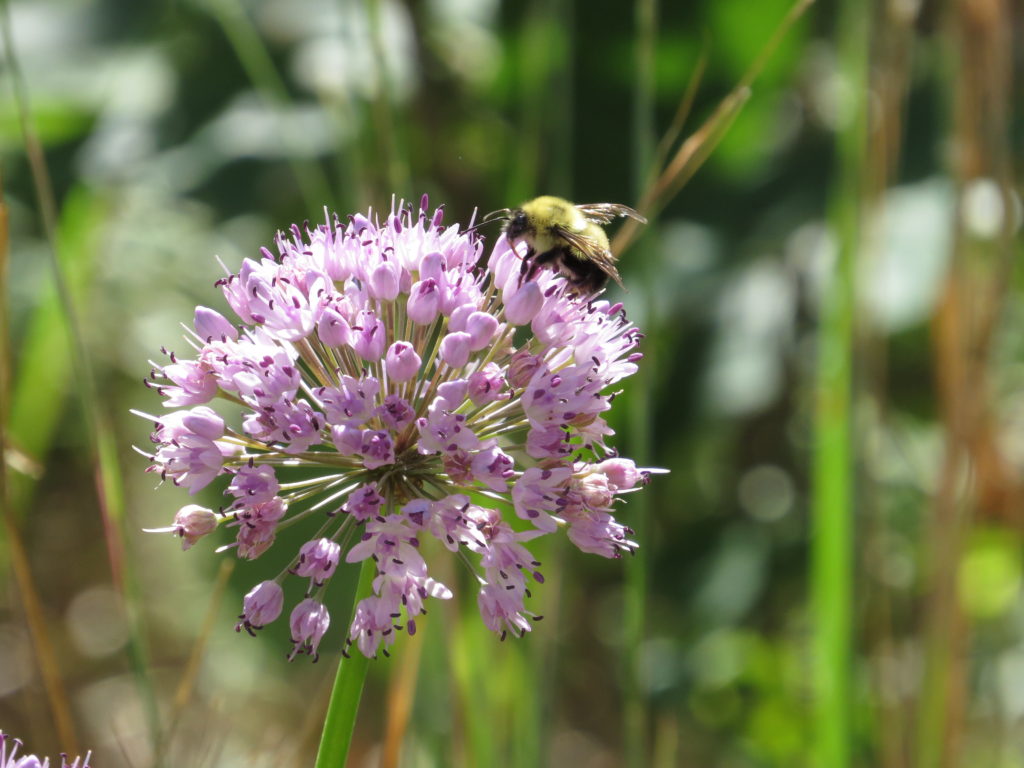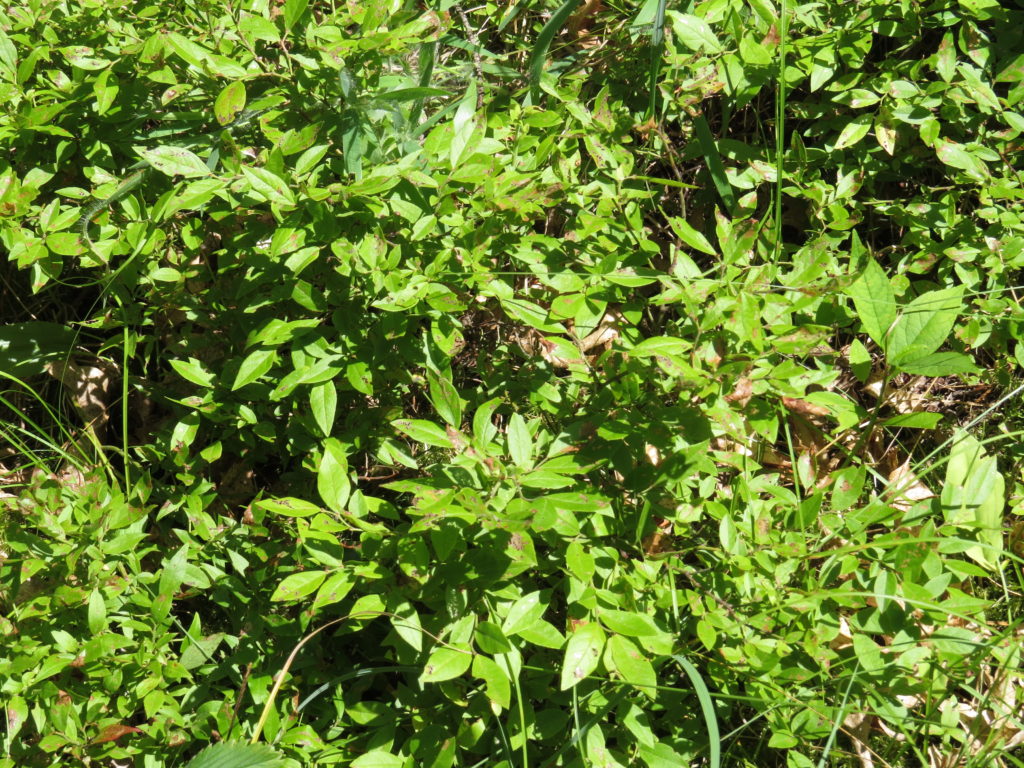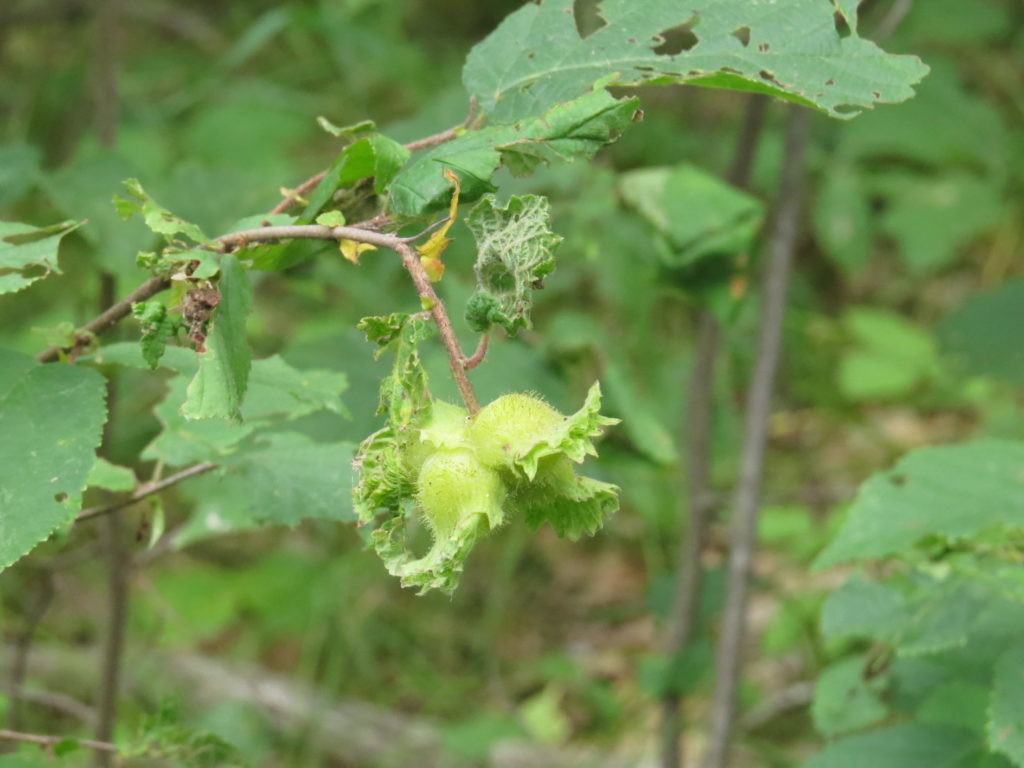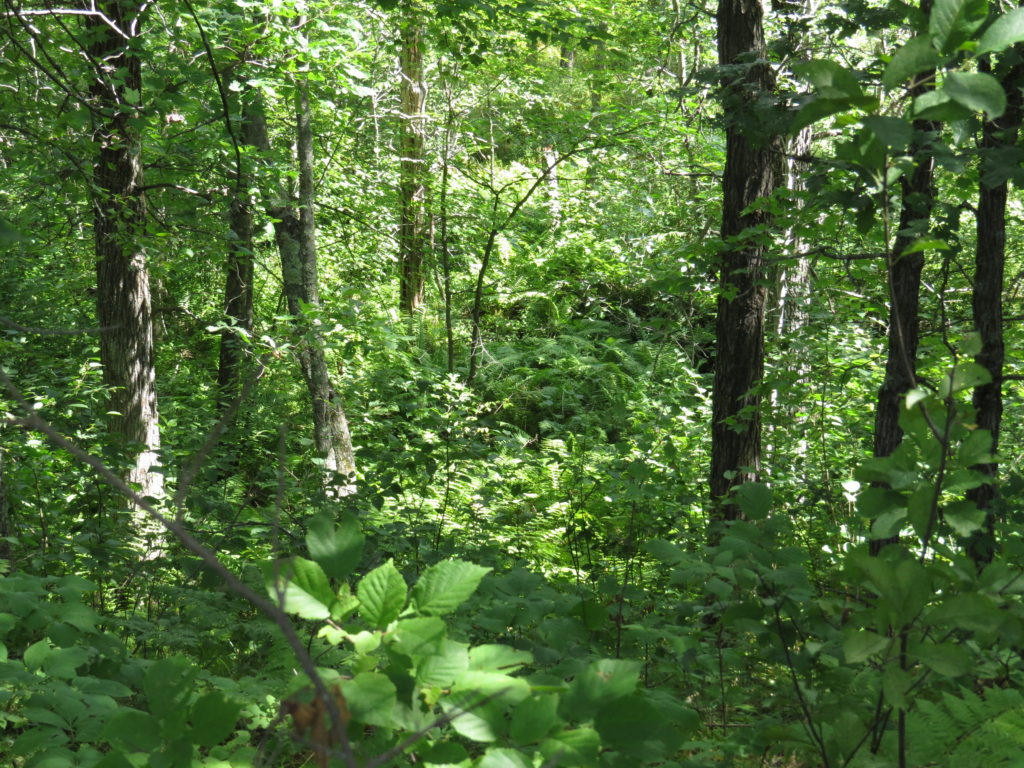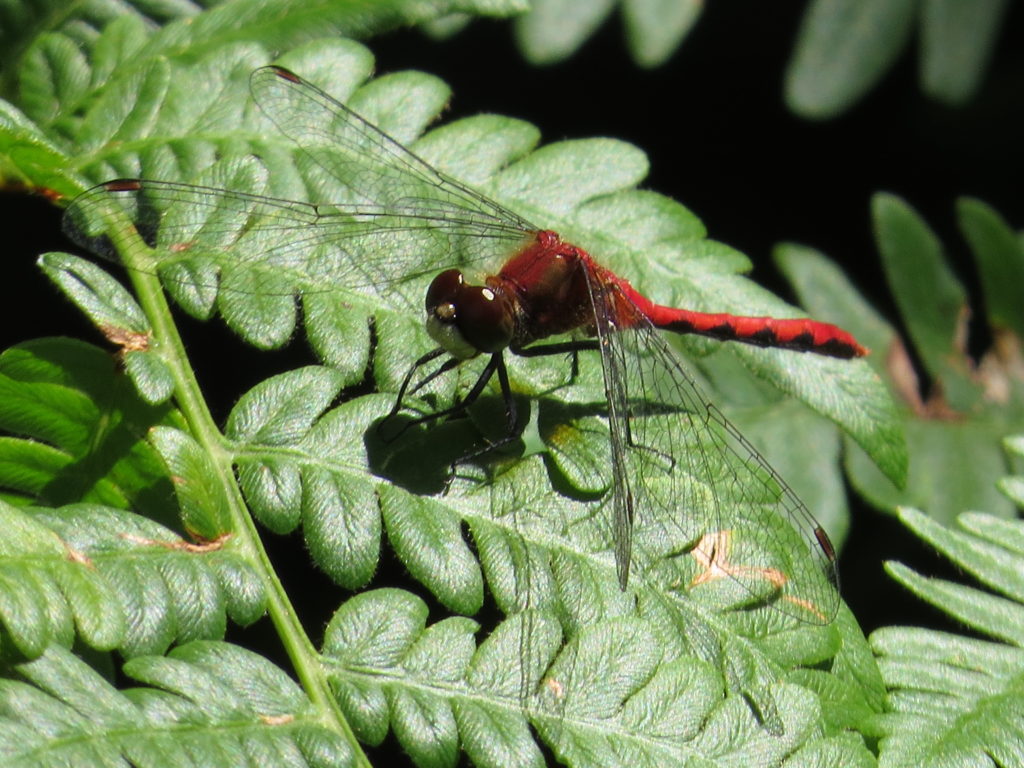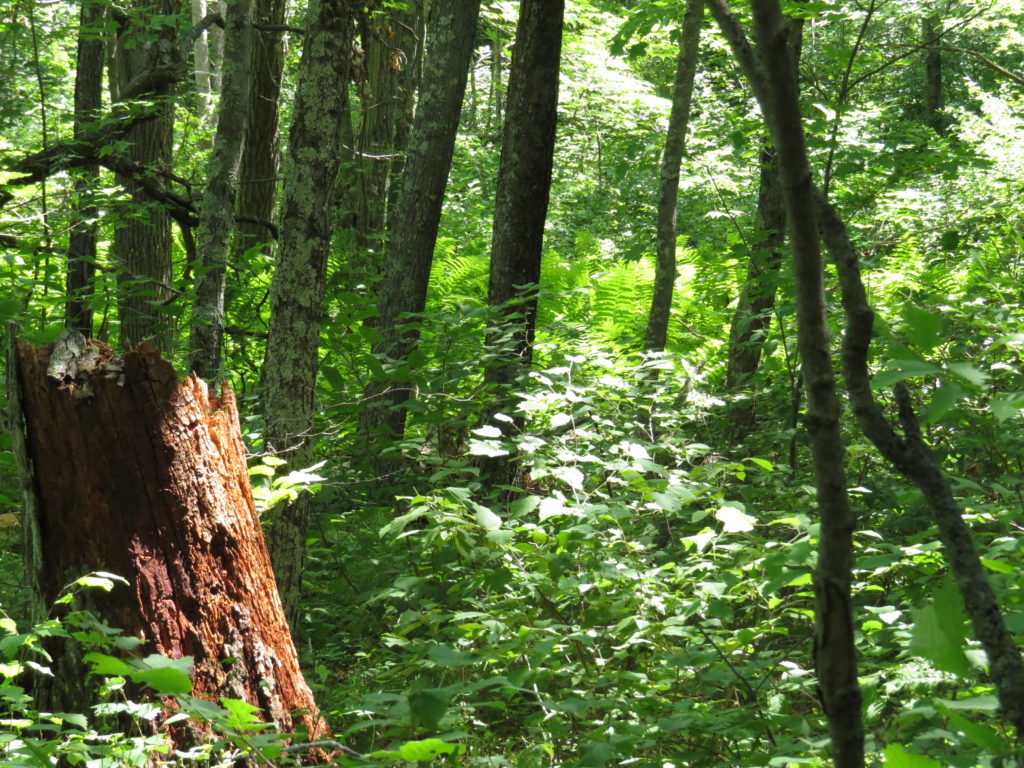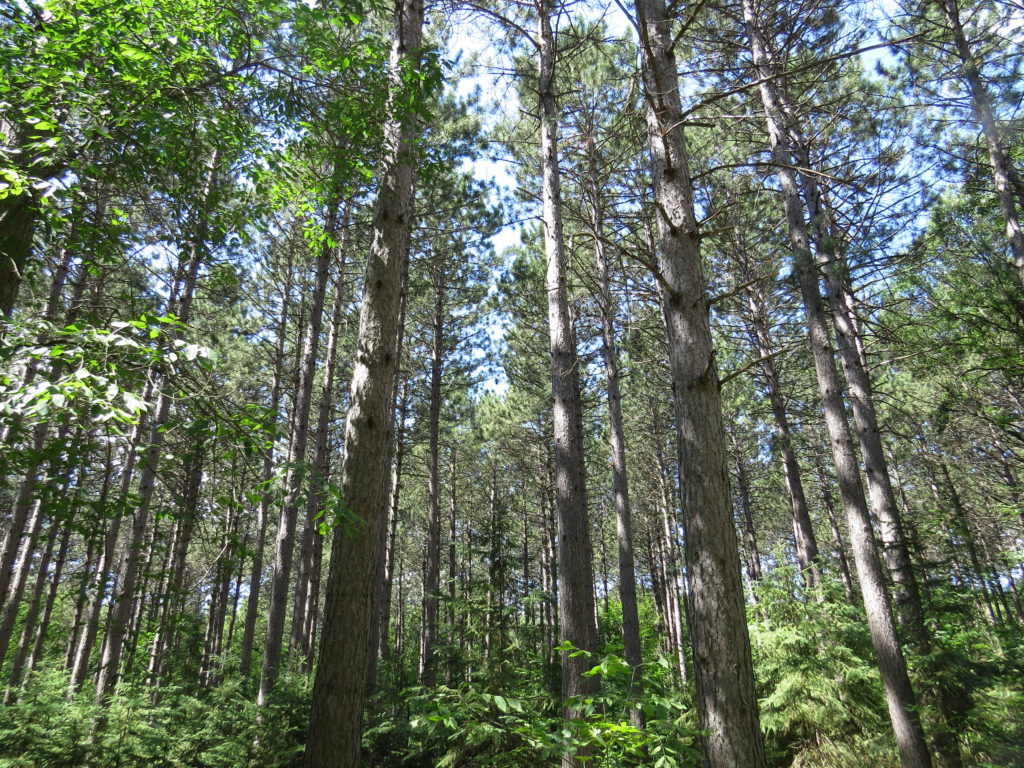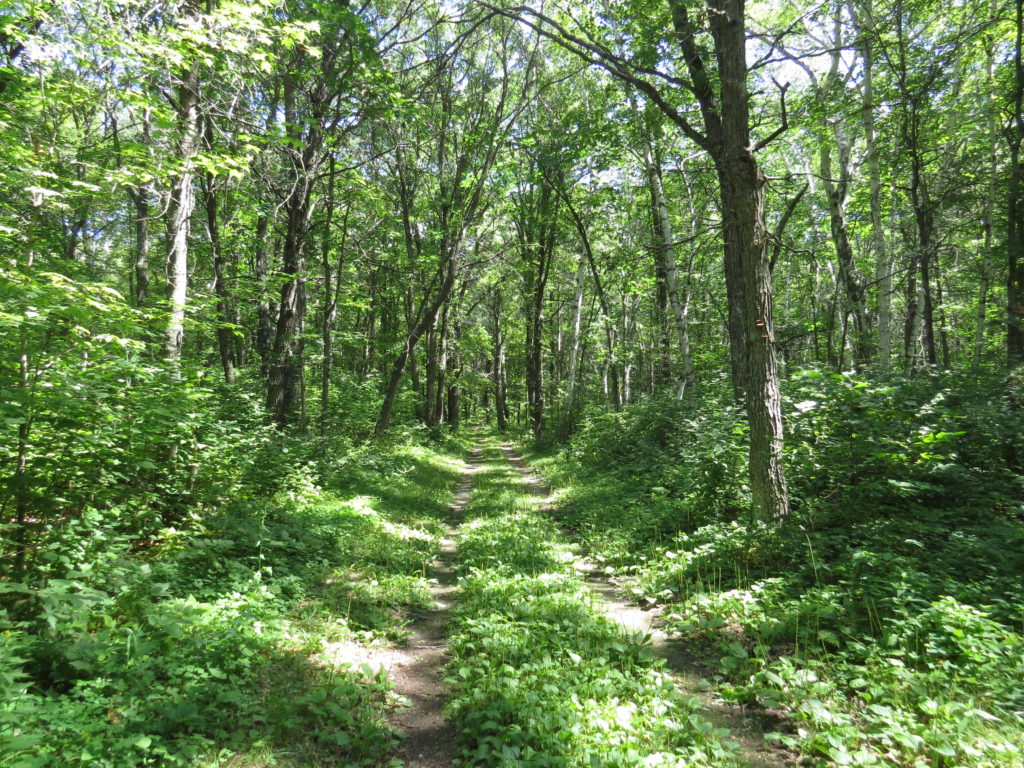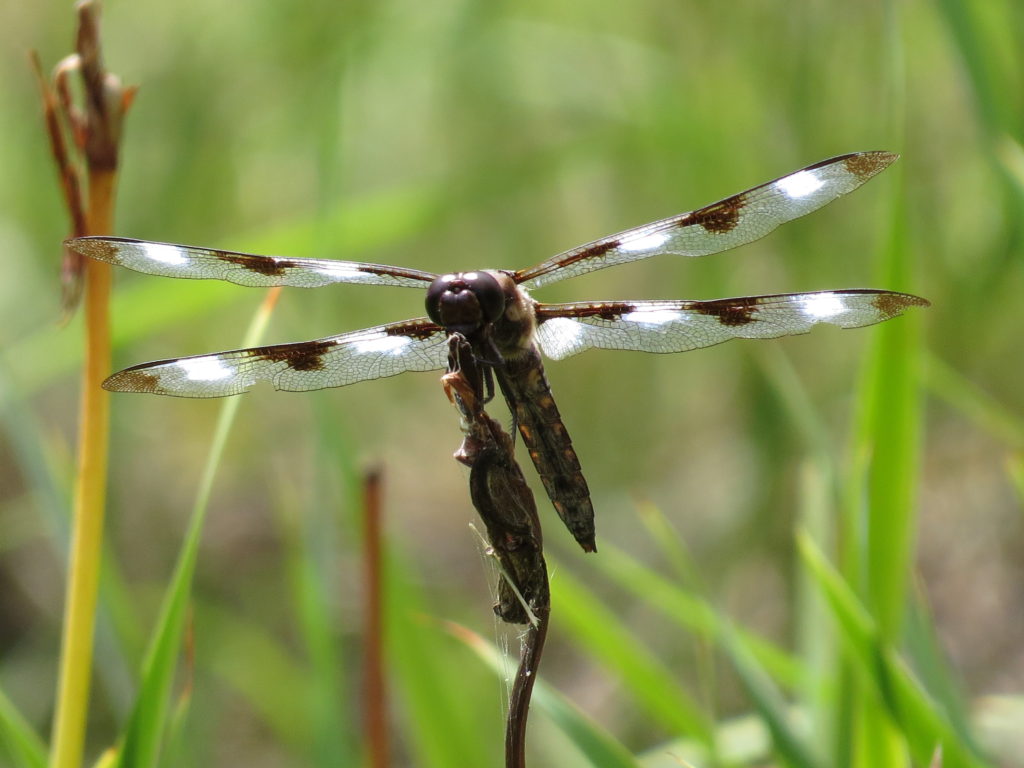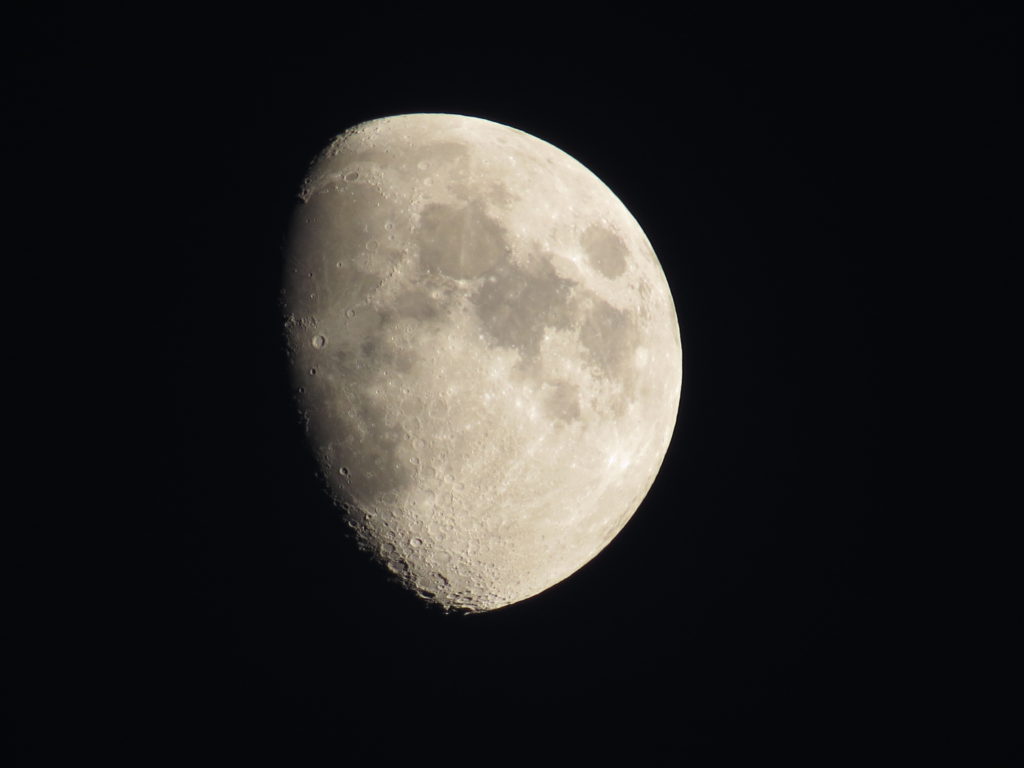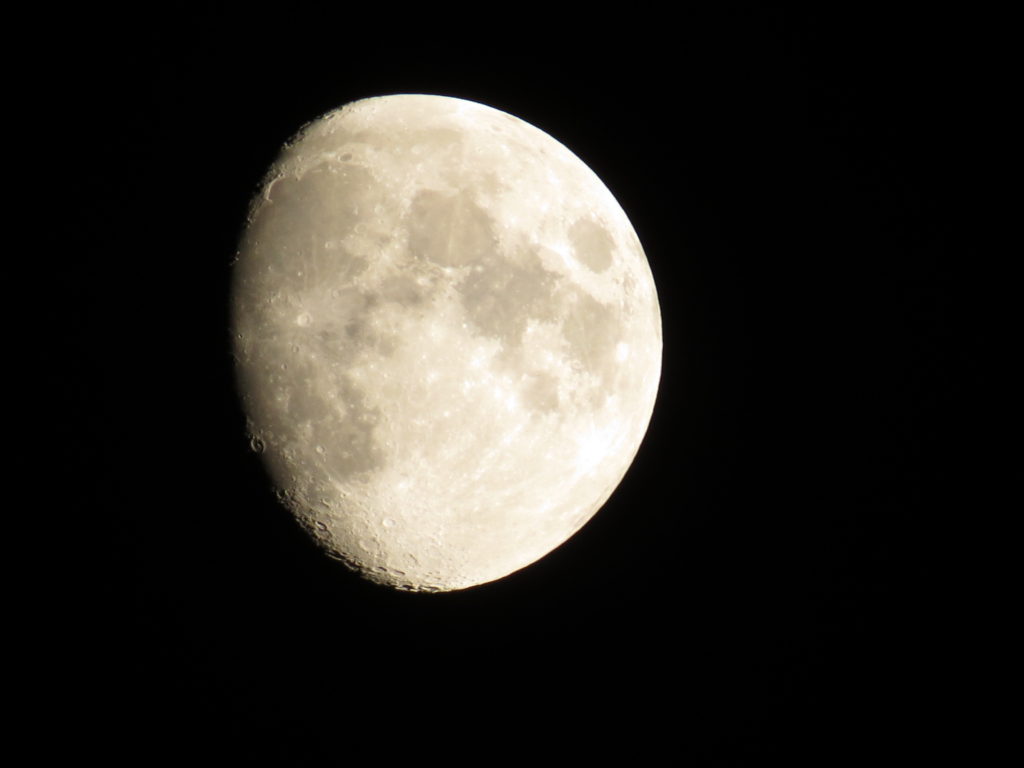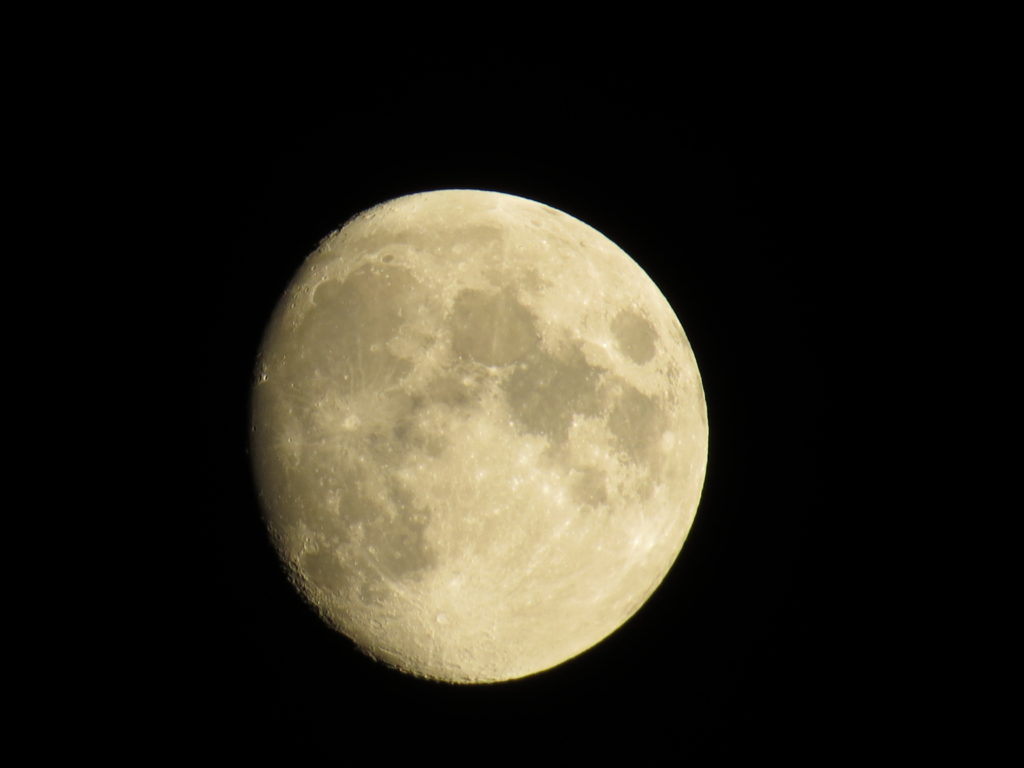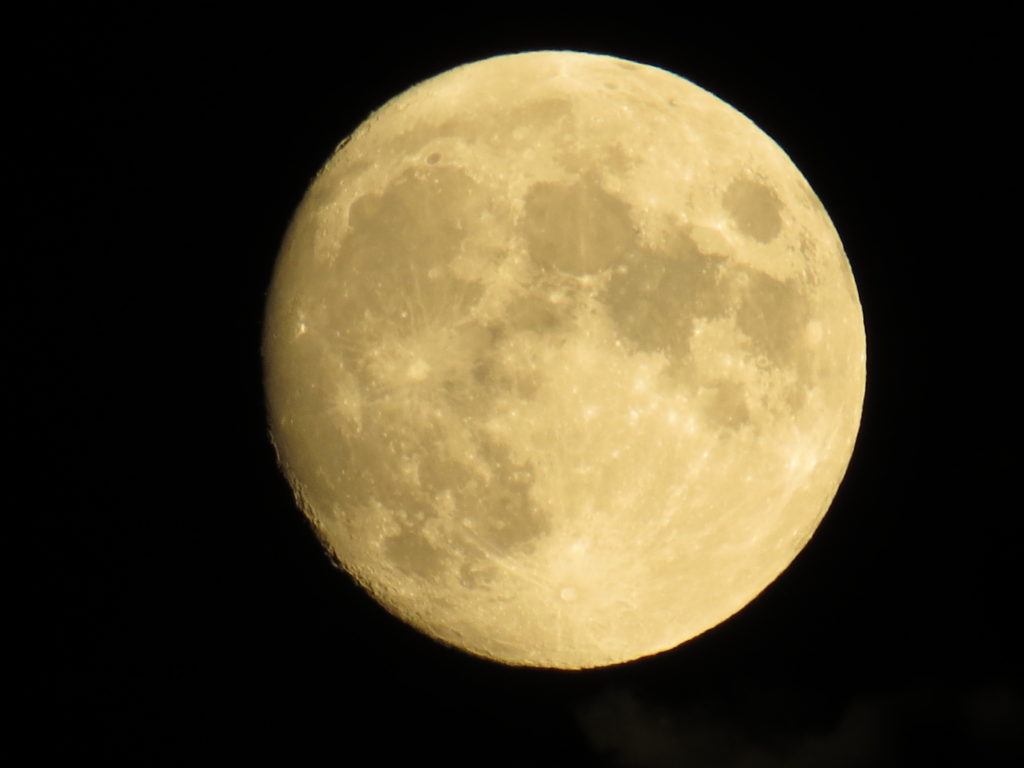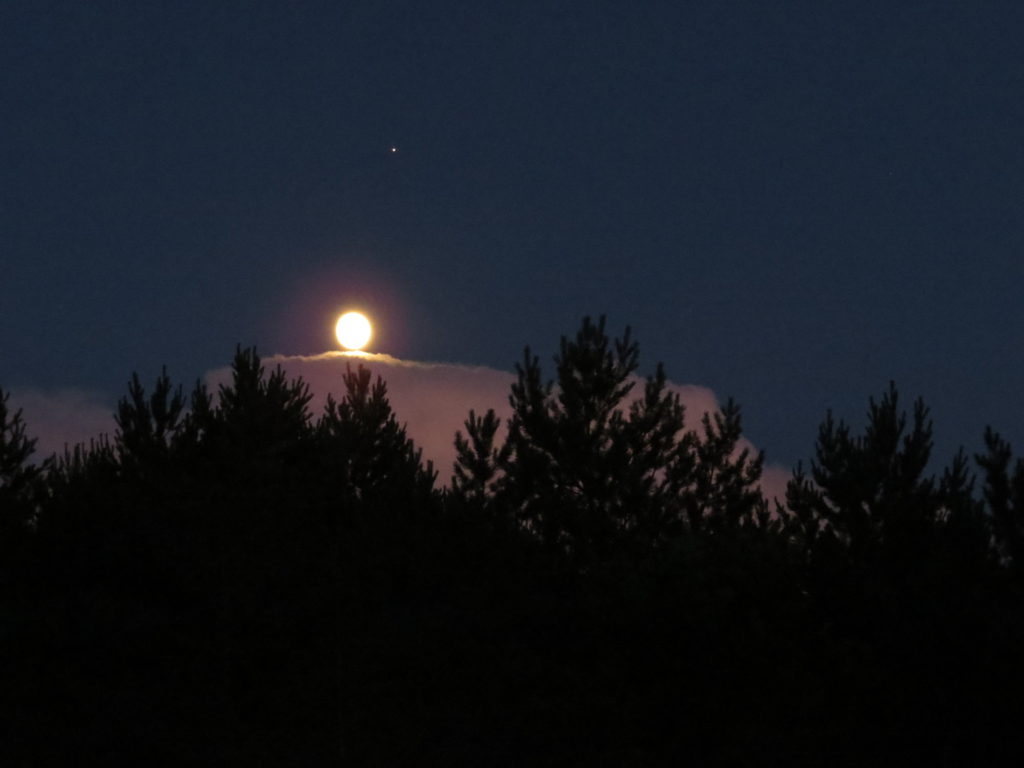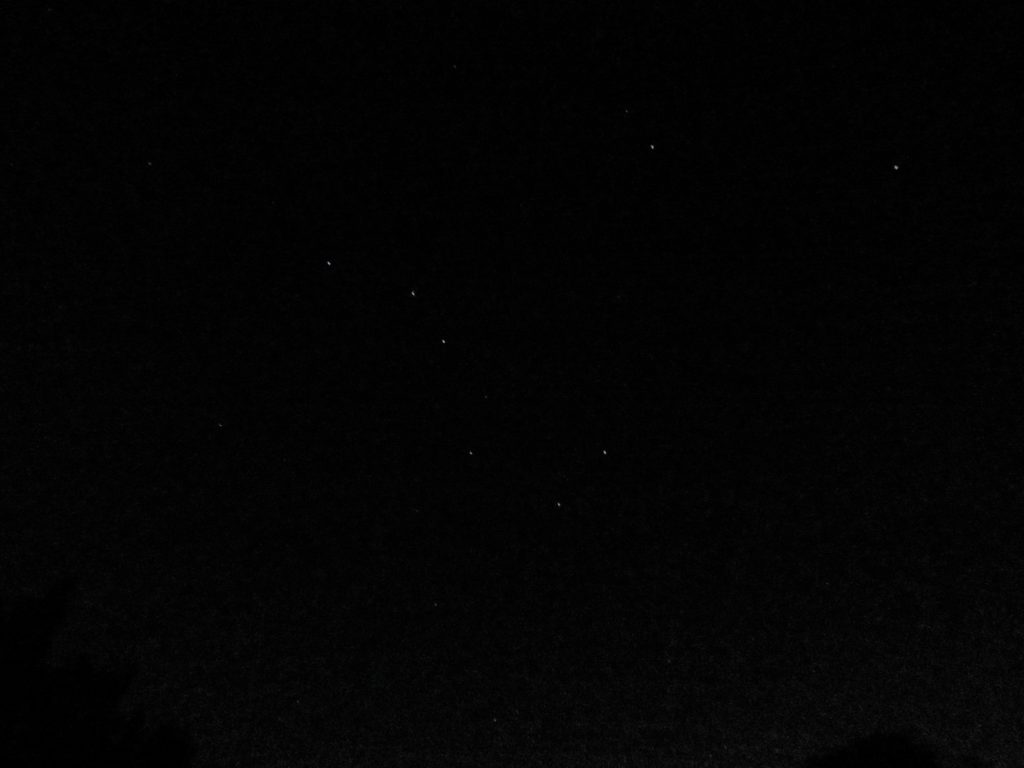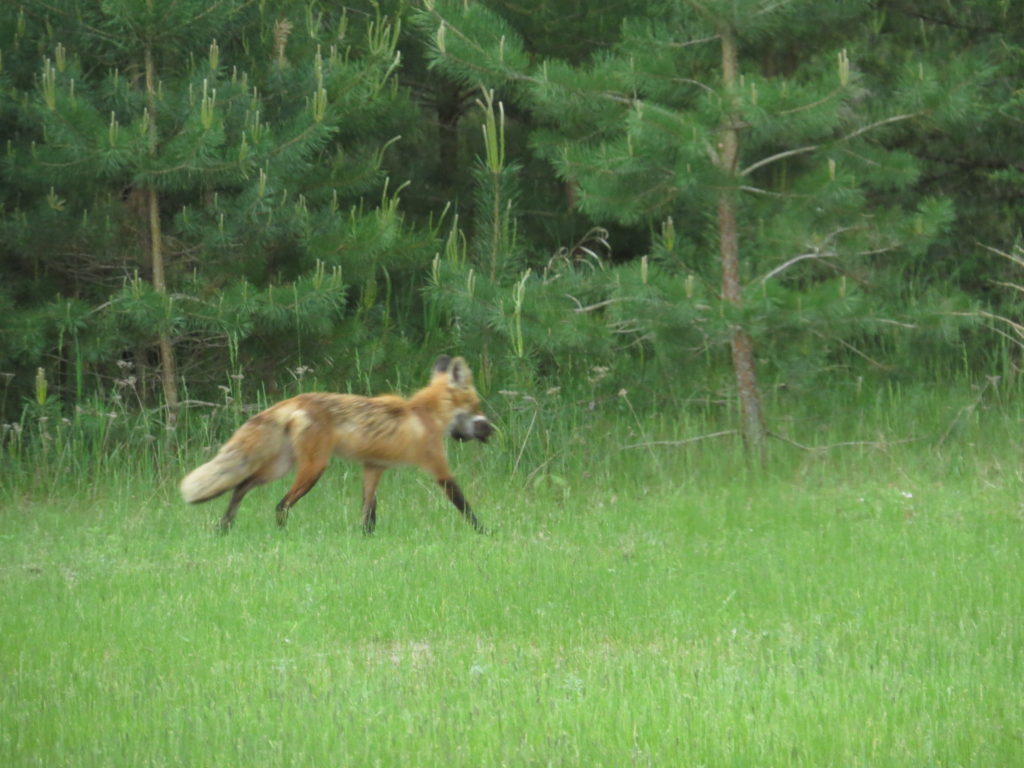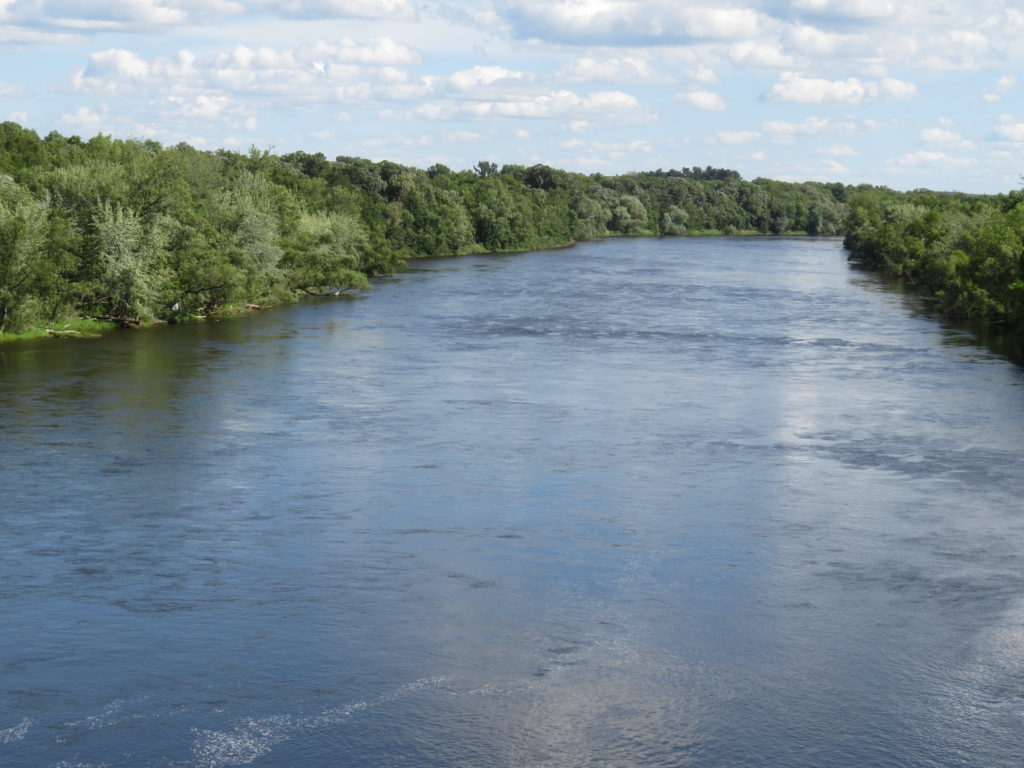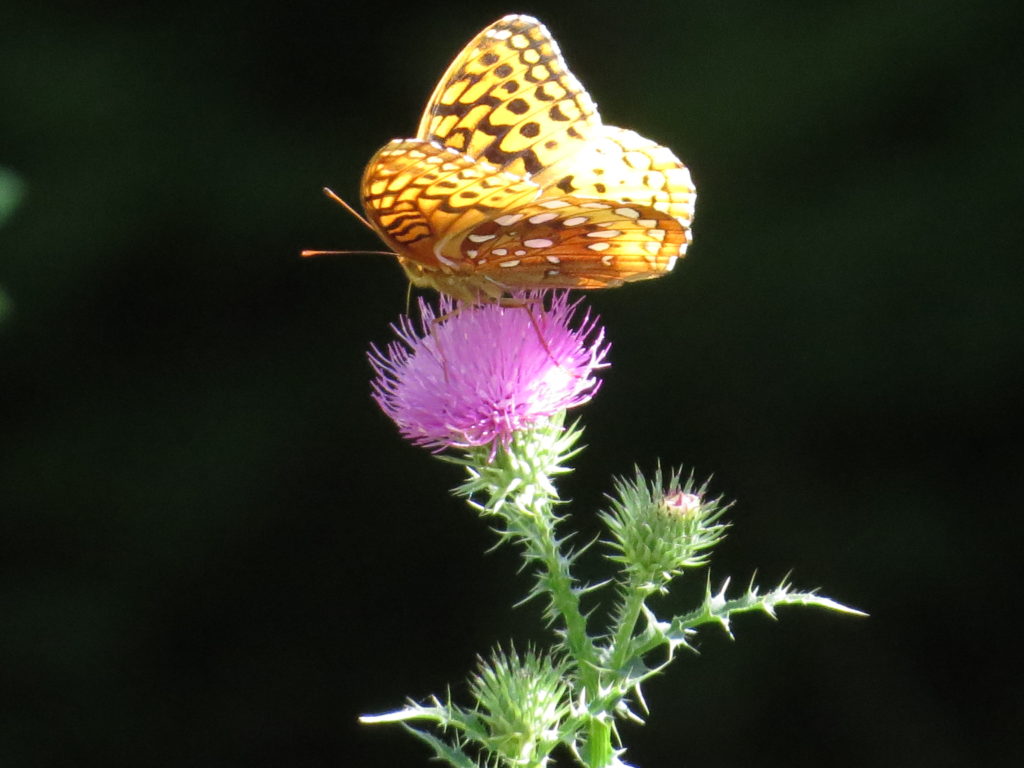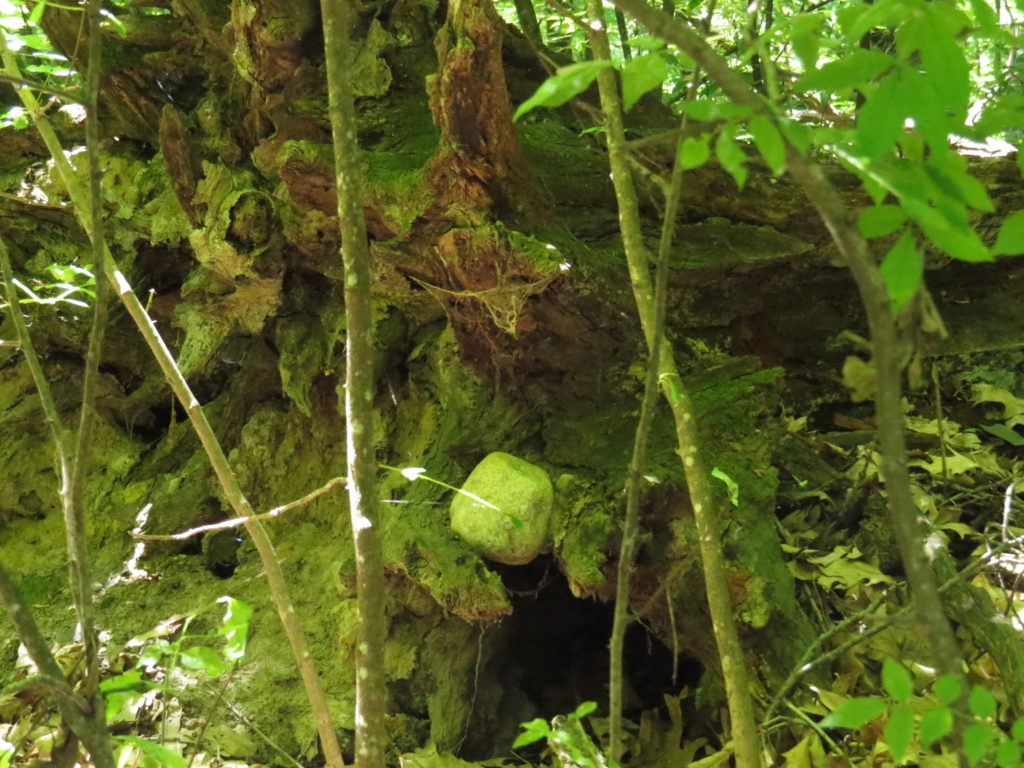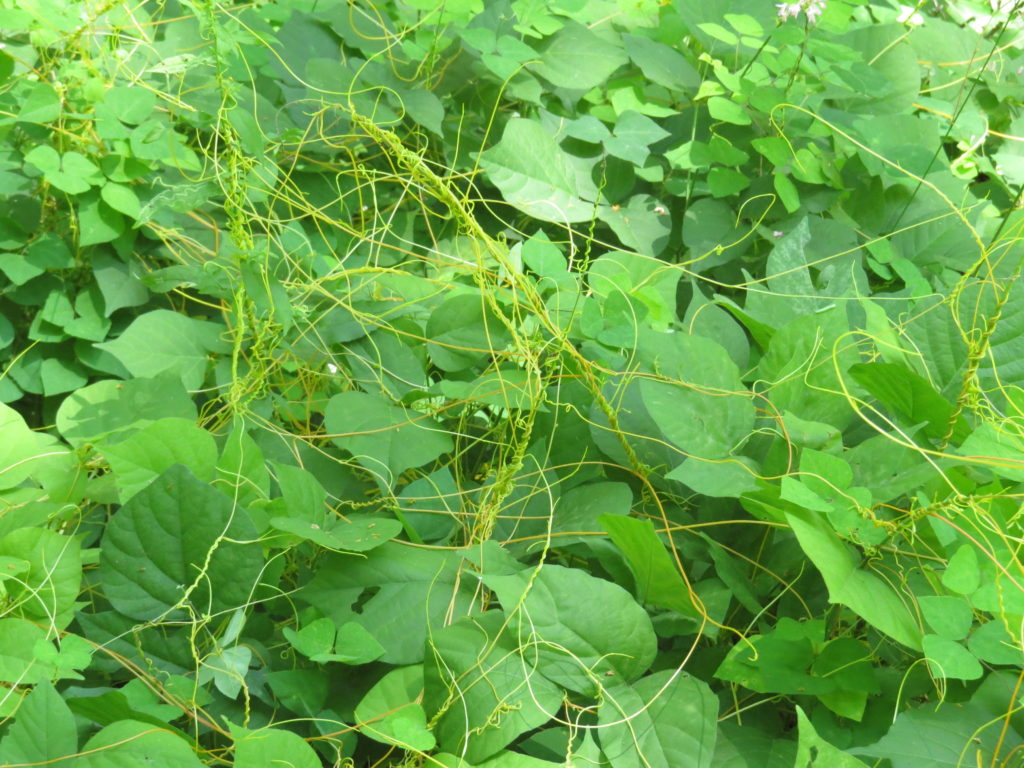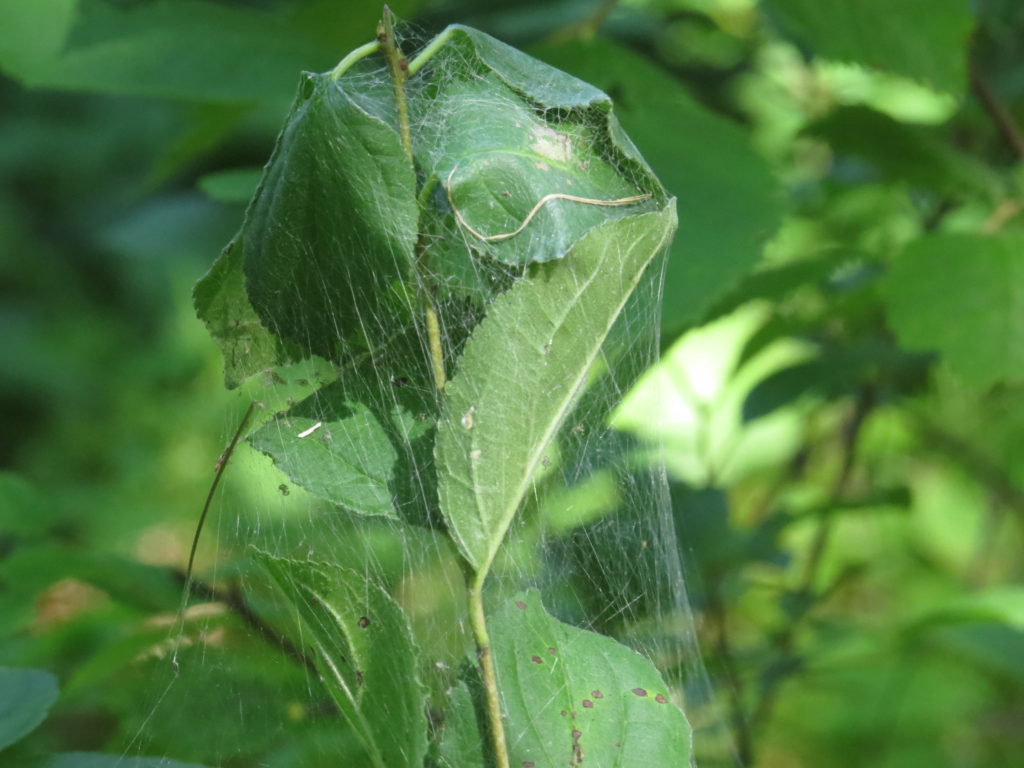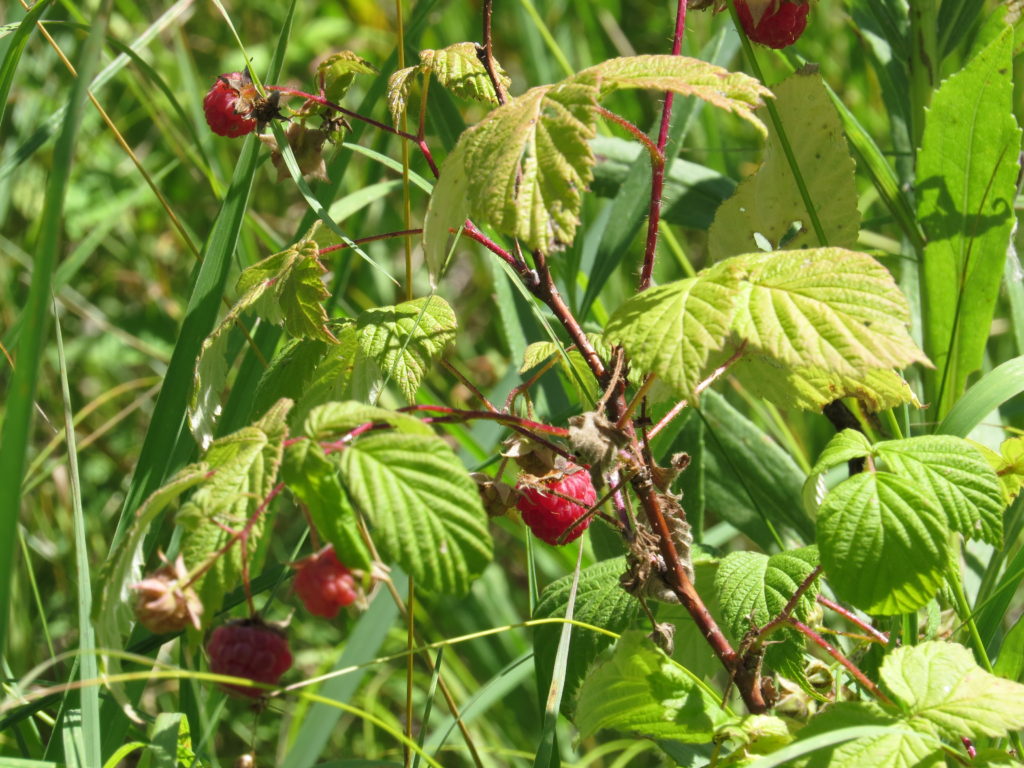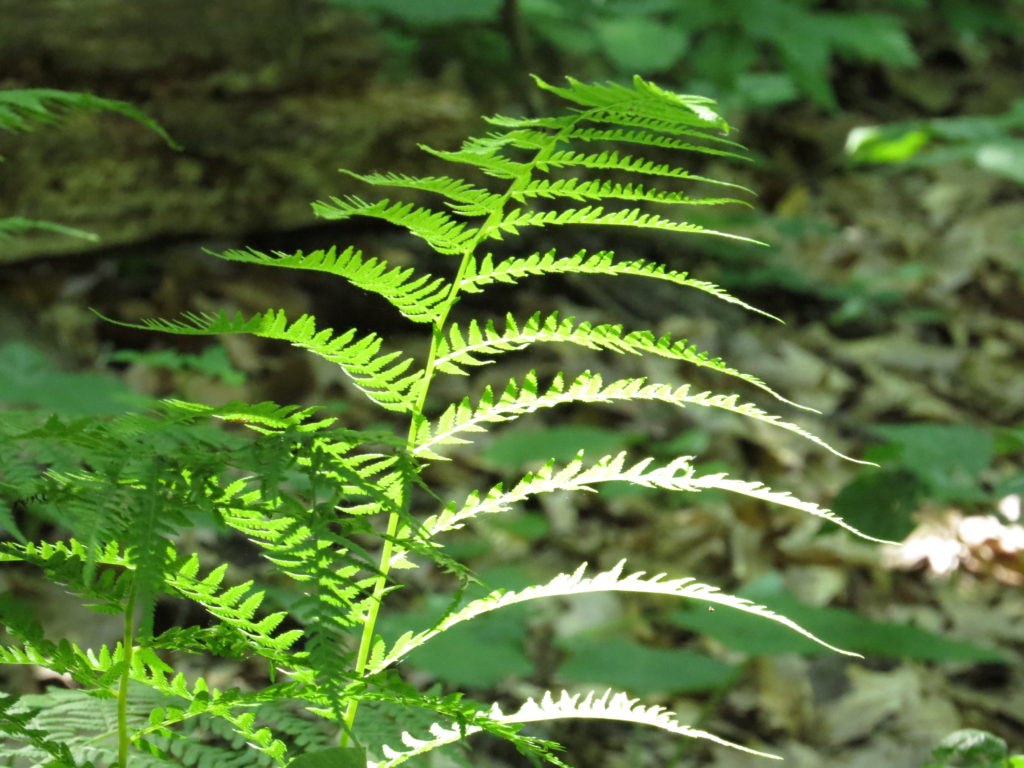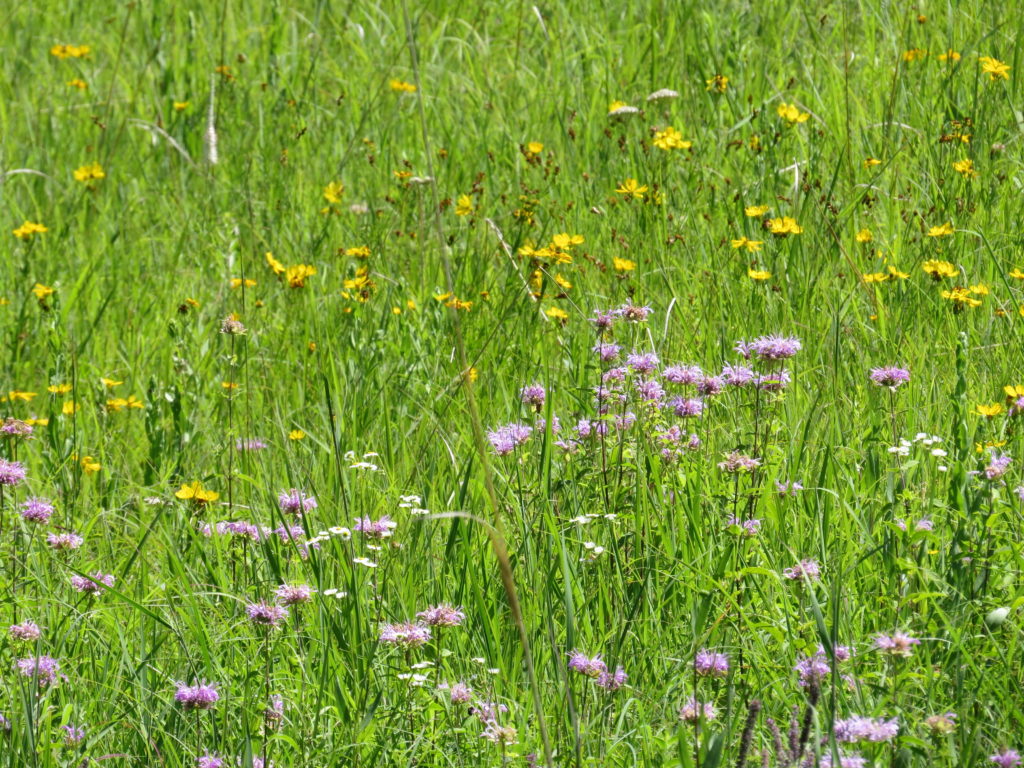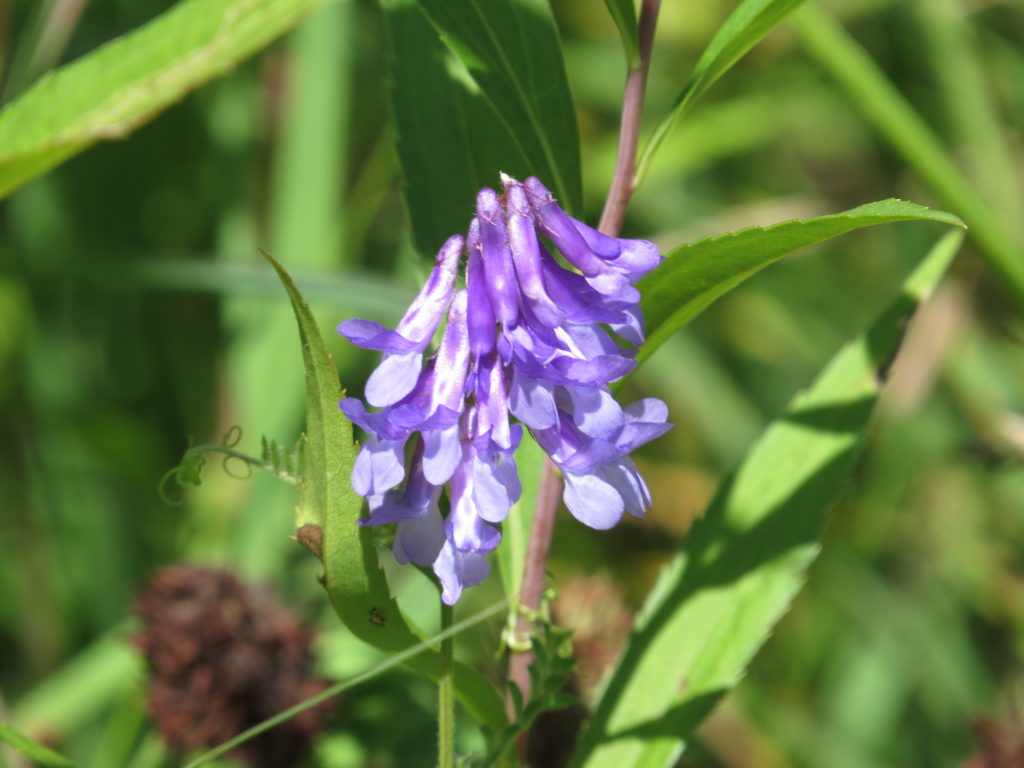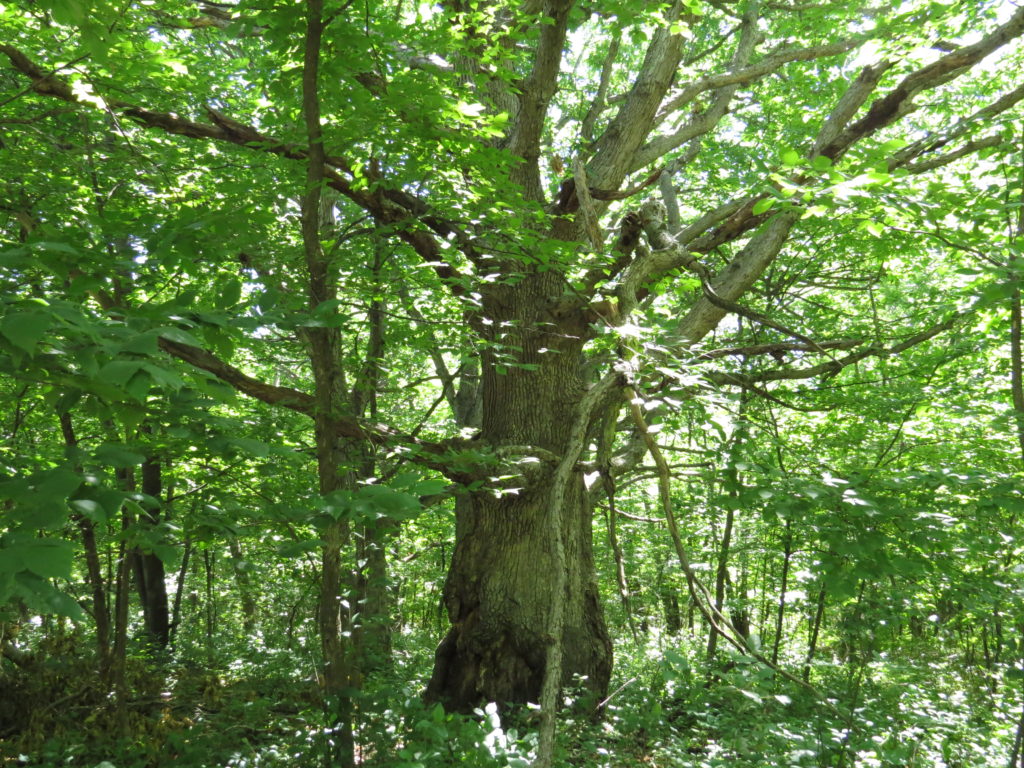It was like stepping back into time, stepping into a life of early and mid-century wealth and privilege. The Glendalough Lodge is modest by today’s standards, built in the early 1900’s by Ezra Valentine as a summer retreat for family and friends. In 1928, F.E. Murphy, owner of the Minneapolis Tribune, bought the place, expanded the acreage, developed a game farm, and used it as a family and corporate retreat. Glendalough was transferred to the Cowles Family in 1941 with the sale of the Tribune. Dwight Eisenhower and Richard Nixon were guests at Glendalough during the 50’s. On Earth Day, 1990, the property was donated to The Nature Conservancy, and in 1992, the Department of Natural Resources obtained the land for a state park.
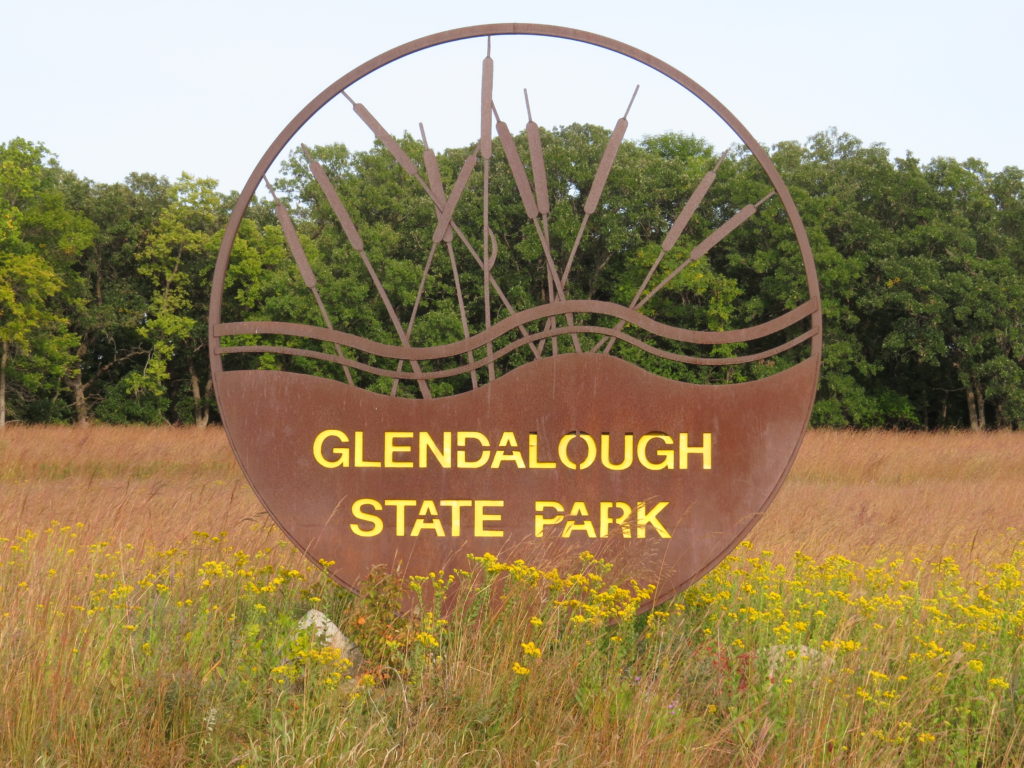
We stepped into the Autumn prairie with rich golden Indian grass and brick red Sumac.
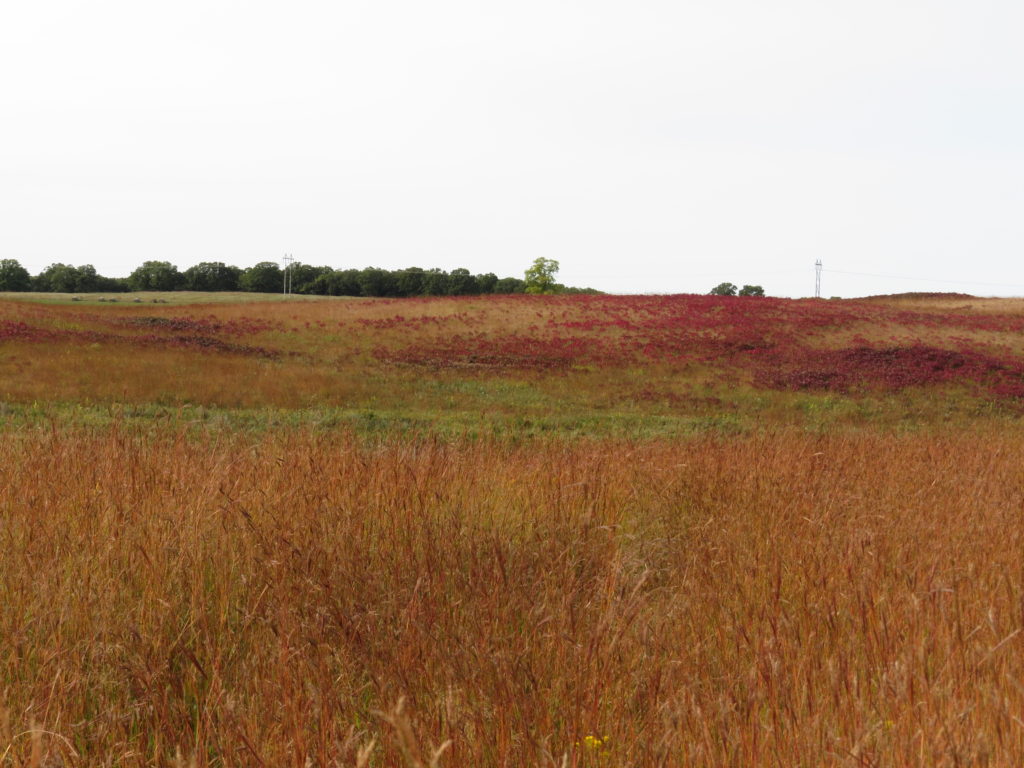
Three of the five of us donned running clothes for the virtual Red Friday Run for the World Champion Kansas City Chiefs in support for the Ronald McDonald House Charities of Kansas City. They ran through woods and prairie along the bike trail in the park.
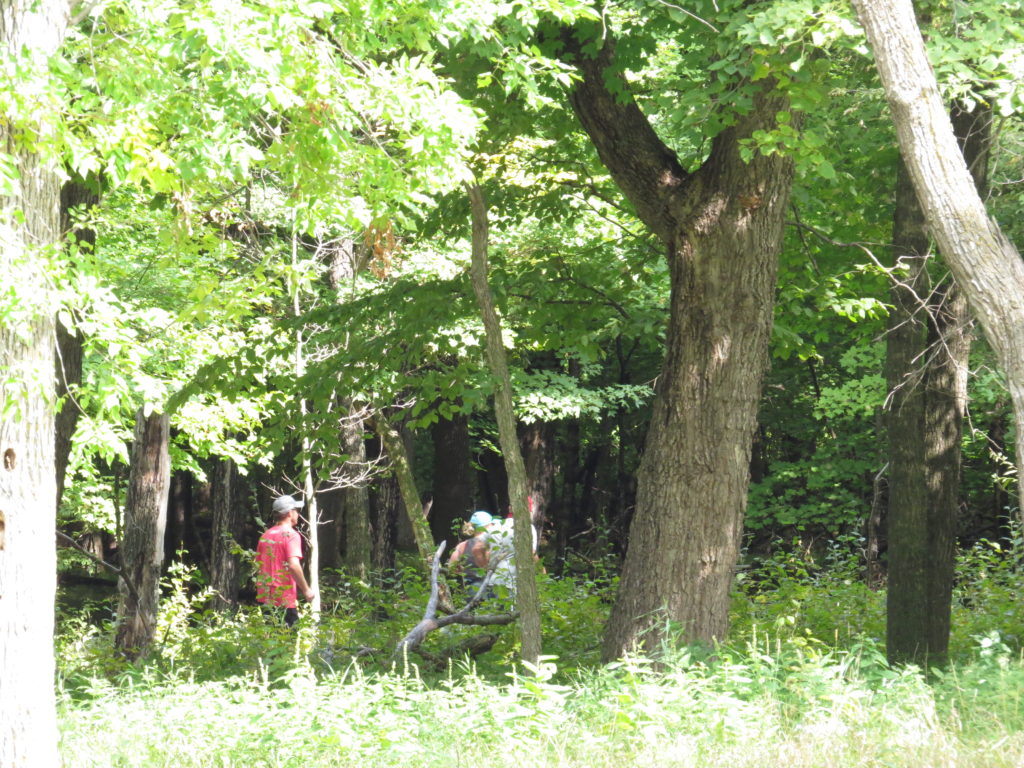
The other two of us hiked the Beaver Pond Interpretive Trail along Blanche Lake, a beautiful, crystal-clear lake lined with water-purifying bulrushes.
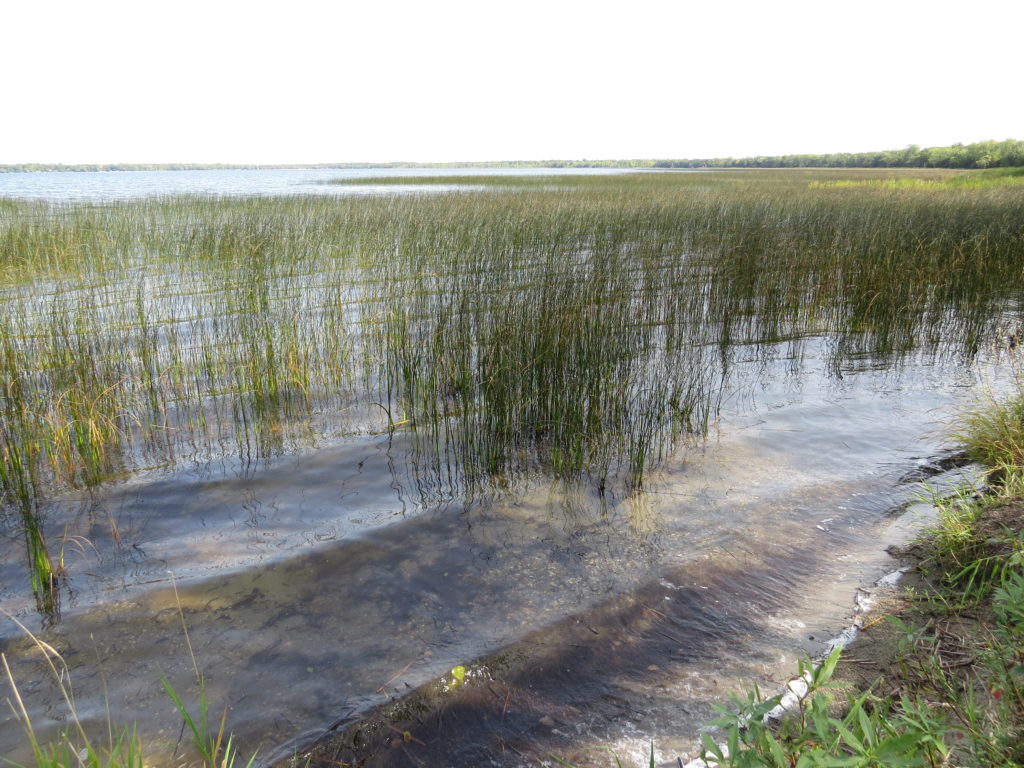
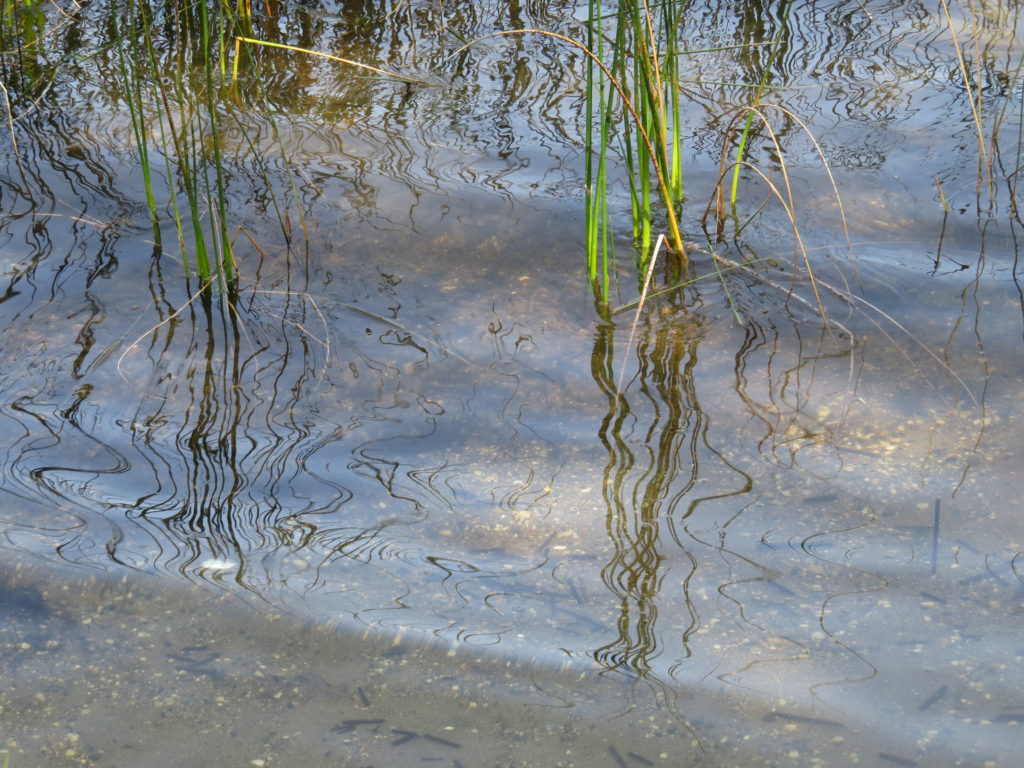
We stepped onto a hill of sand along the shore of the lake called an ice ridge. These form when ice on the lake expands and pushes sand up into an embankment. An older ridge south of the lake indicates that at one time, perhaps thousands of years ago, the lake was much larger and had a higher water level.
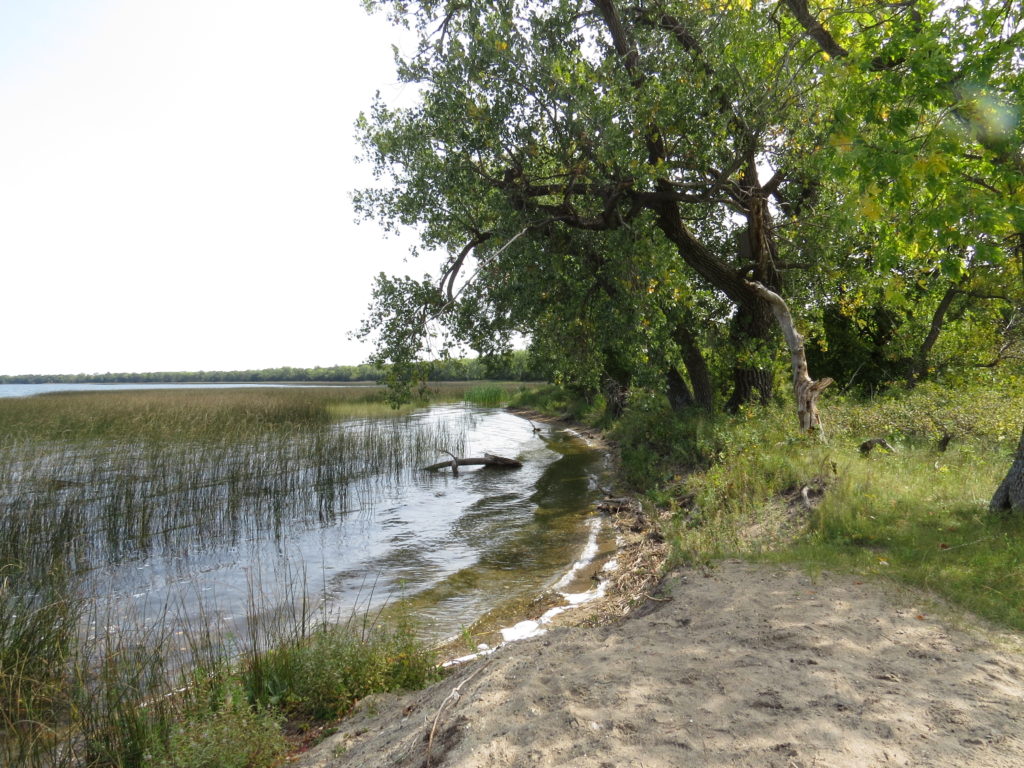
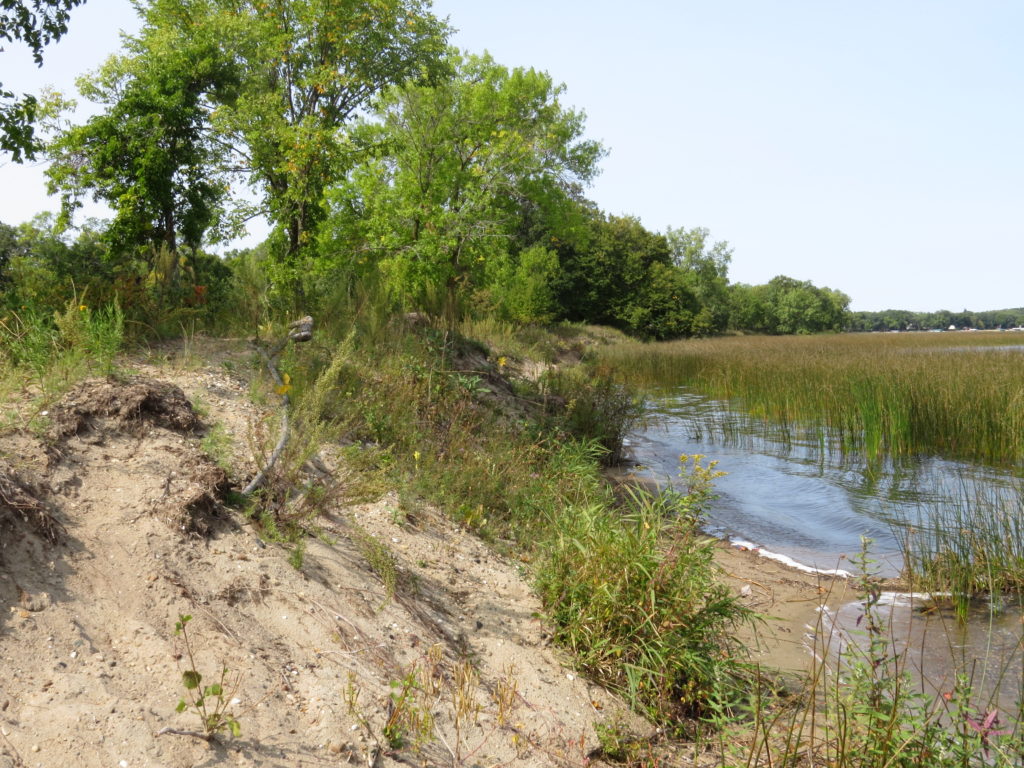
Orange Sulphur butterflies flitted from Aster to Aster in the prairie meadow surrounded by Birch trees, and we found a rare Blue Lobelia wildflower.
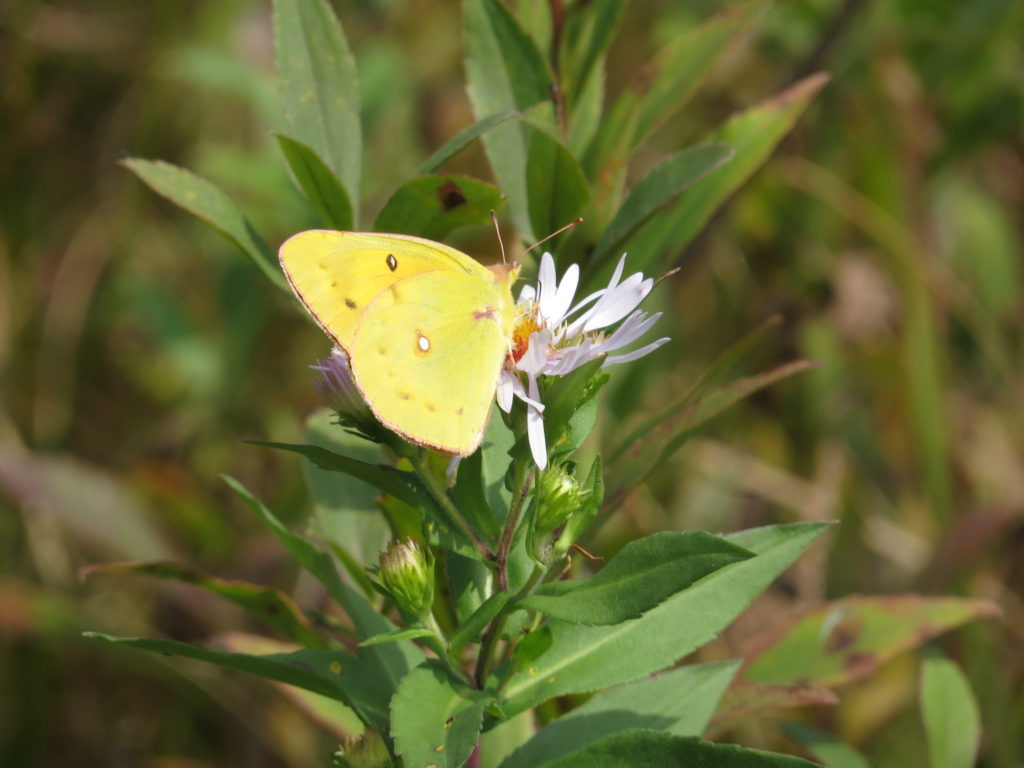
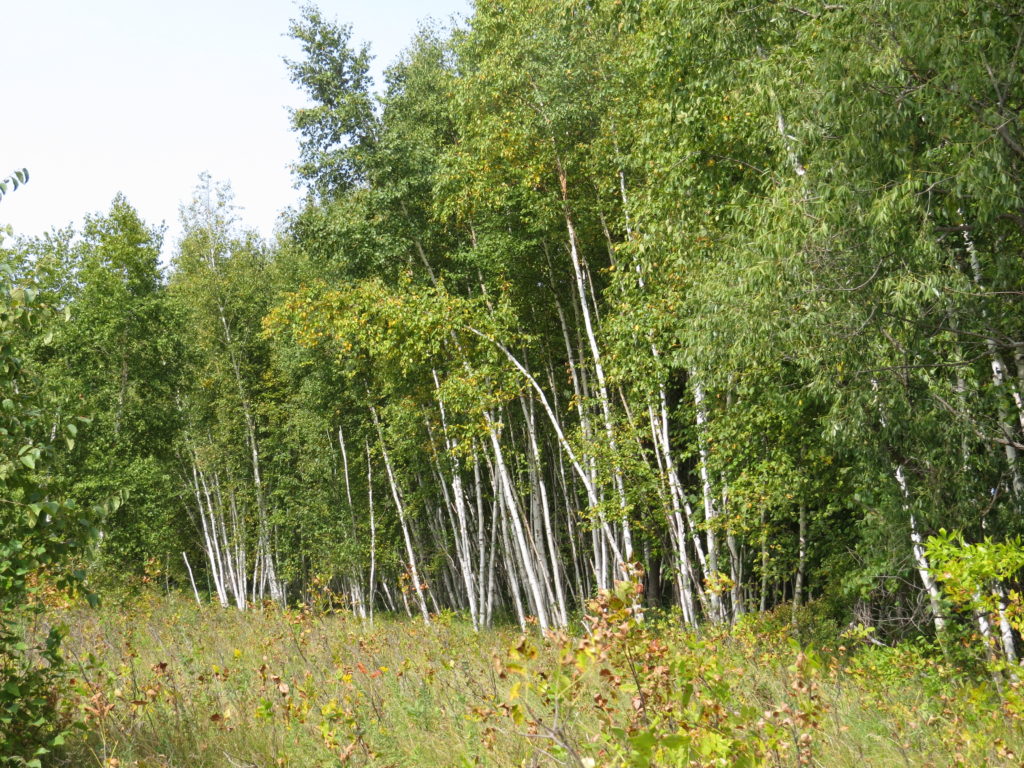
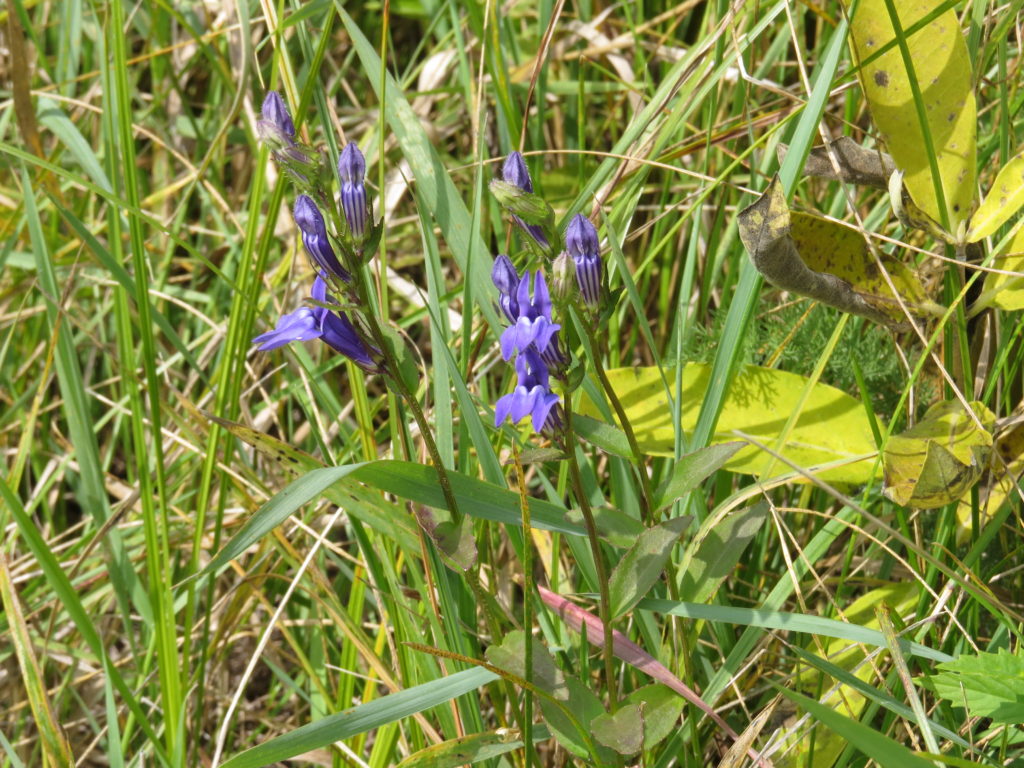
Large Oak Trees grew along parts of the trail. The fallen acorns were so abundant in areas that it felt like I was stepping on a mat of roly-poly marbles.
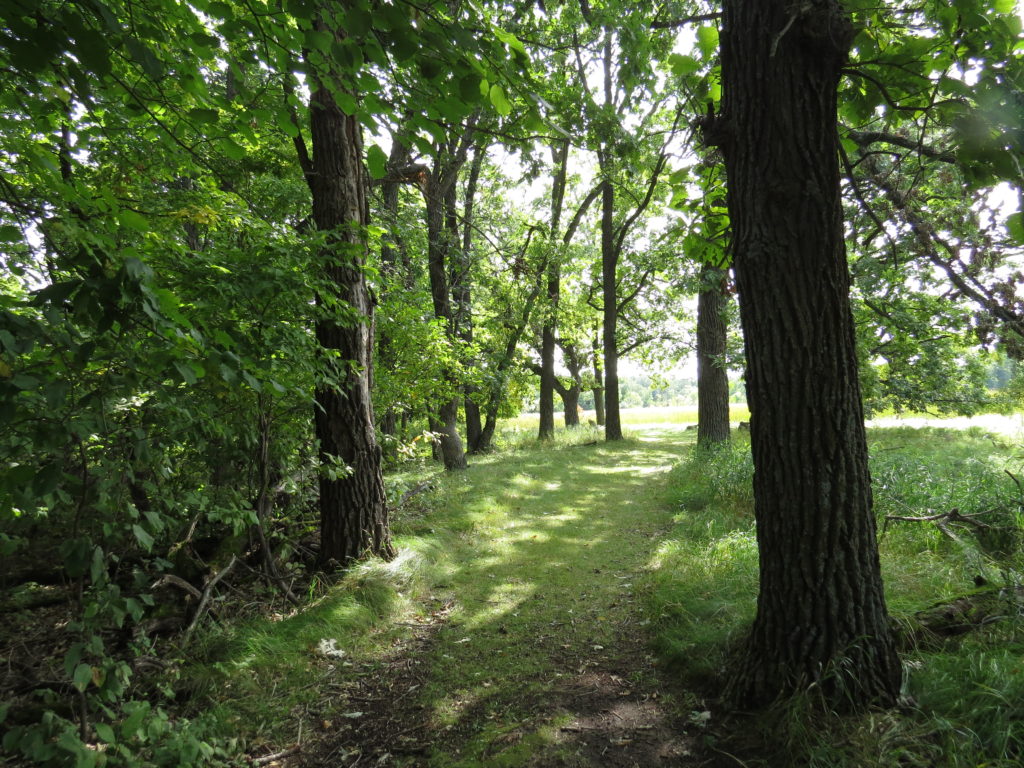
The beaver pond was full of cattails, but we did see open-water trails that beavers, muskrats, and otters had traveled through. We saw trees that had been gnawed on by sharp beaver teeth. The large Pine was a bit too big for dam-building success.
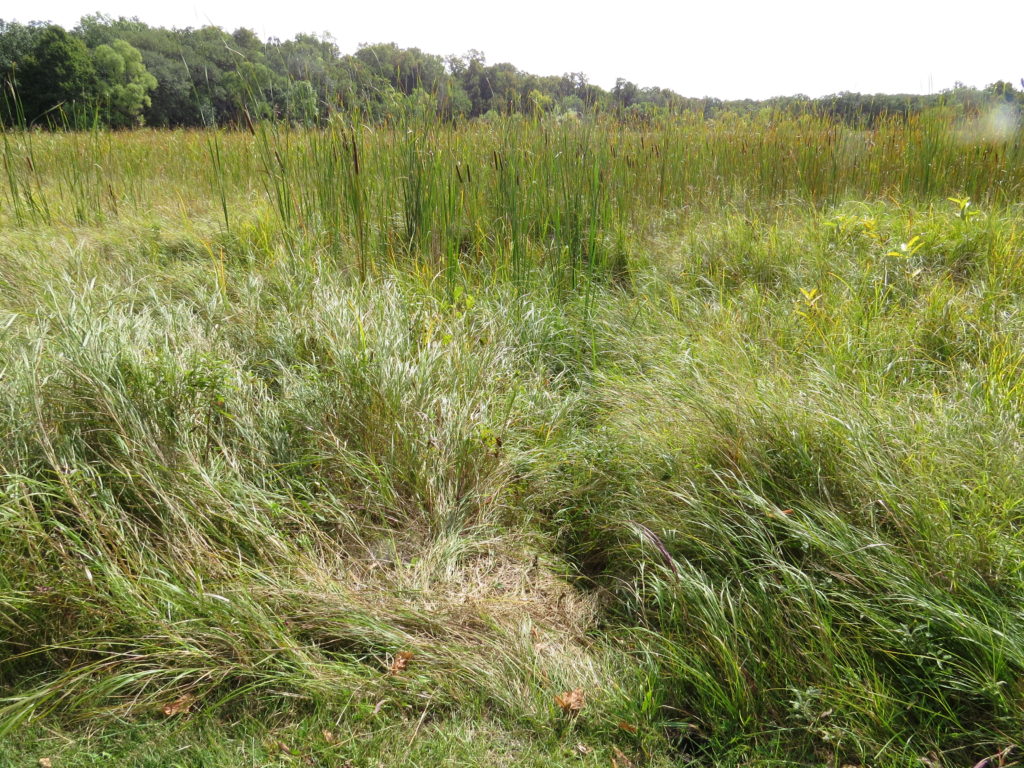
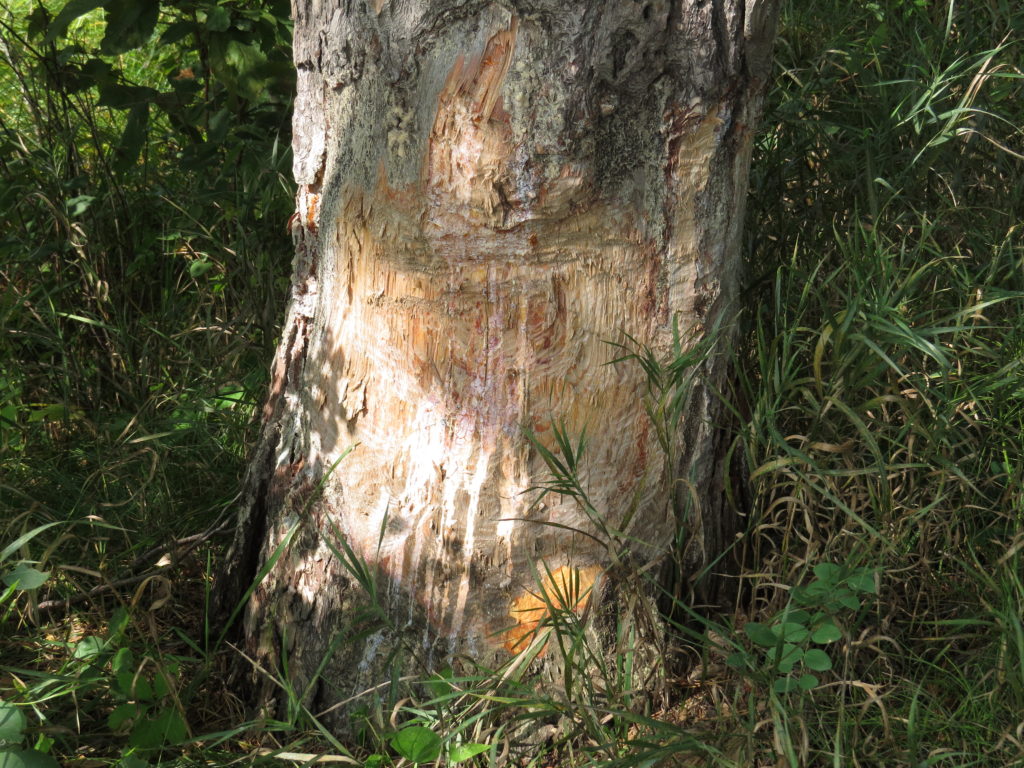
There were signs along the trail that told us of the glory of the park’s previous life—where a tea house was located beside Blanche Lake, where a horse race track once stood, and here at this open space where a golf course used to be. A dog cemetery honored the beloved hunting dogs that had lived and died at Glendalough.
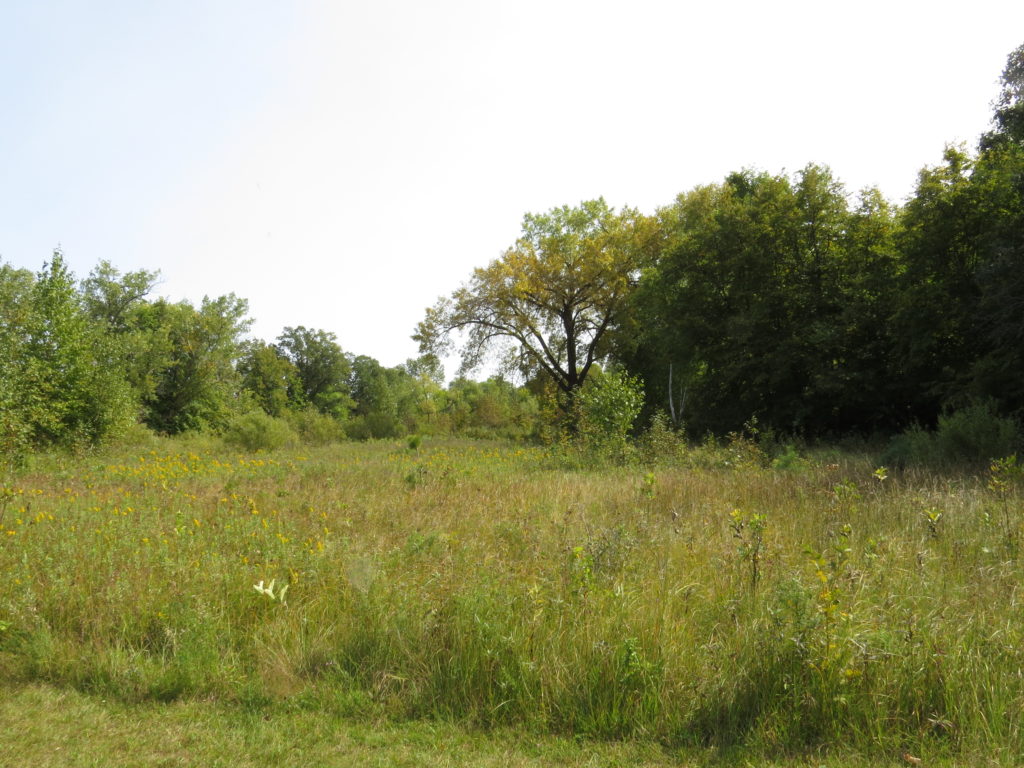
When the runners returned, we had a picnic on the shore of Annie Battle Lake, a fully natural, non-developed ‘Heritage Fishery’ lake restricted to non-motorized watercraft. It was just amazing how clear the water was in all the lakes and creeks we saw! We stepped into the sand and into the clear, cool water.
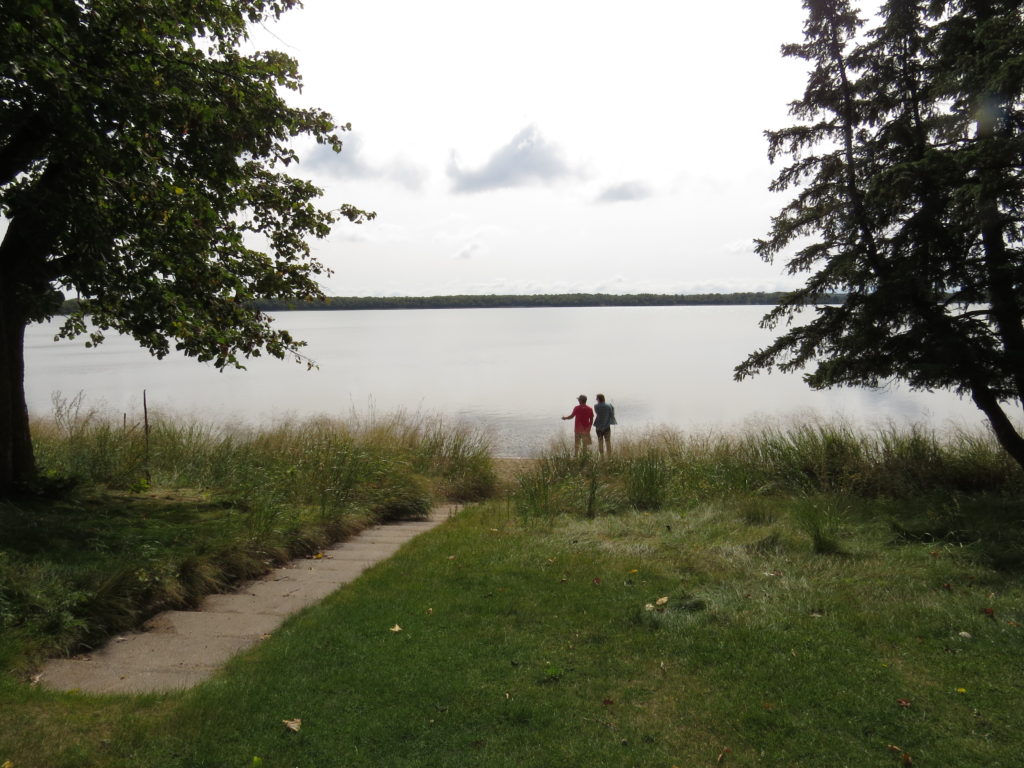

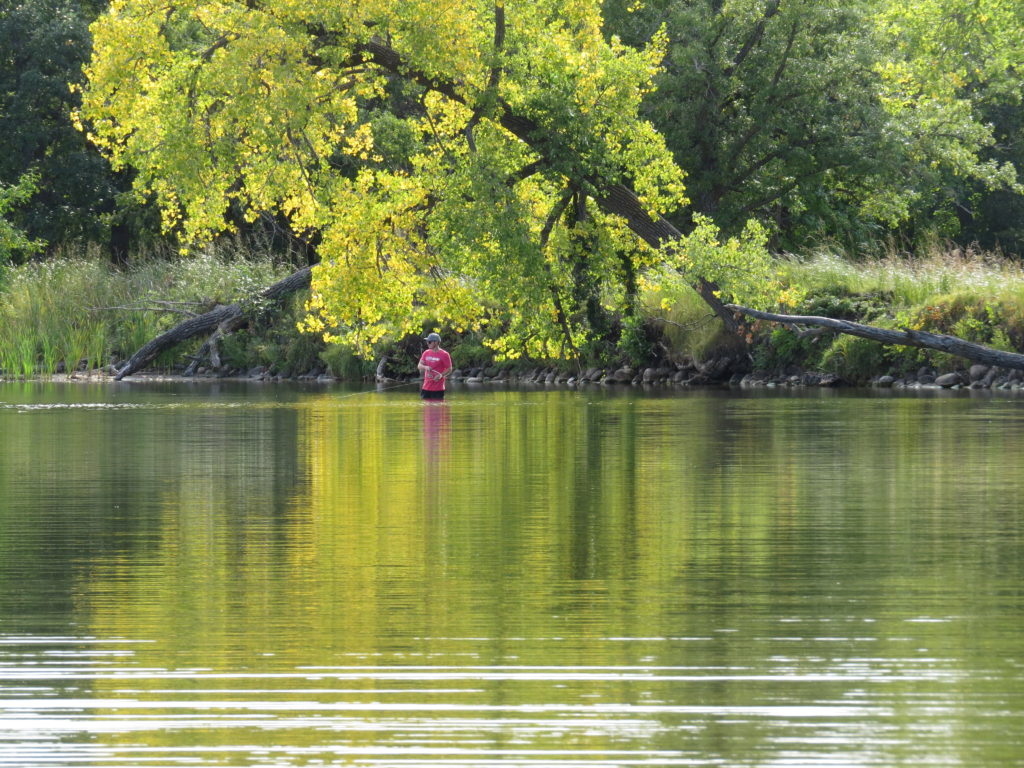
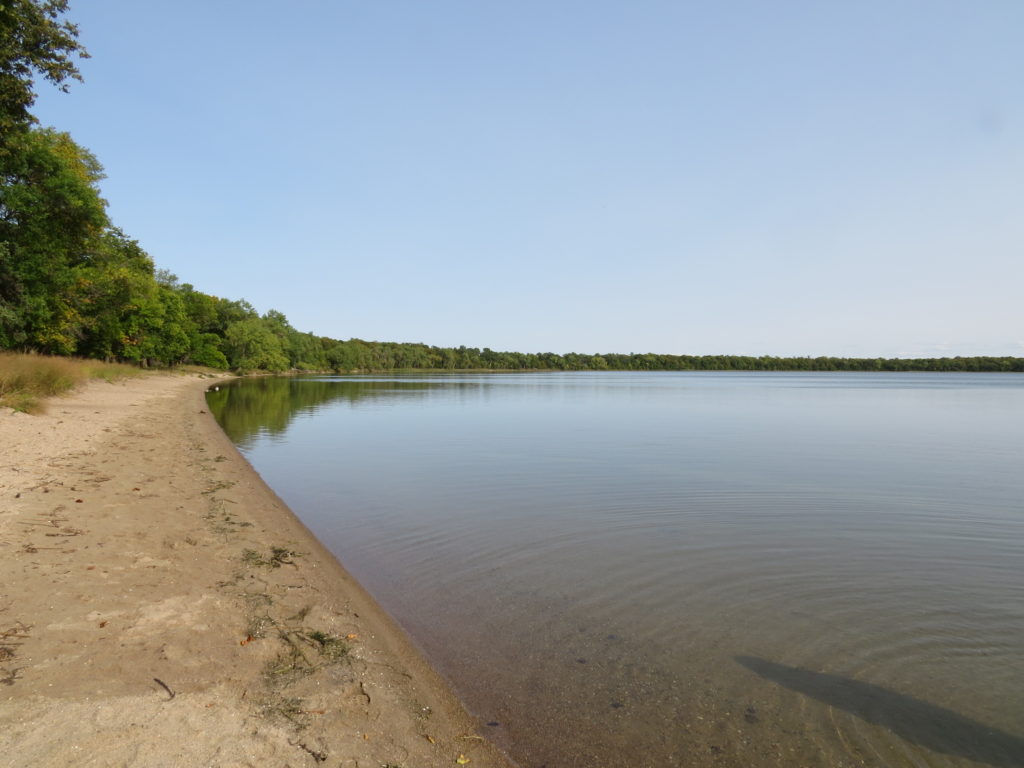
Glendalough, meaning ‘the glen between two lakes’ was named by F.E. Murphy and his wife, both of Irish descent. They created a beautiful, enchanting place that the public is privileged to access. Stepping back into the history highlighted their love of conservation, recreation, work, and friendship. When we step back into our own histories, what do we find? Where do our words come from? Where did our ancestors live, and how do their spirits live on through us? How do we step up for charity? It is endemic in the Christian religion to love God and love our neighbors with unselfish love, even when they don’t look like us. What happens when we step on something that trips us up or makes us lose our footing? It messes with our heads and our bodies. It is our responsibility to deal with the mess and the fallout of our own lives. What happens when we step on shifting sand, when we pledge our lives to false prophets? We misstep into deception, lies, division, ravenous wolves in sheep’s clothing who promise the greatest things while stealing us blind. We need to step into faith, hope, love, and action. We need to step into the clear water.
